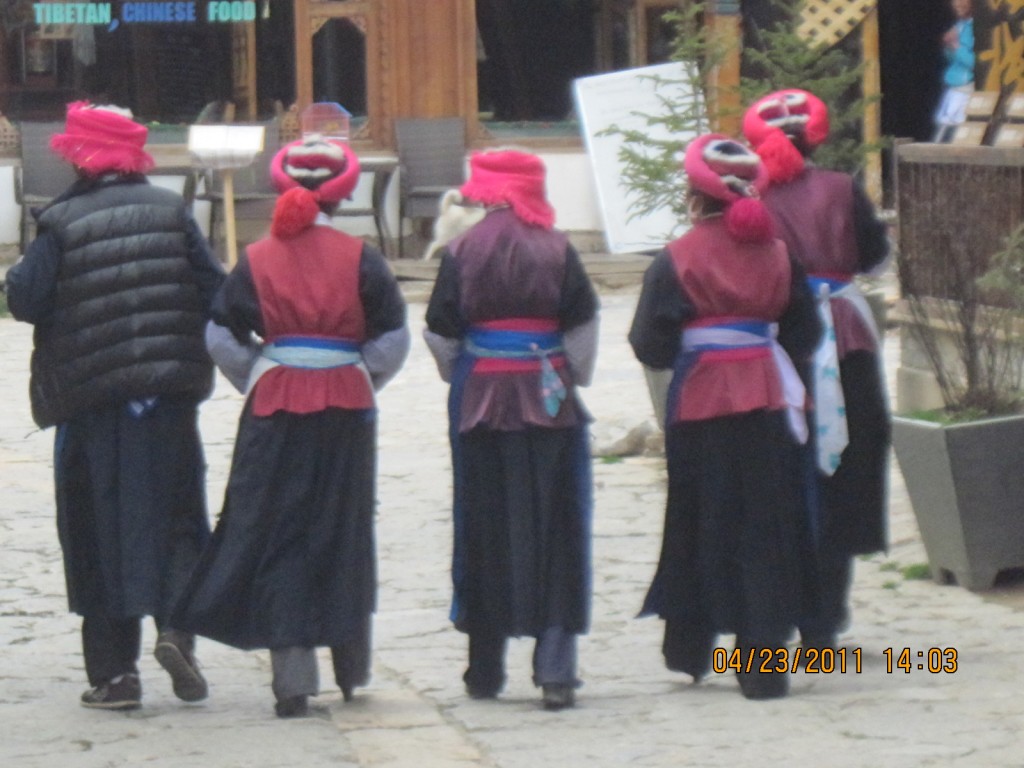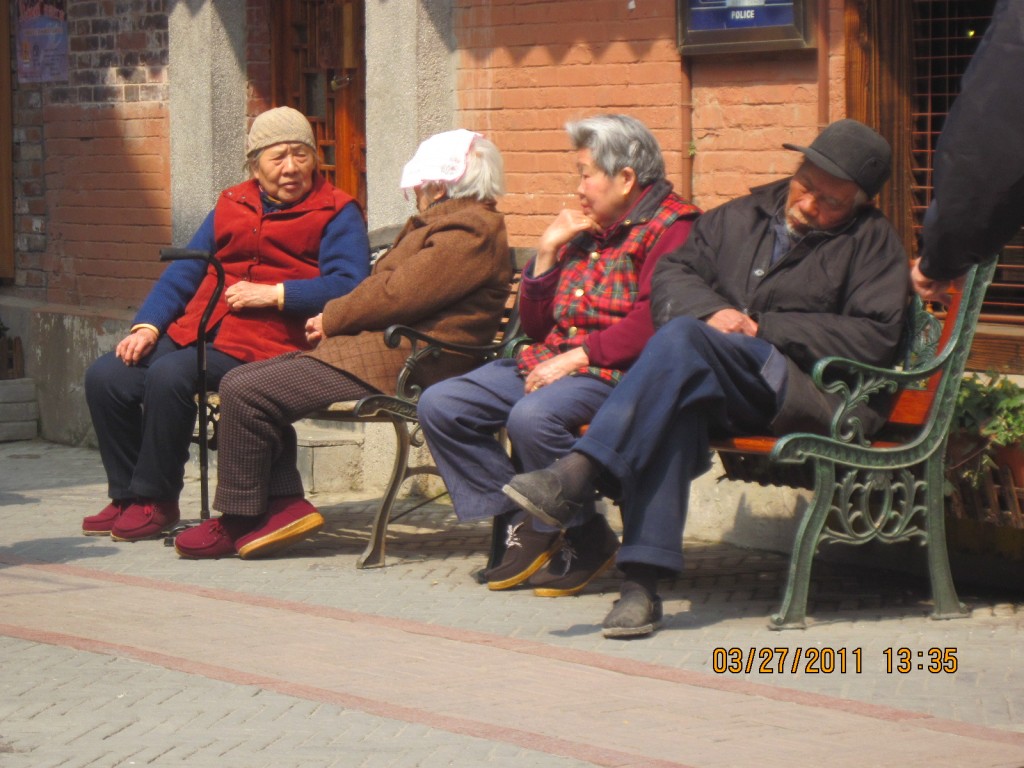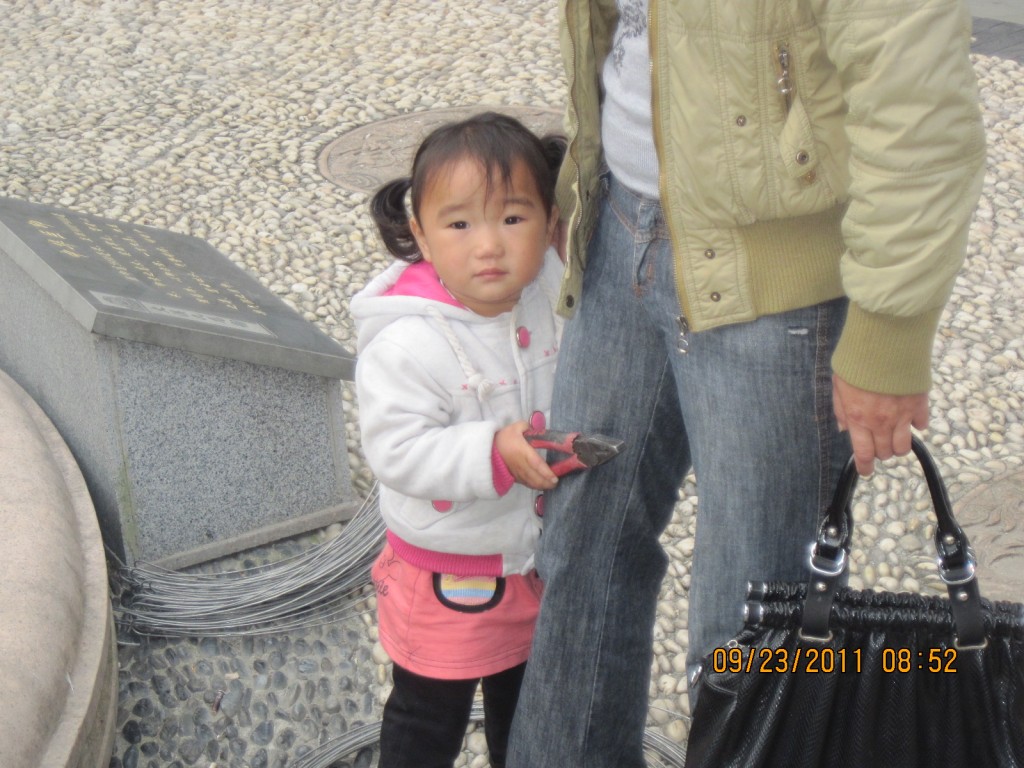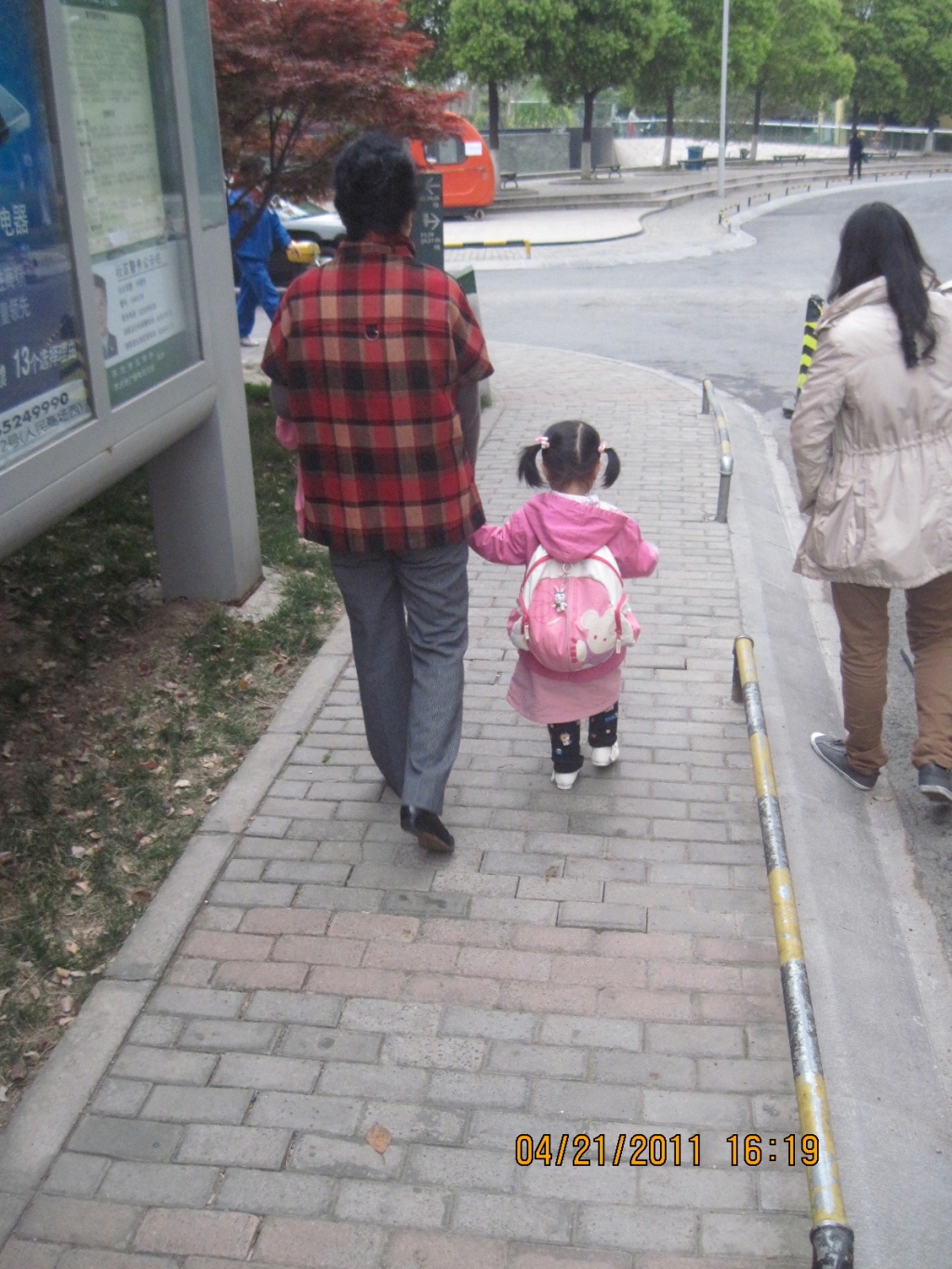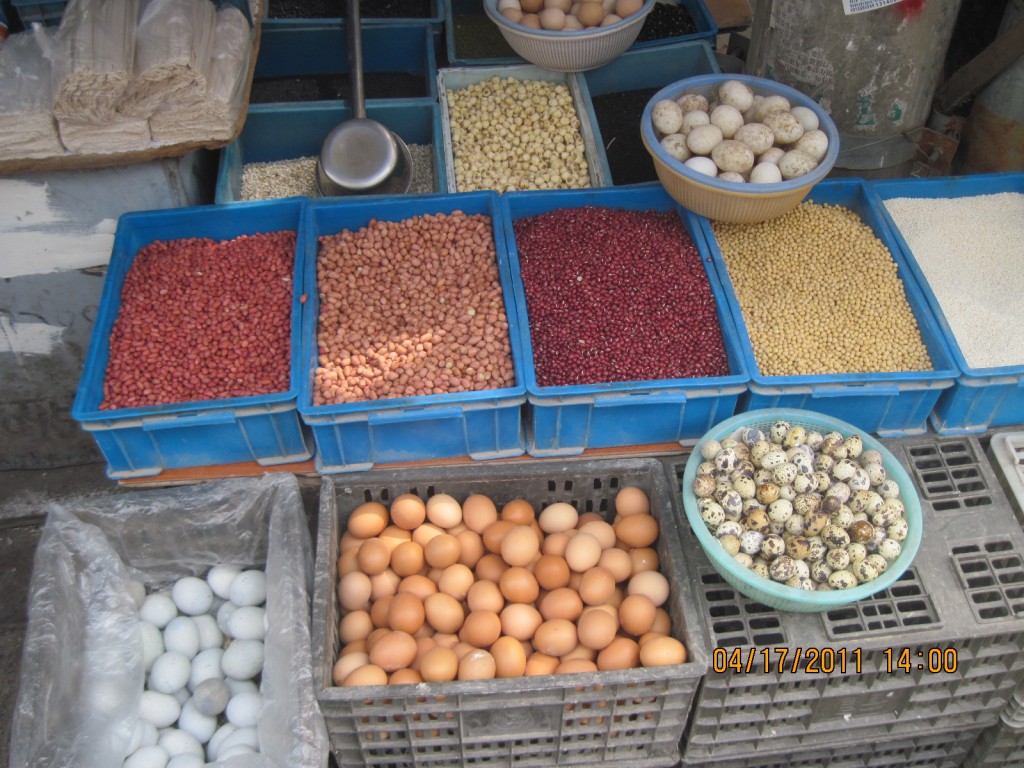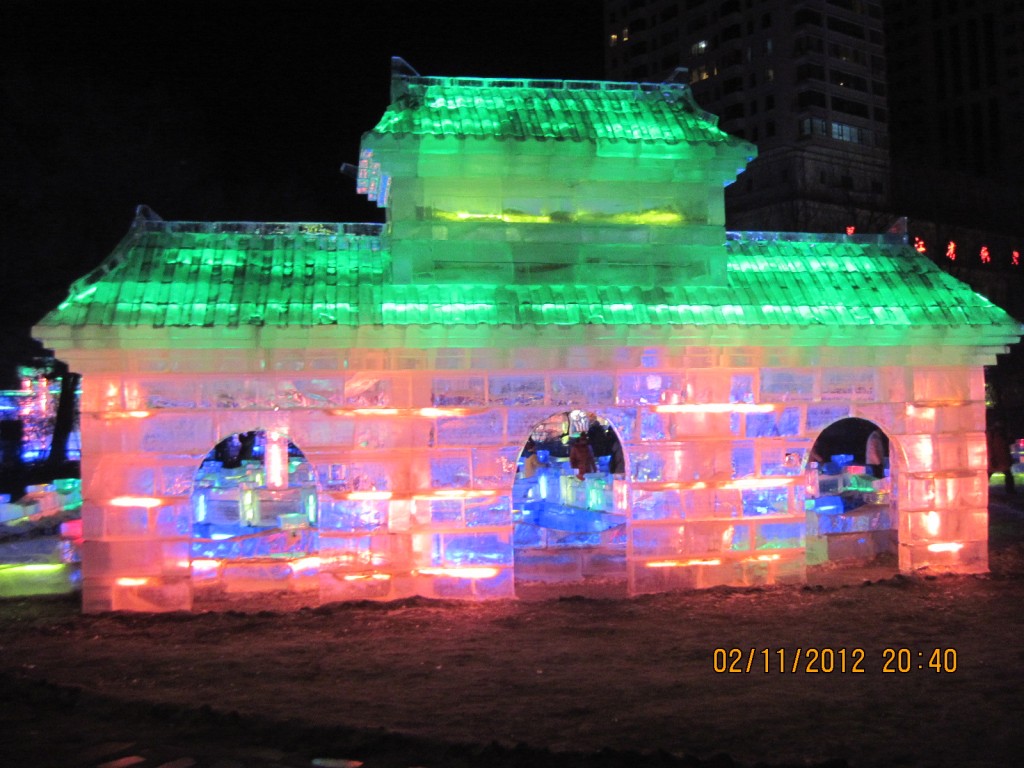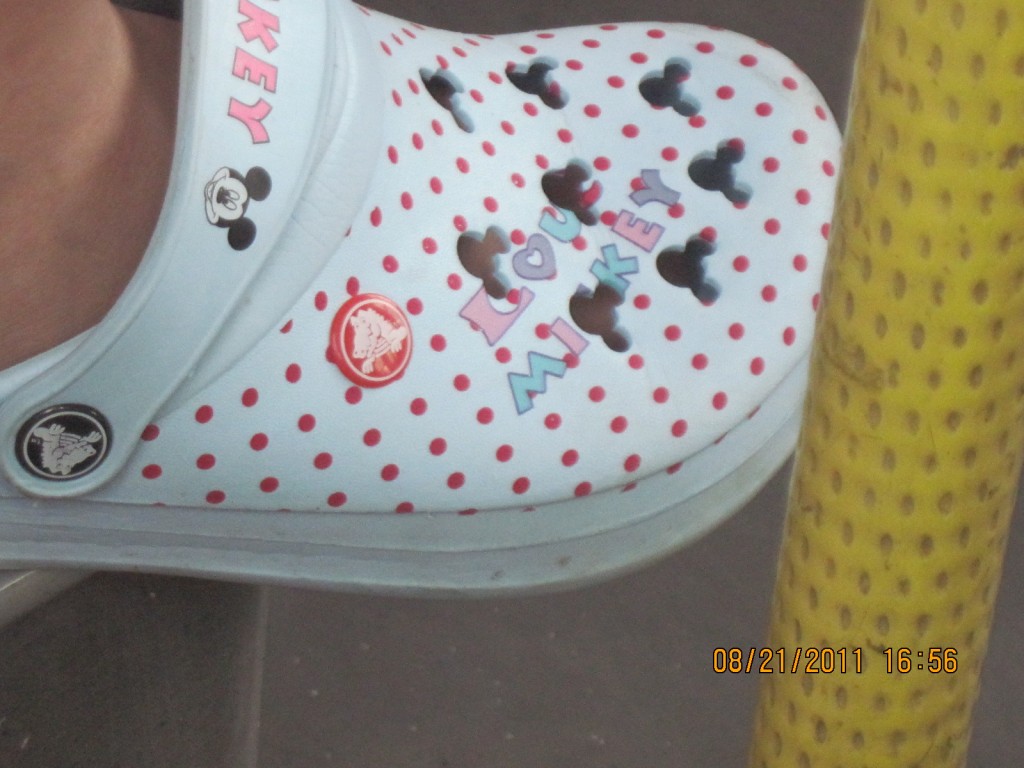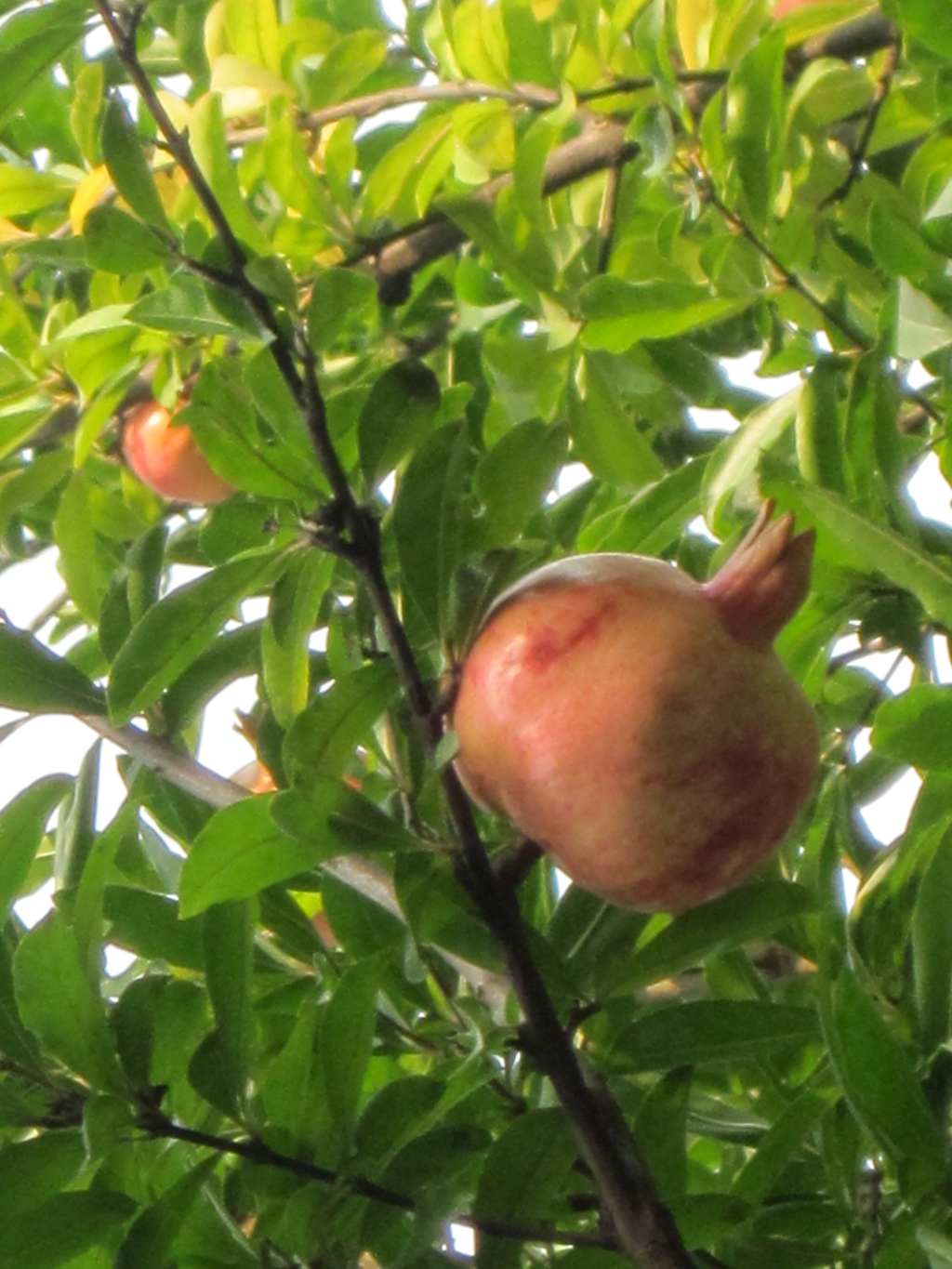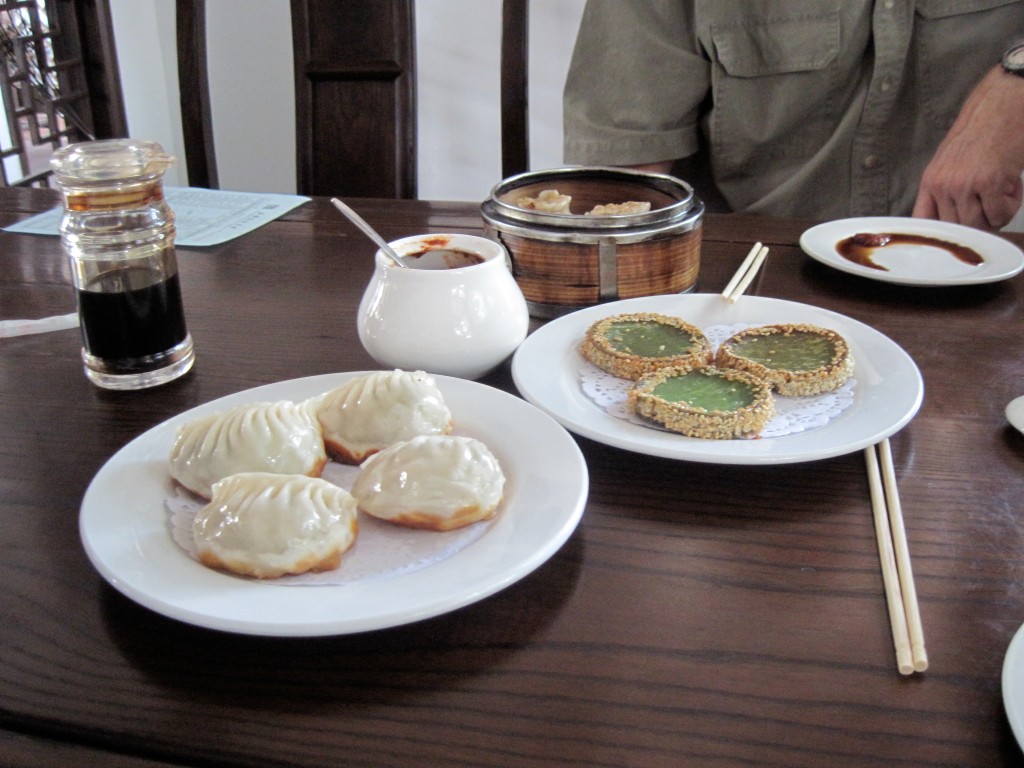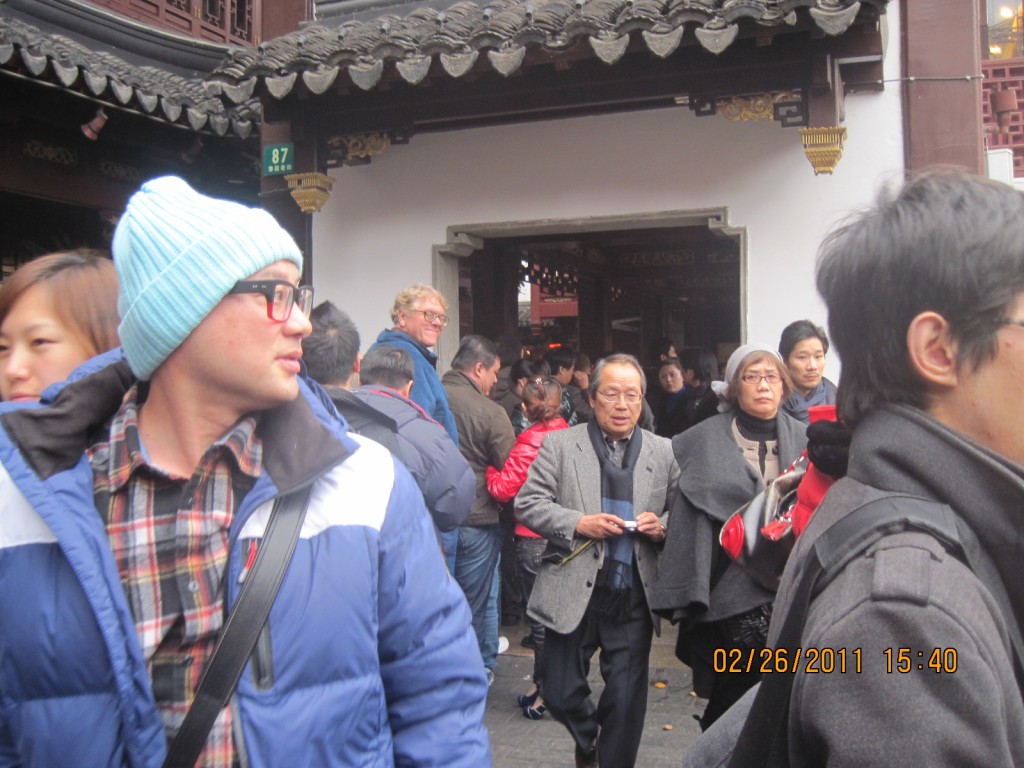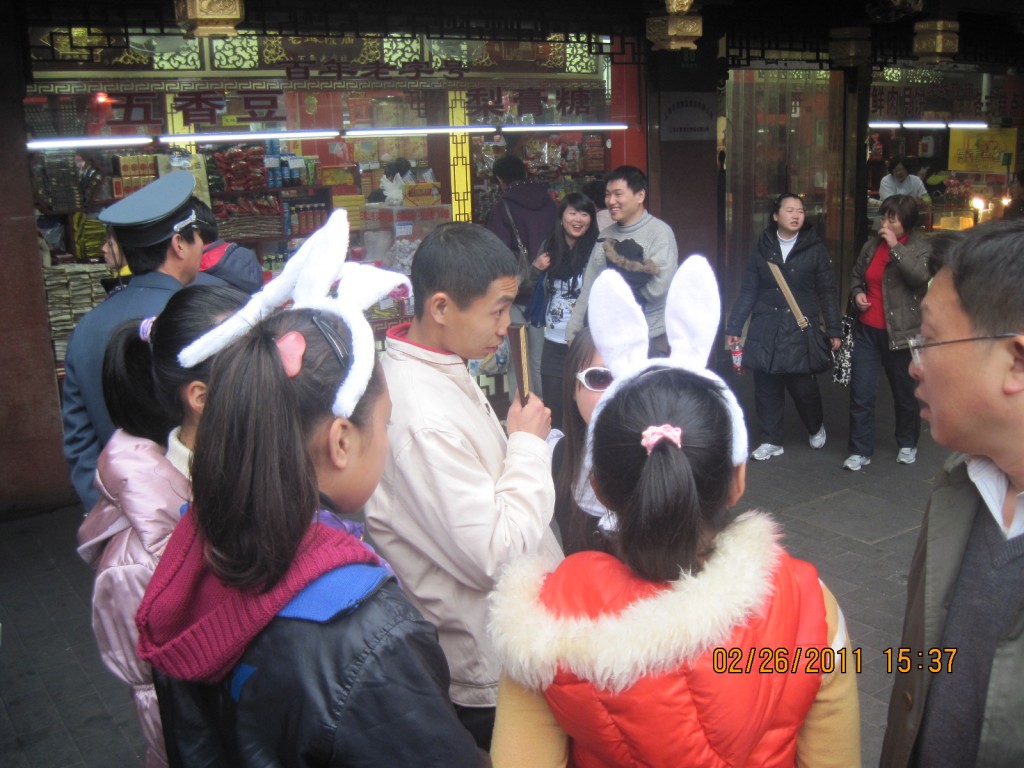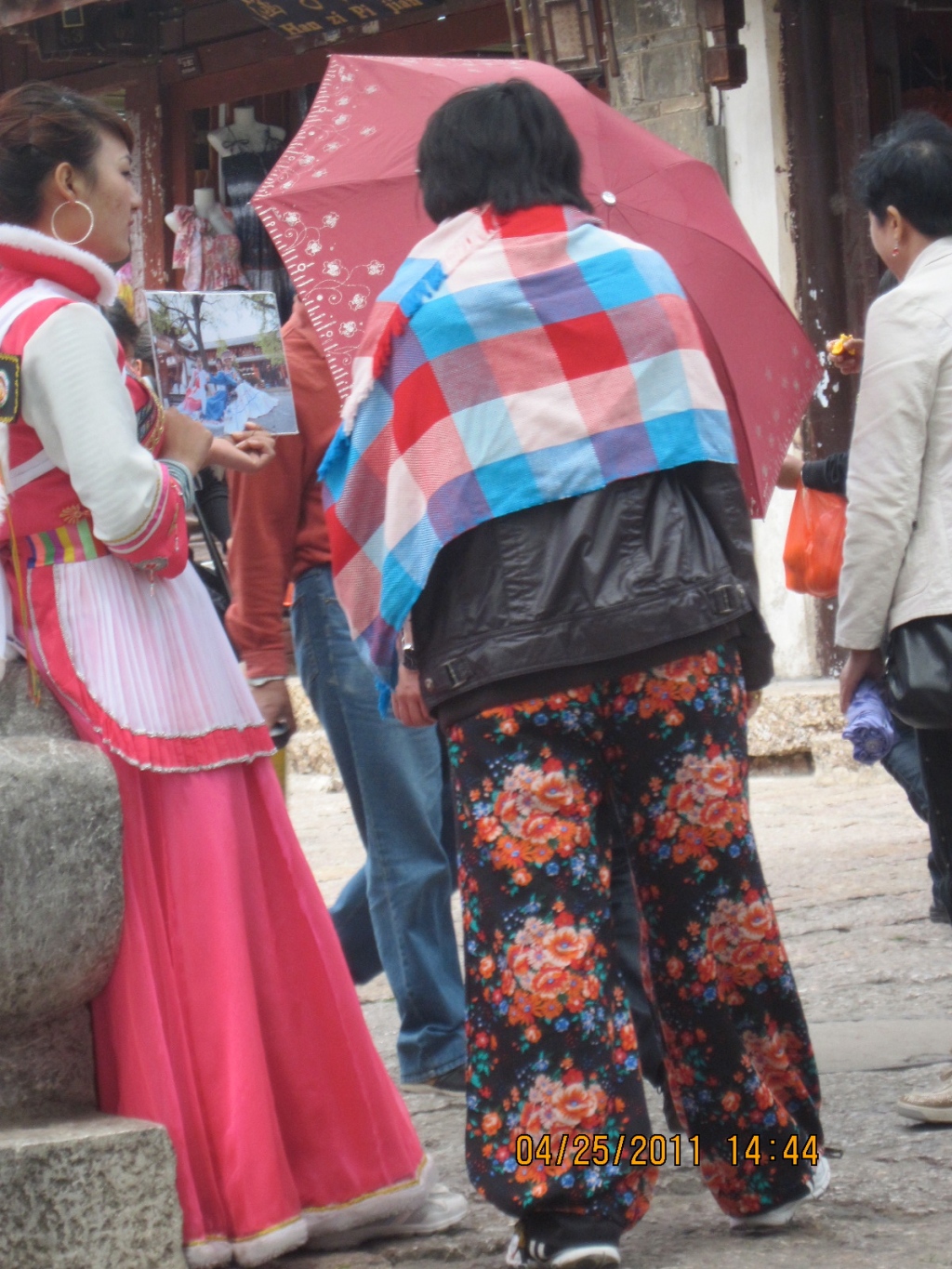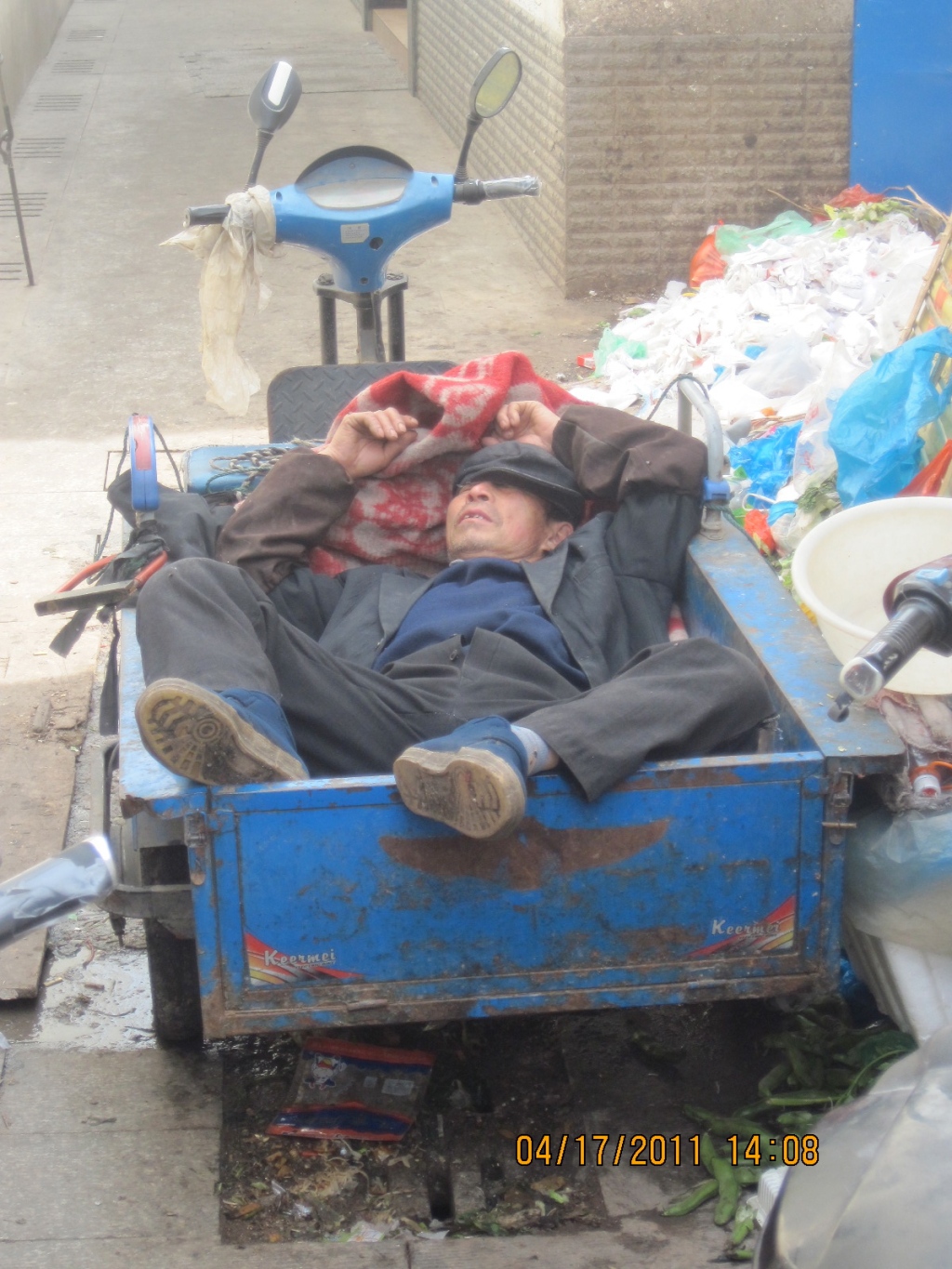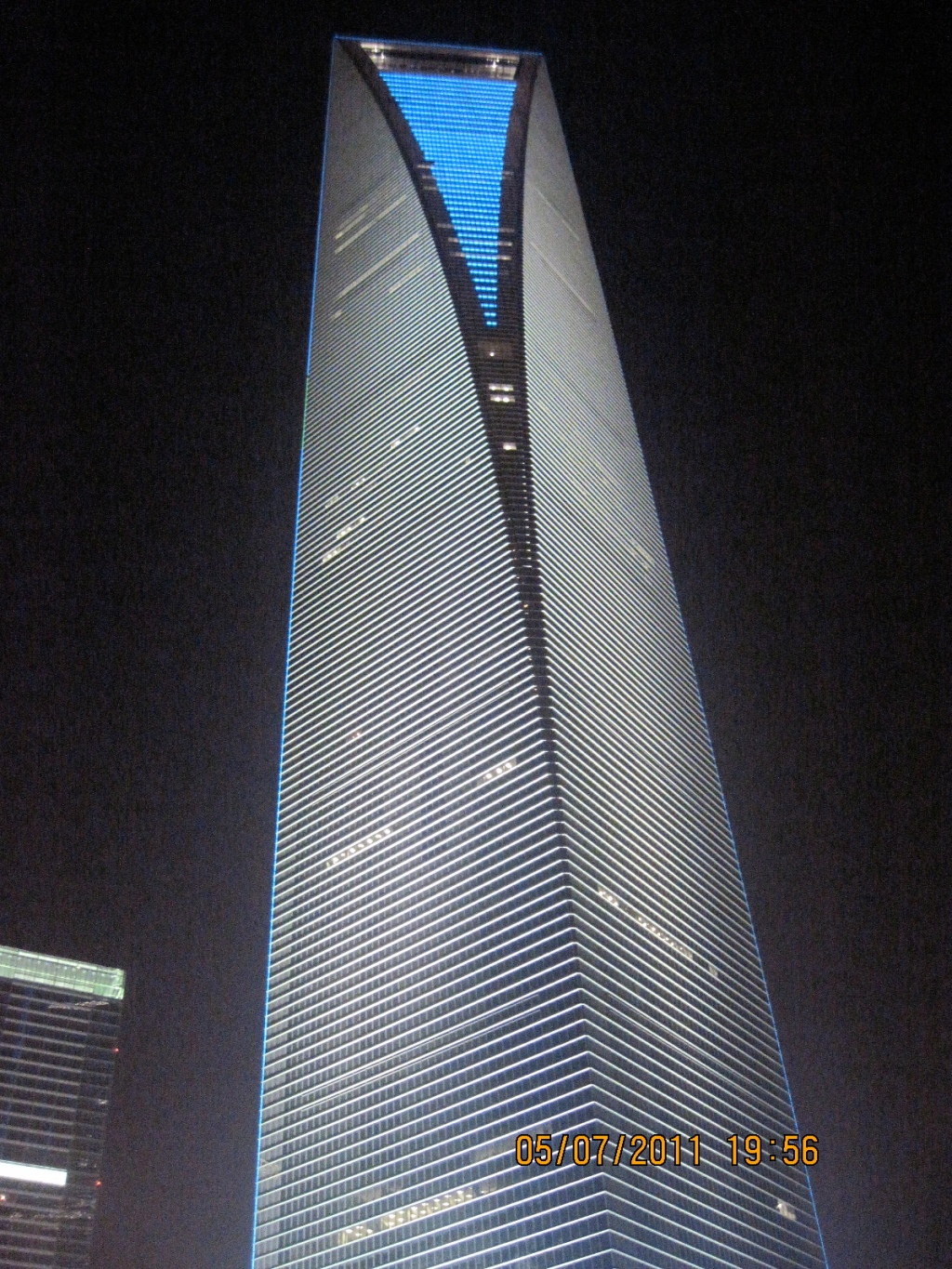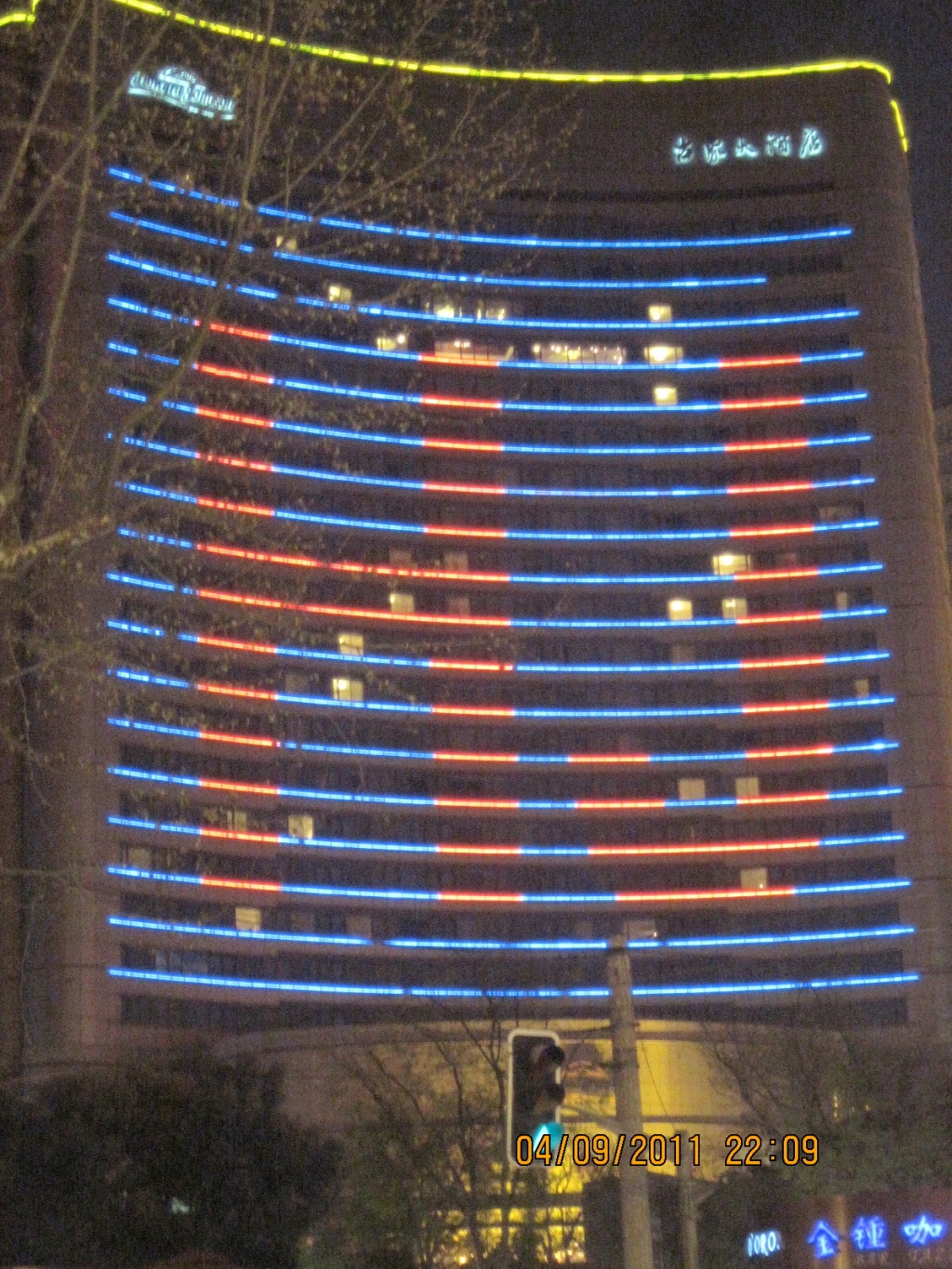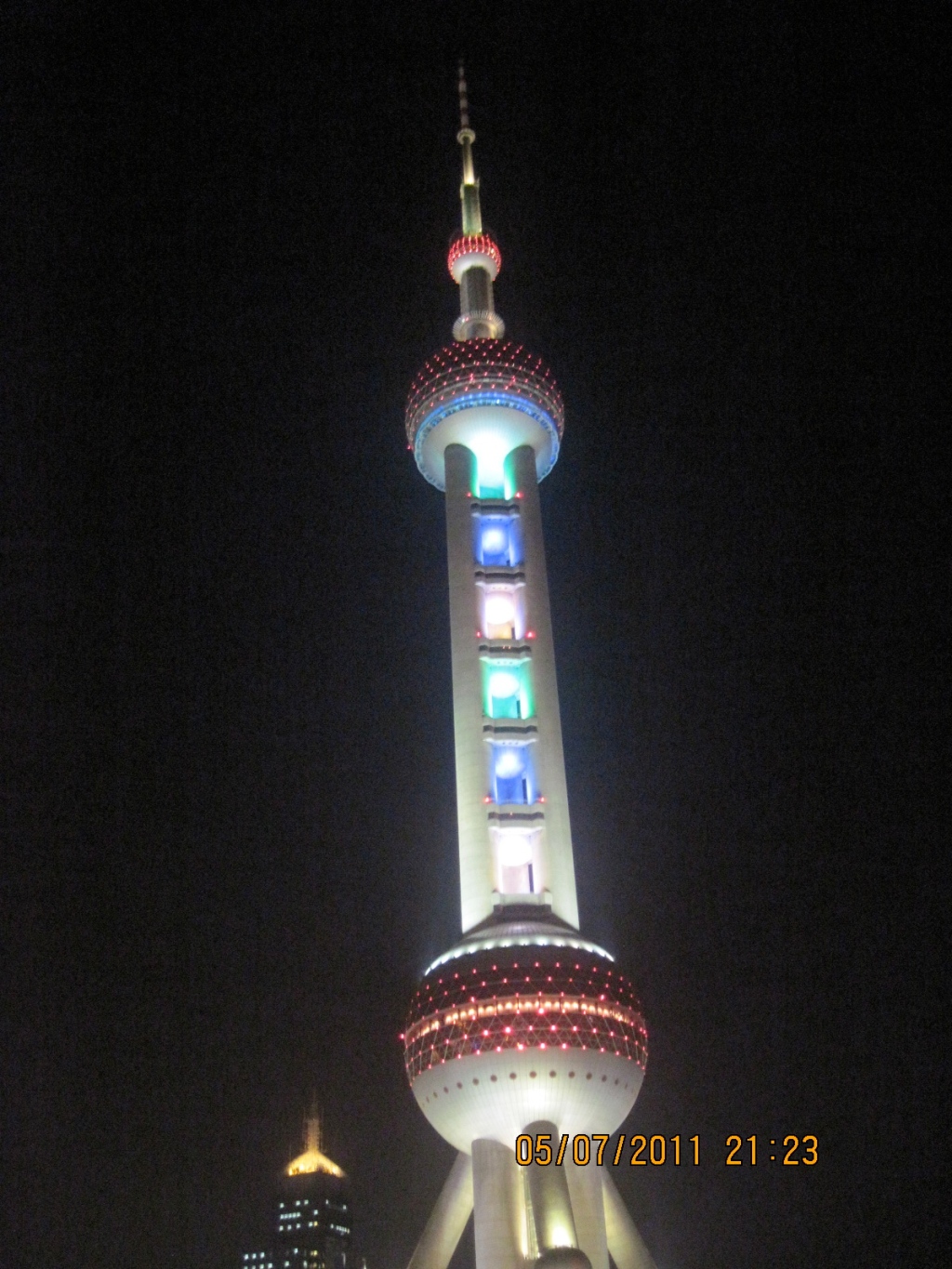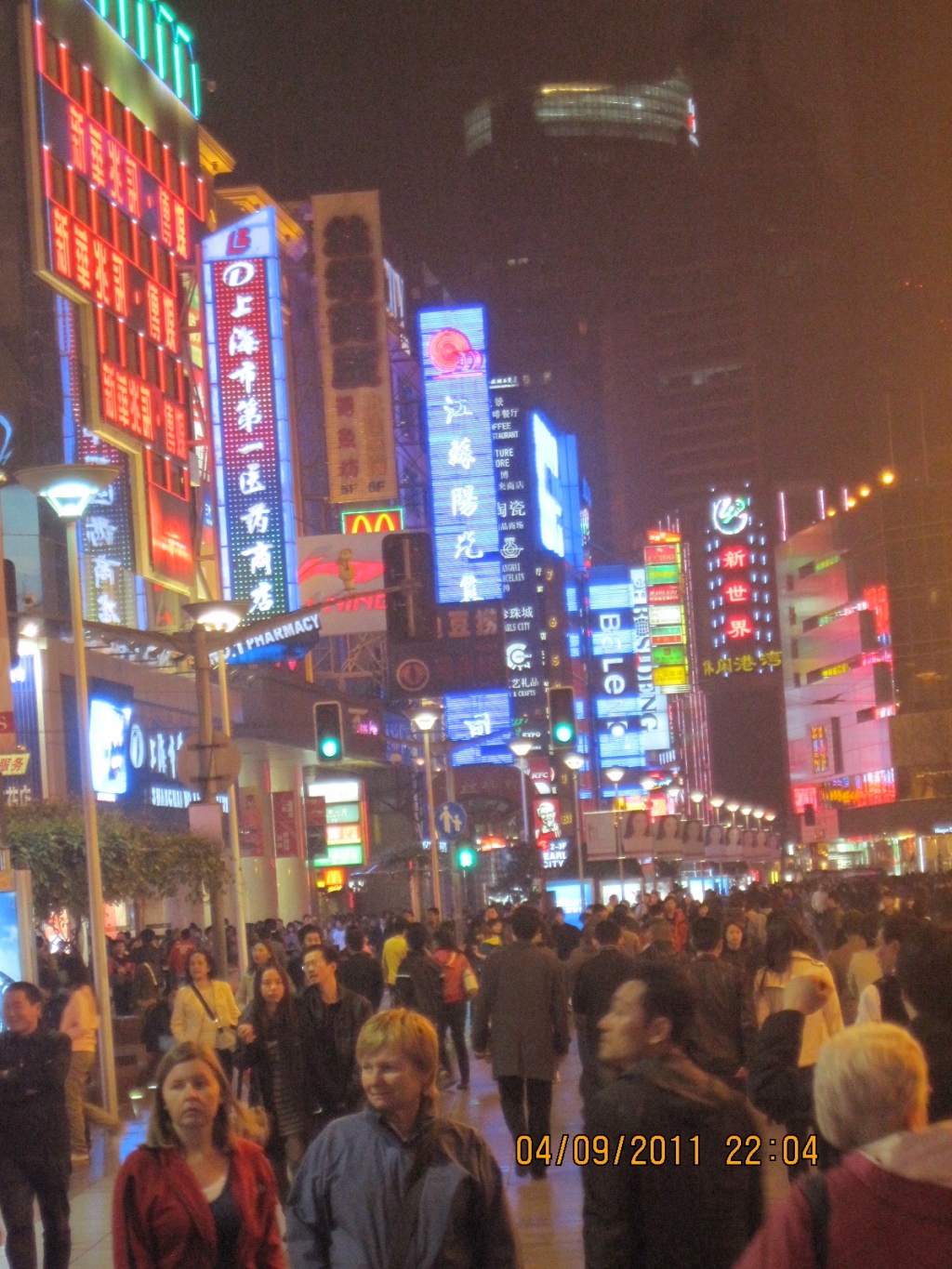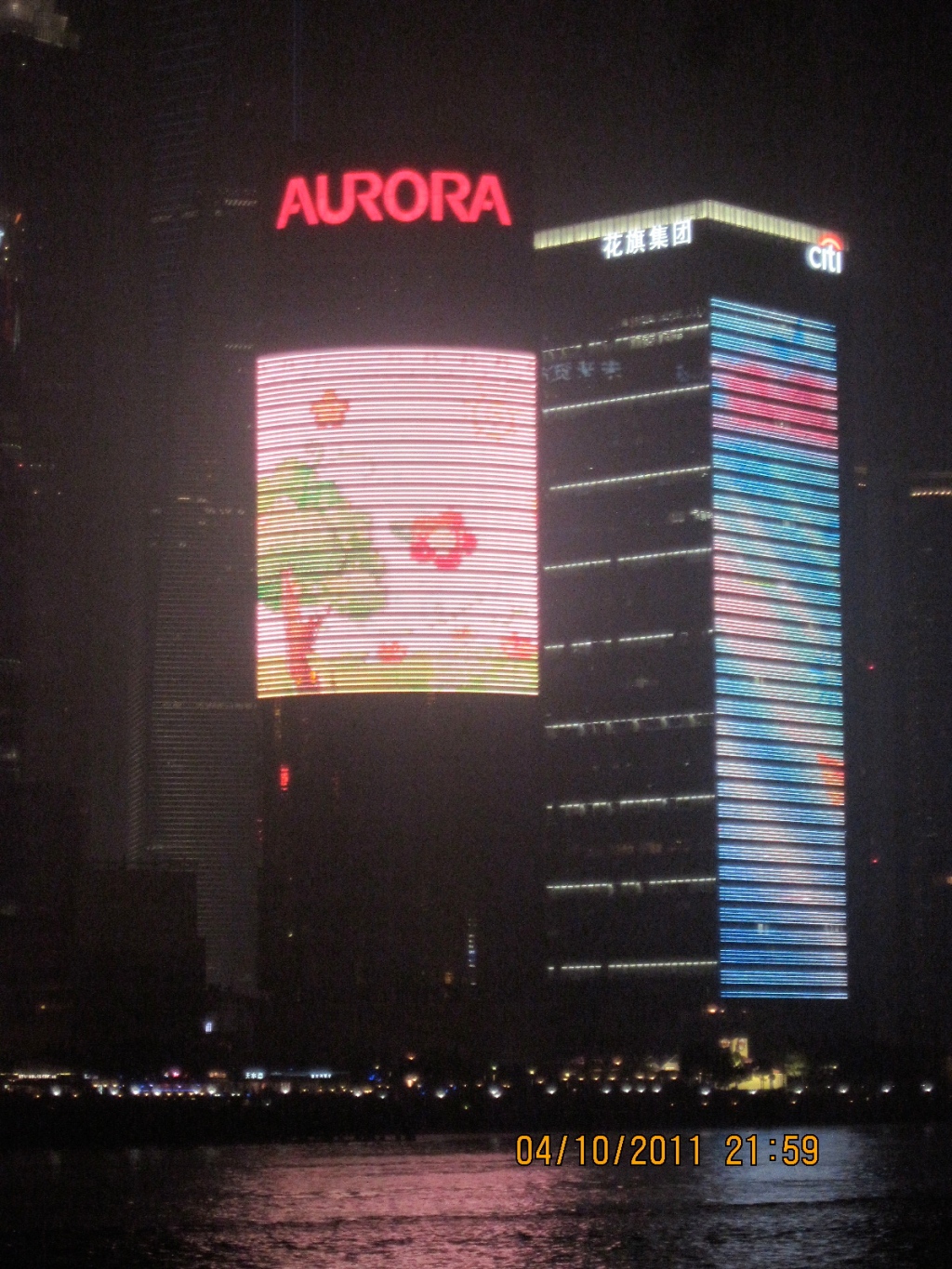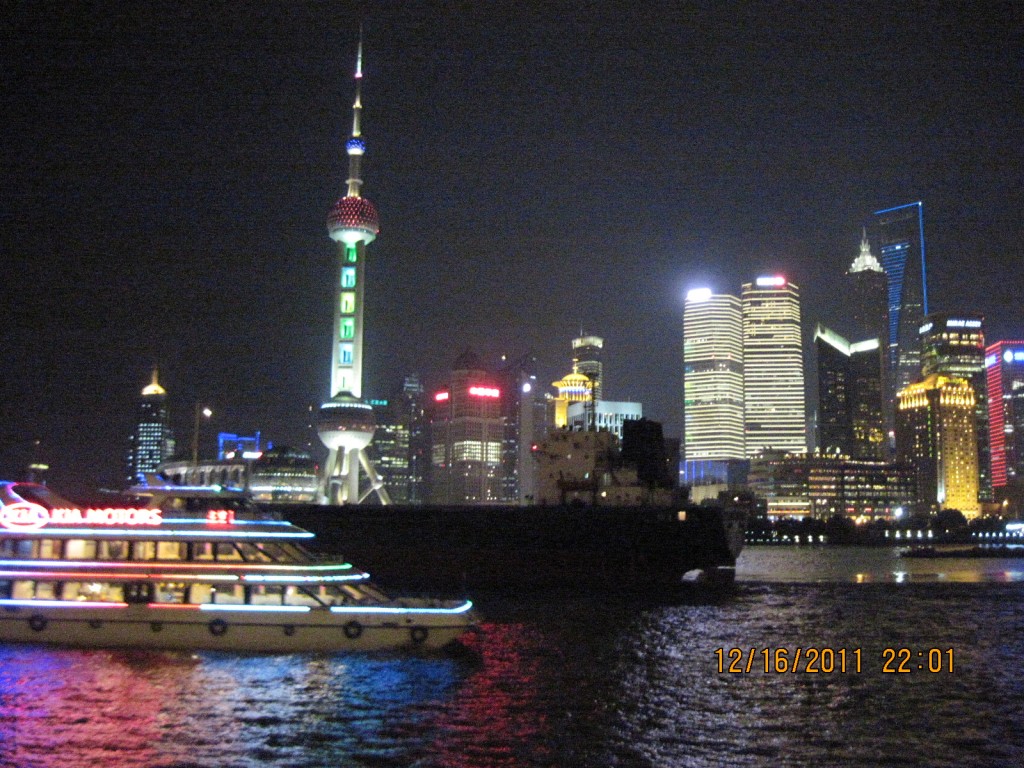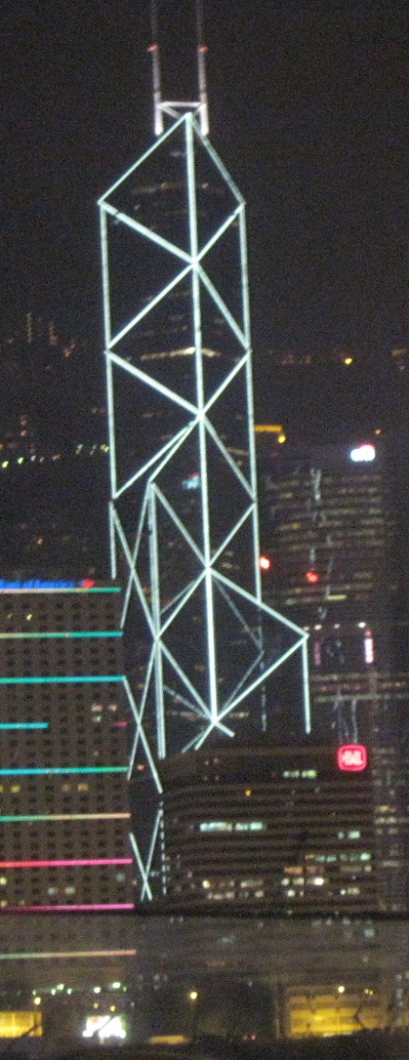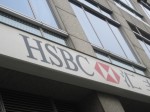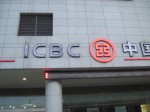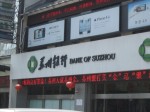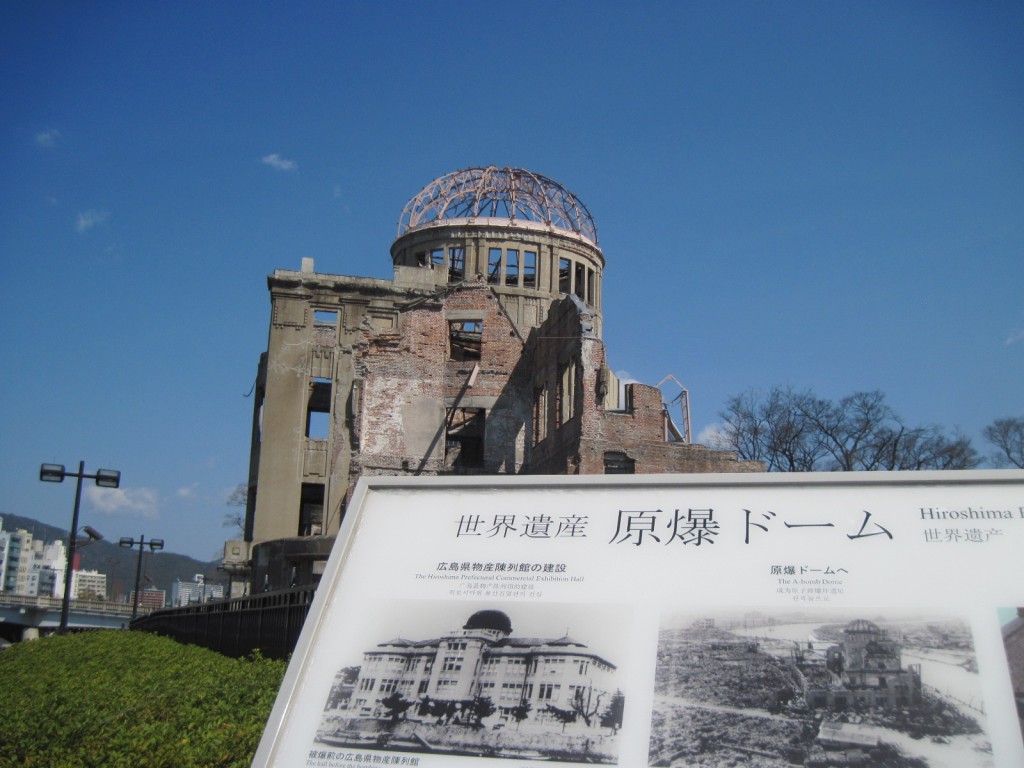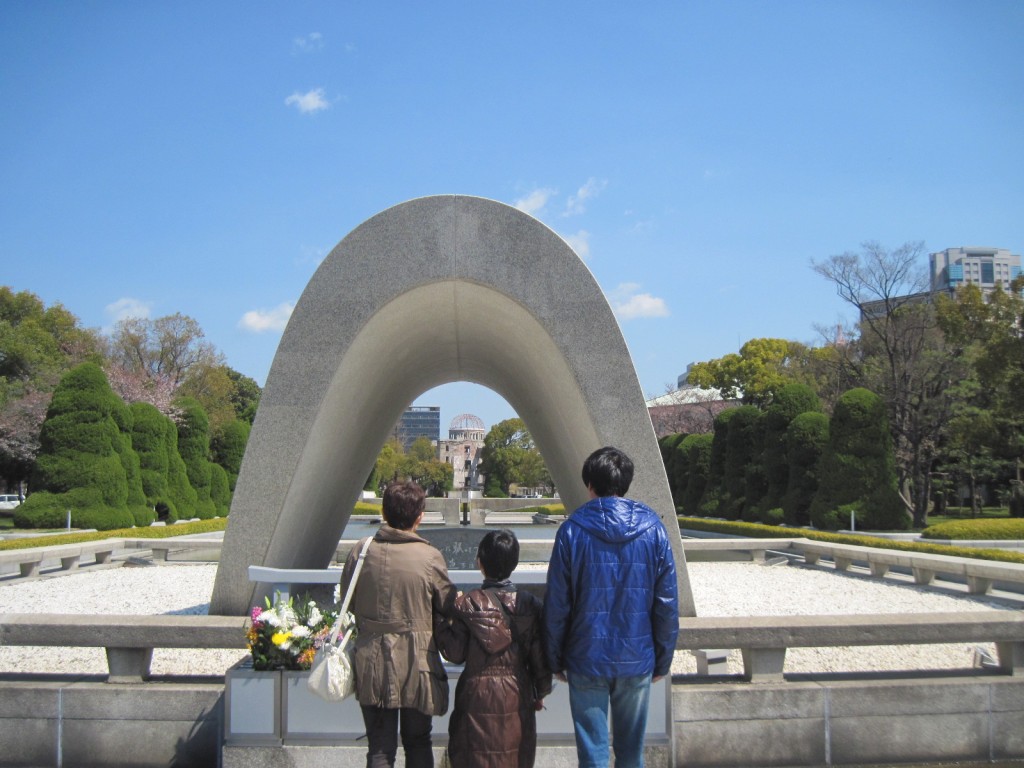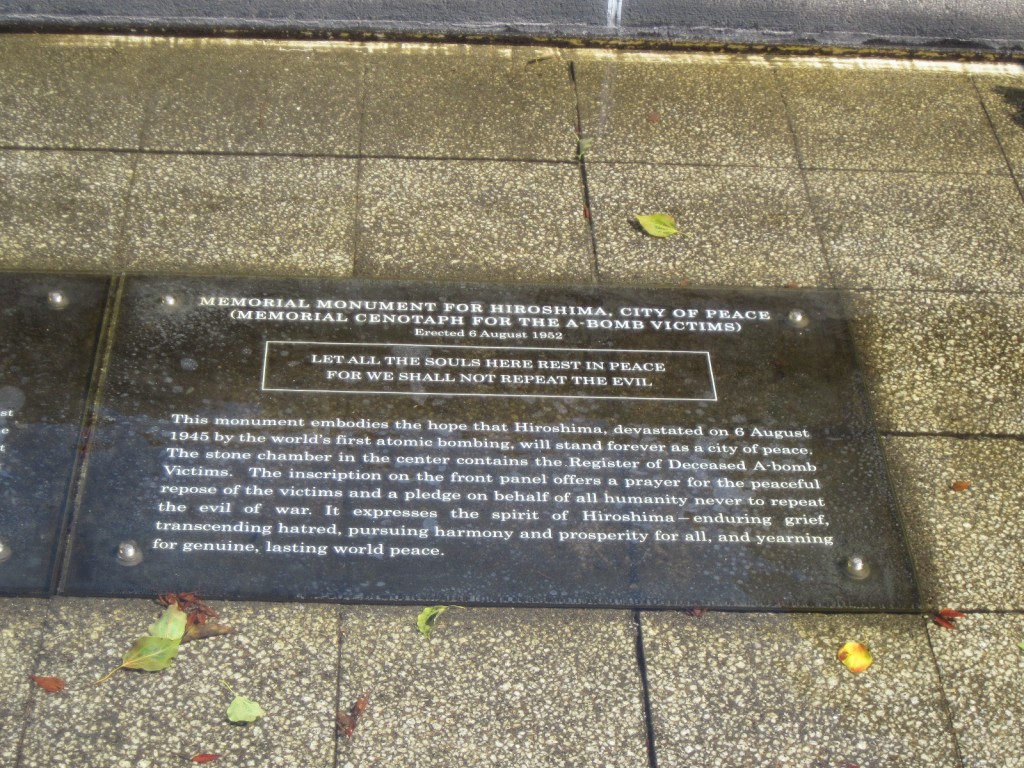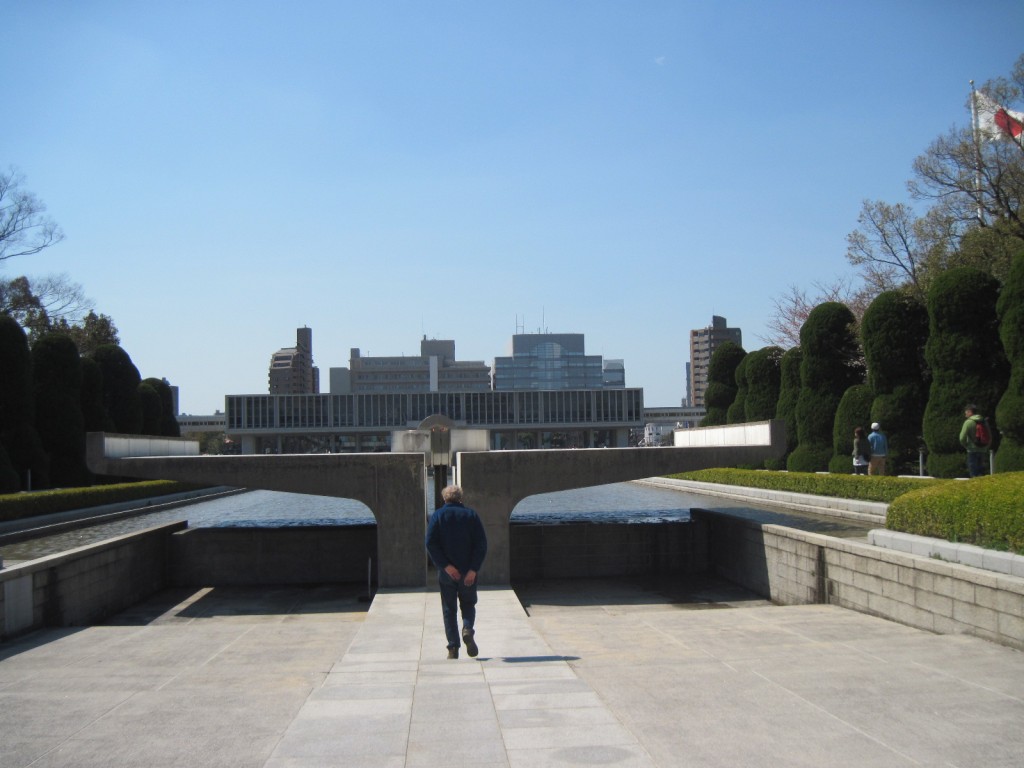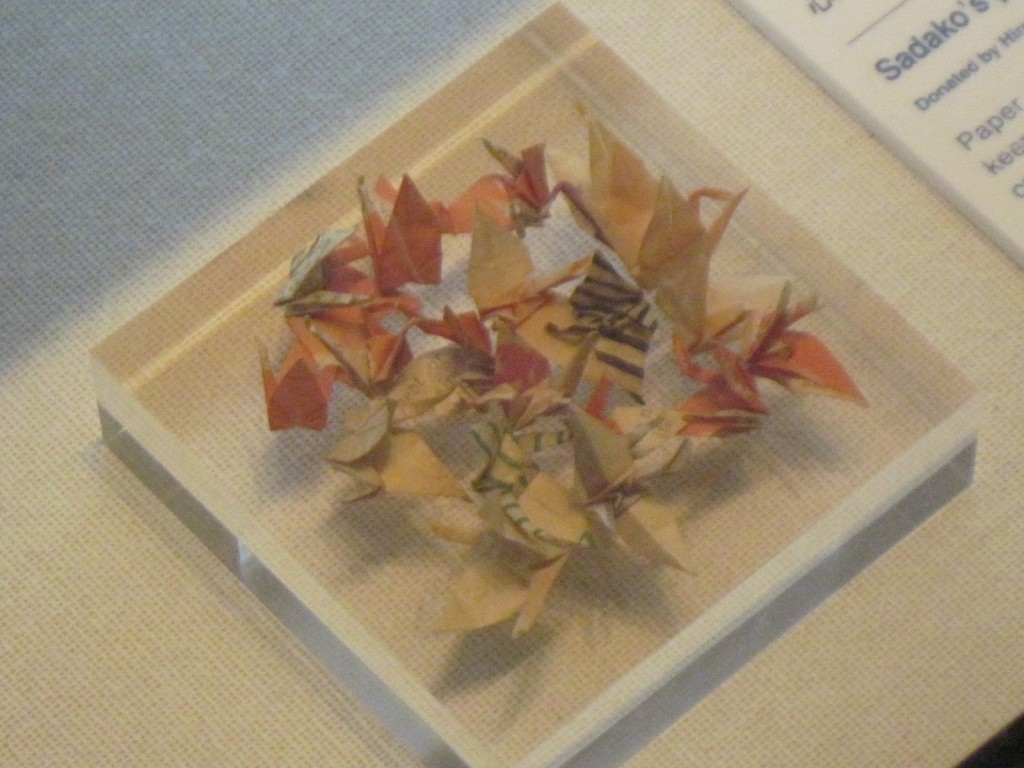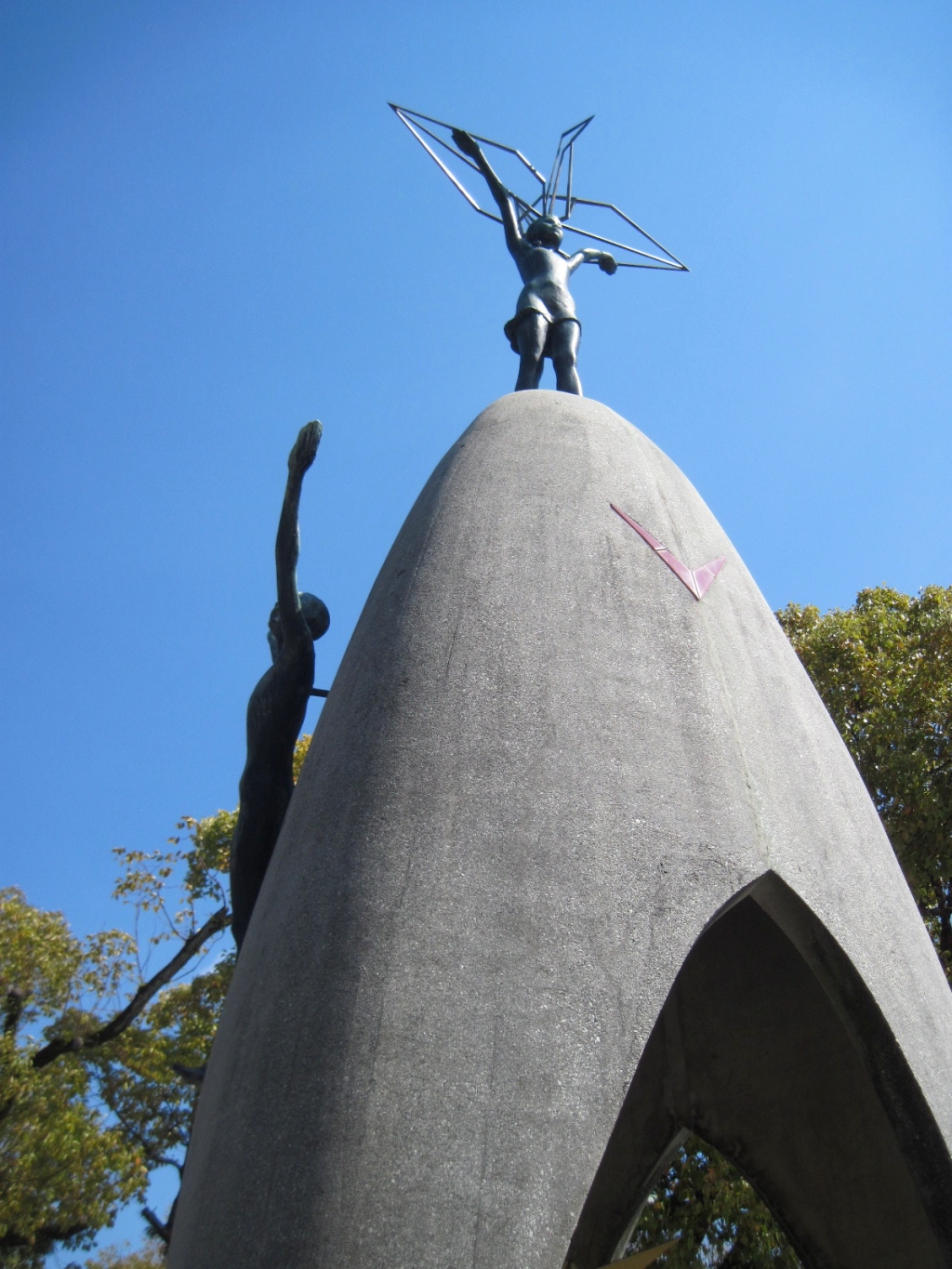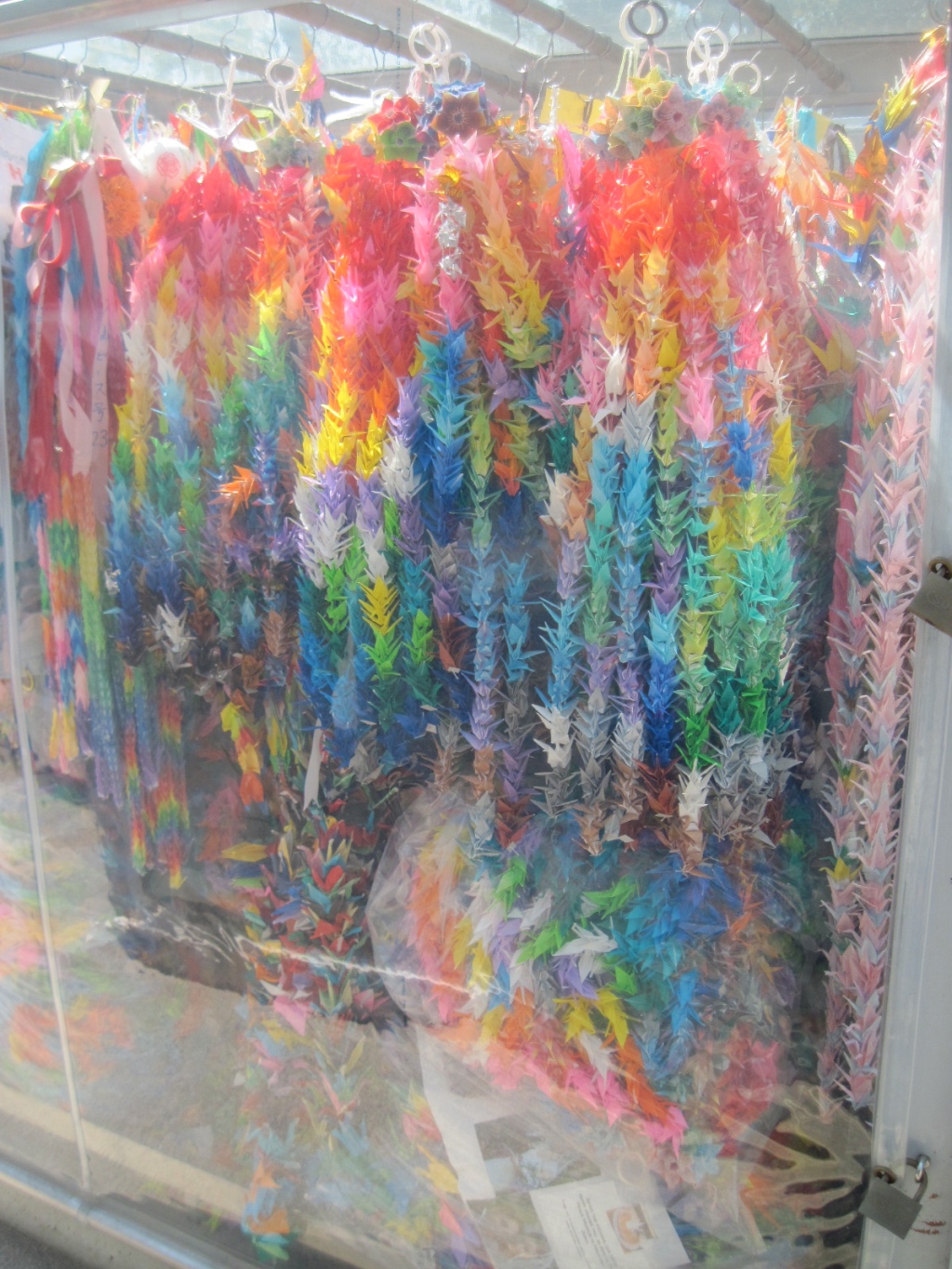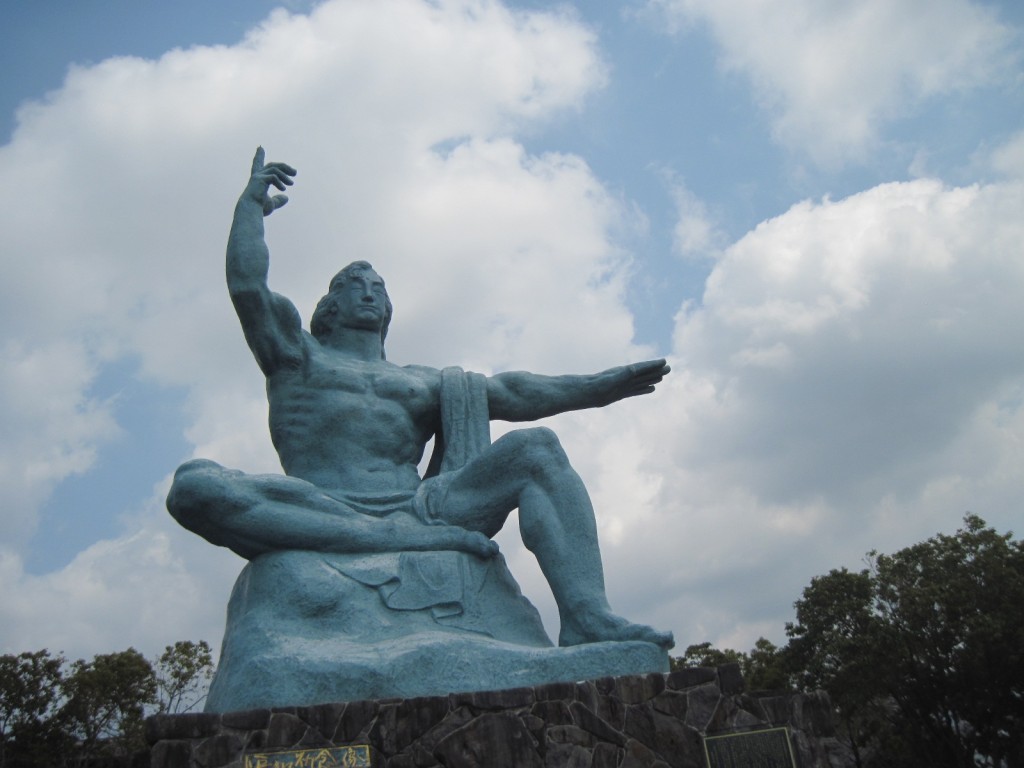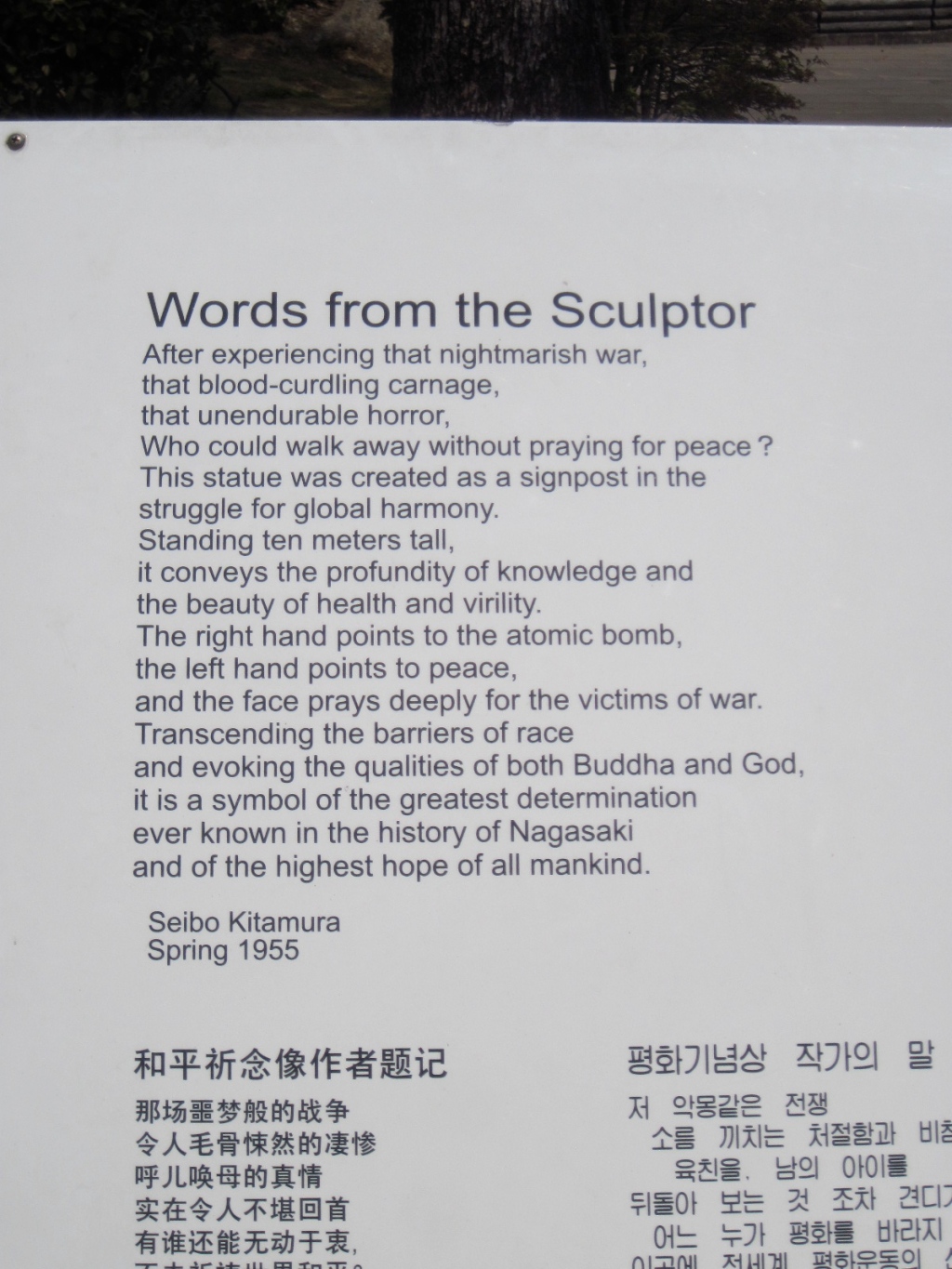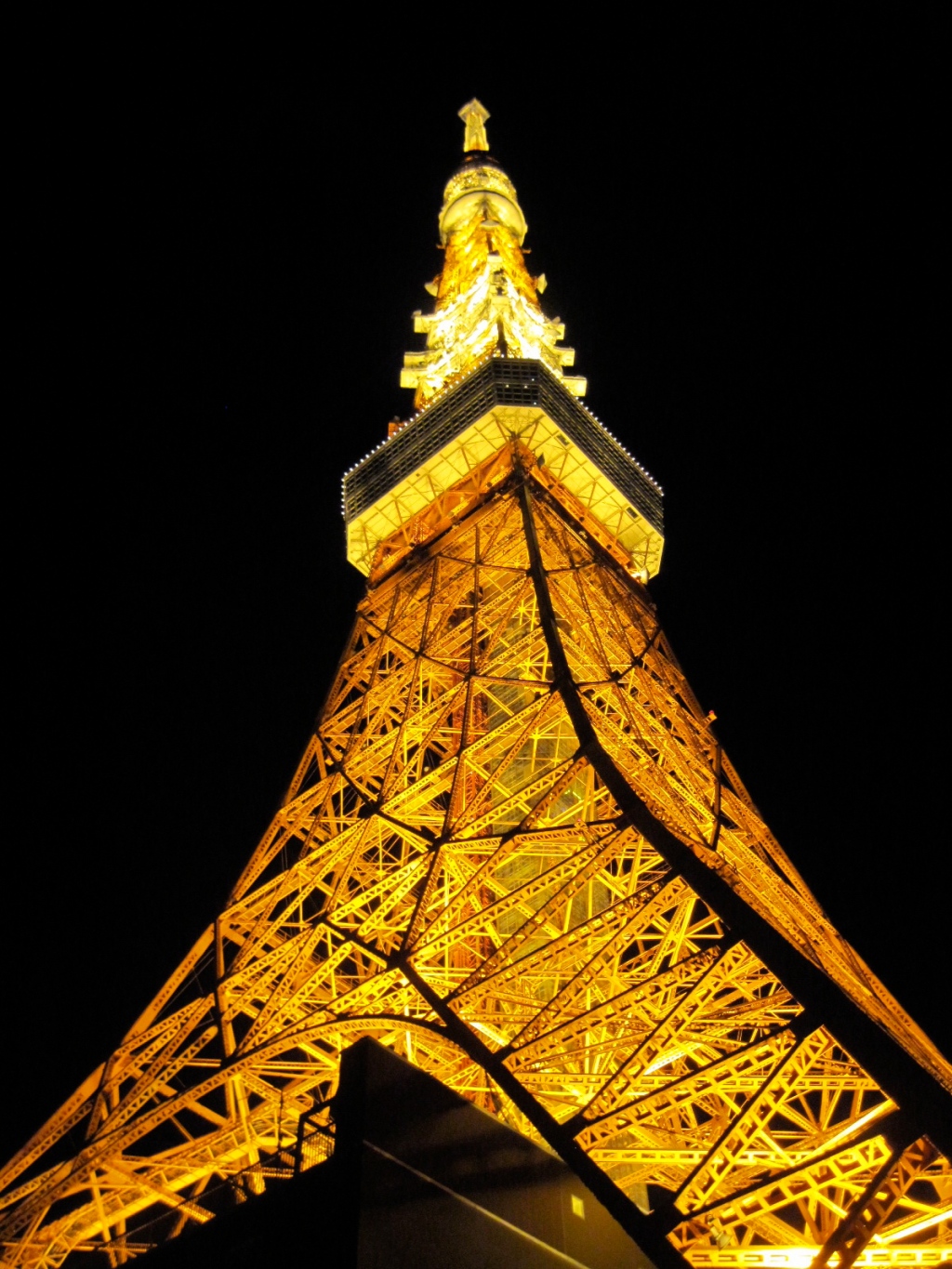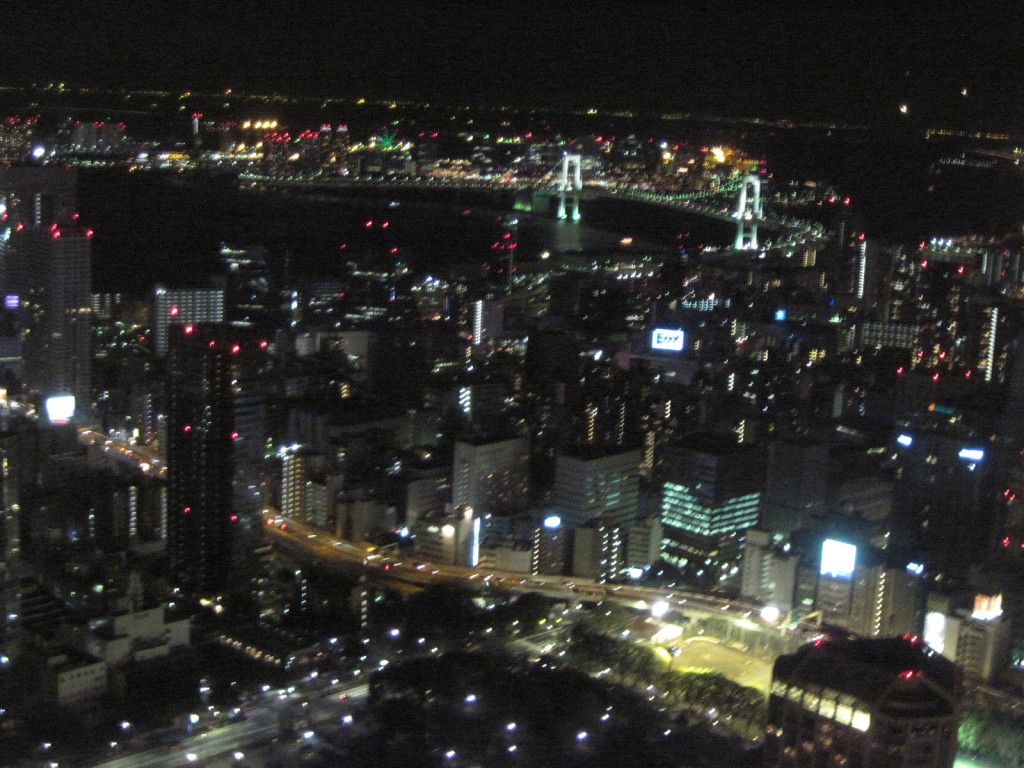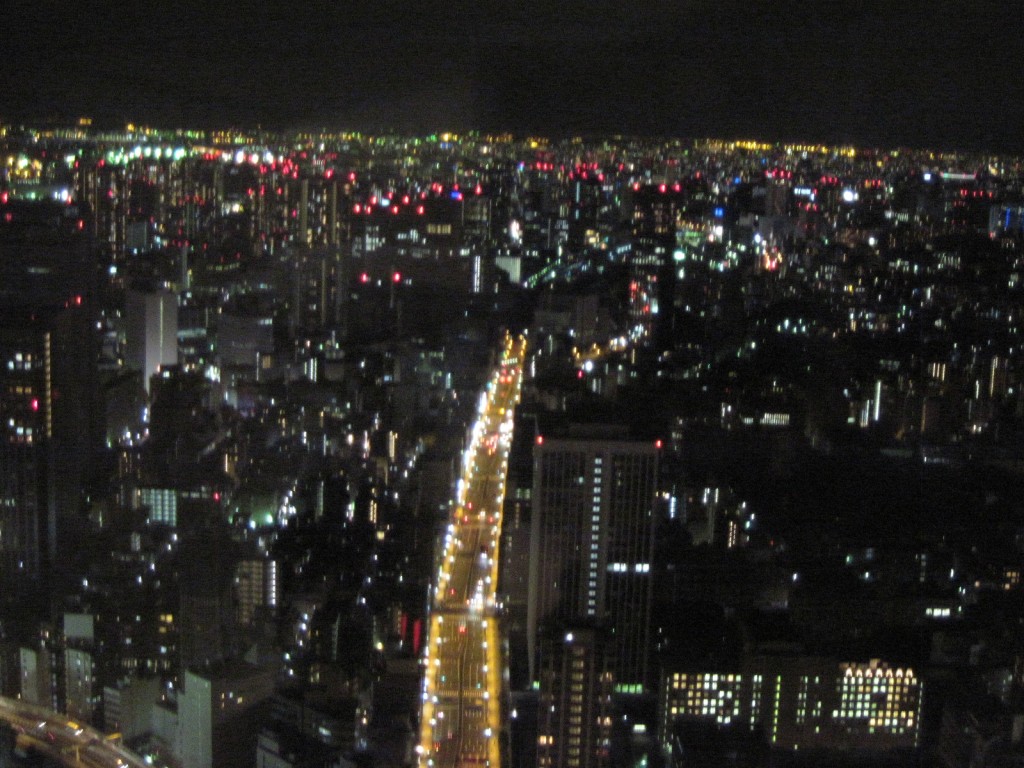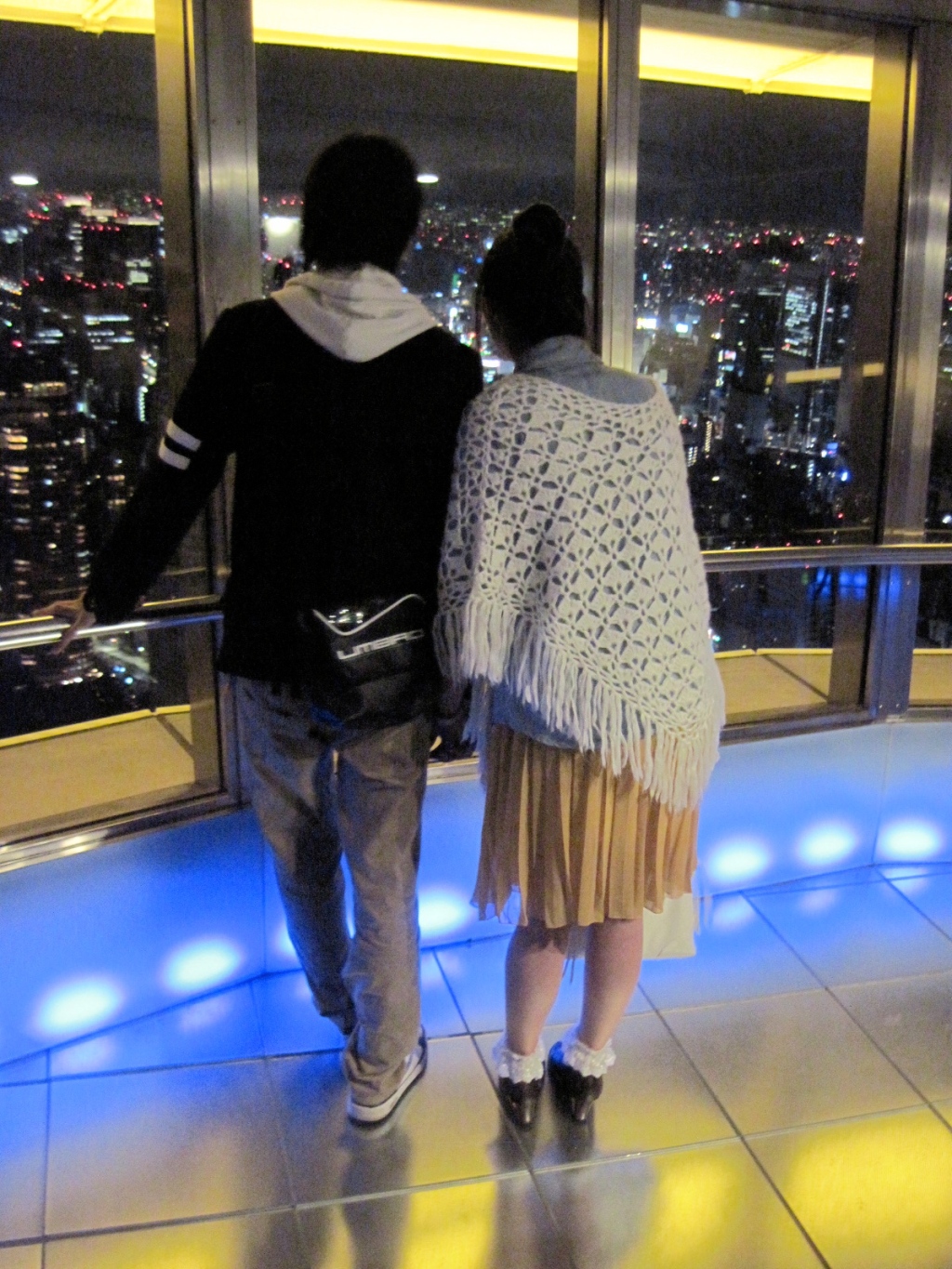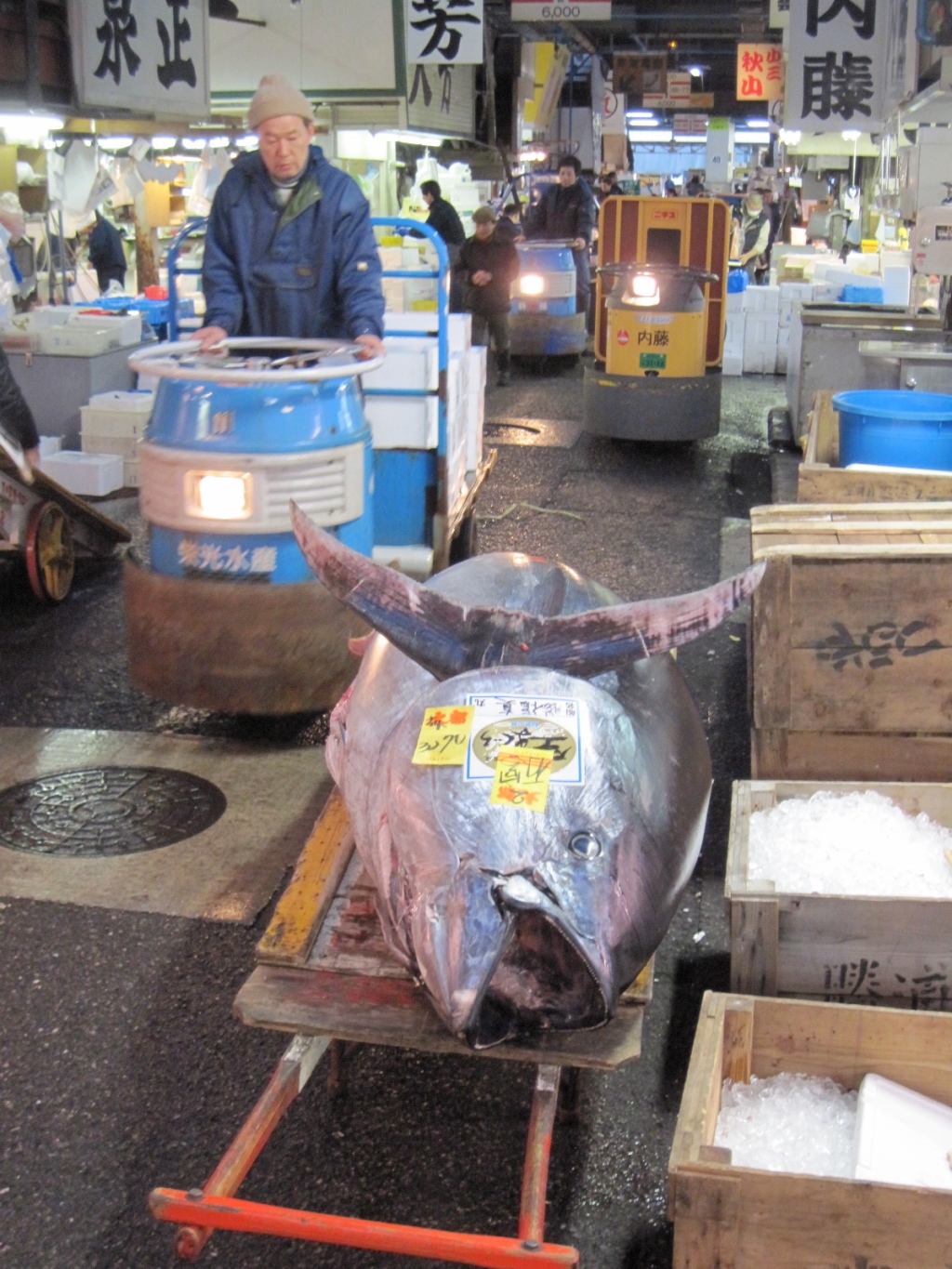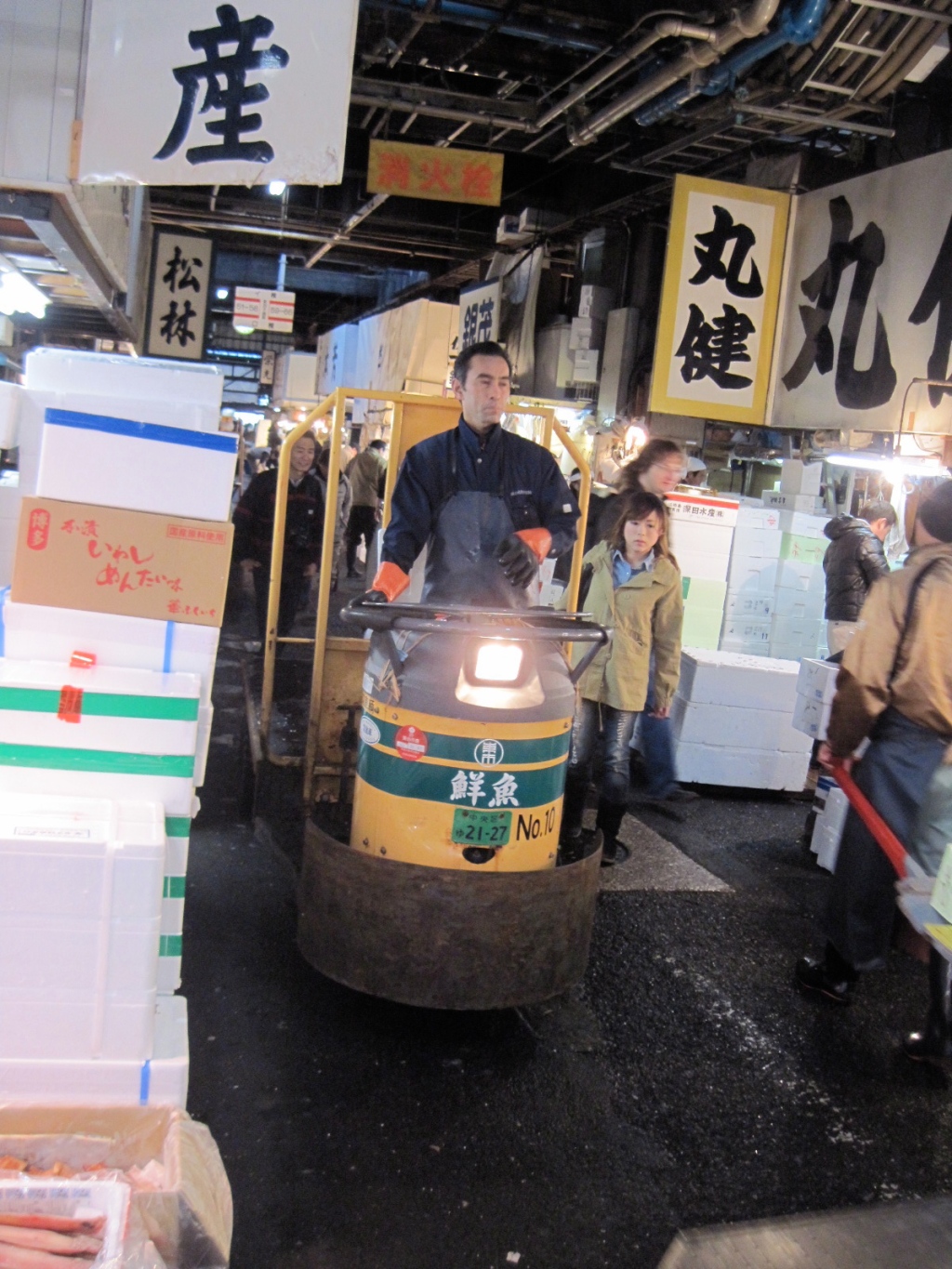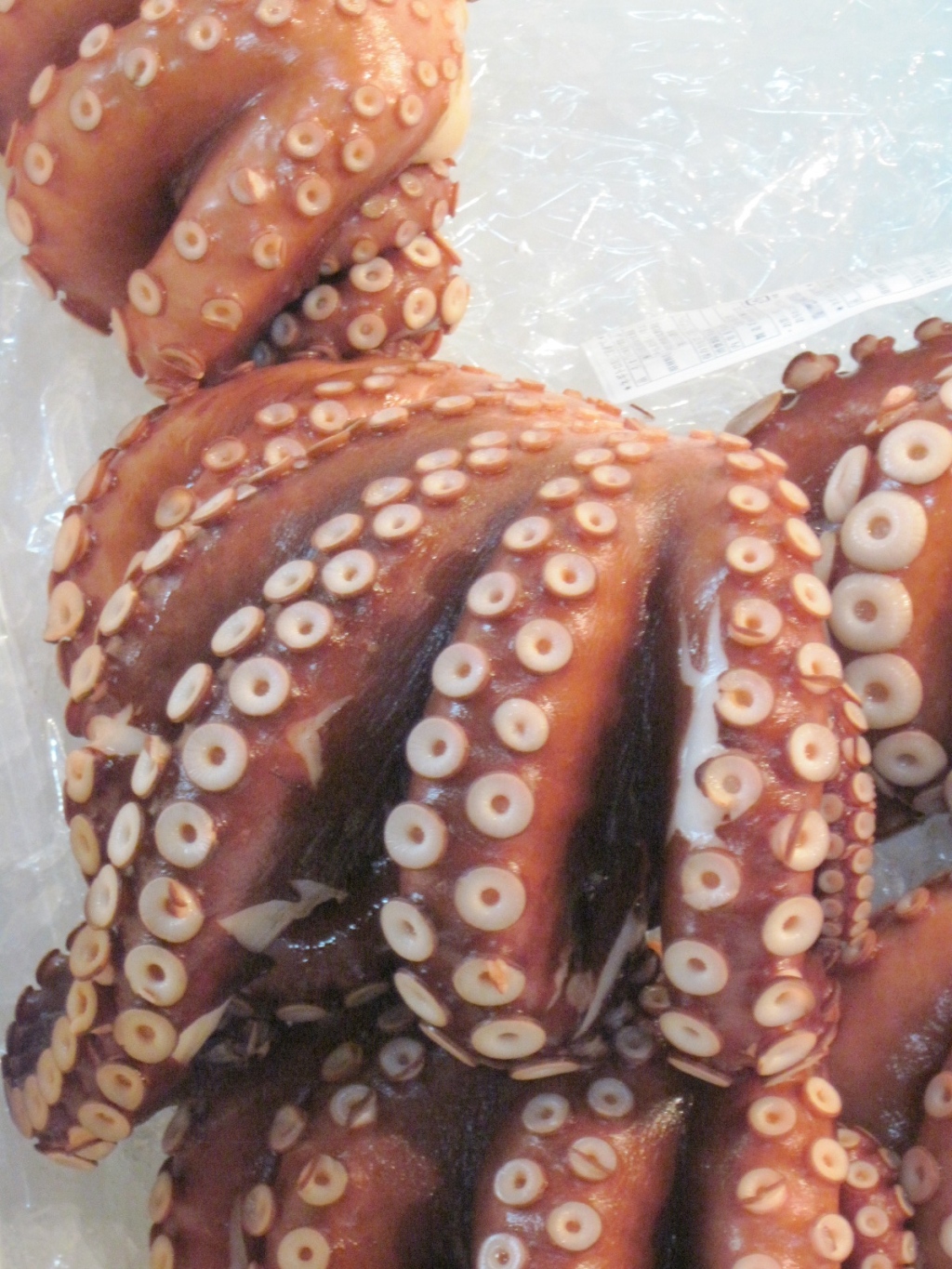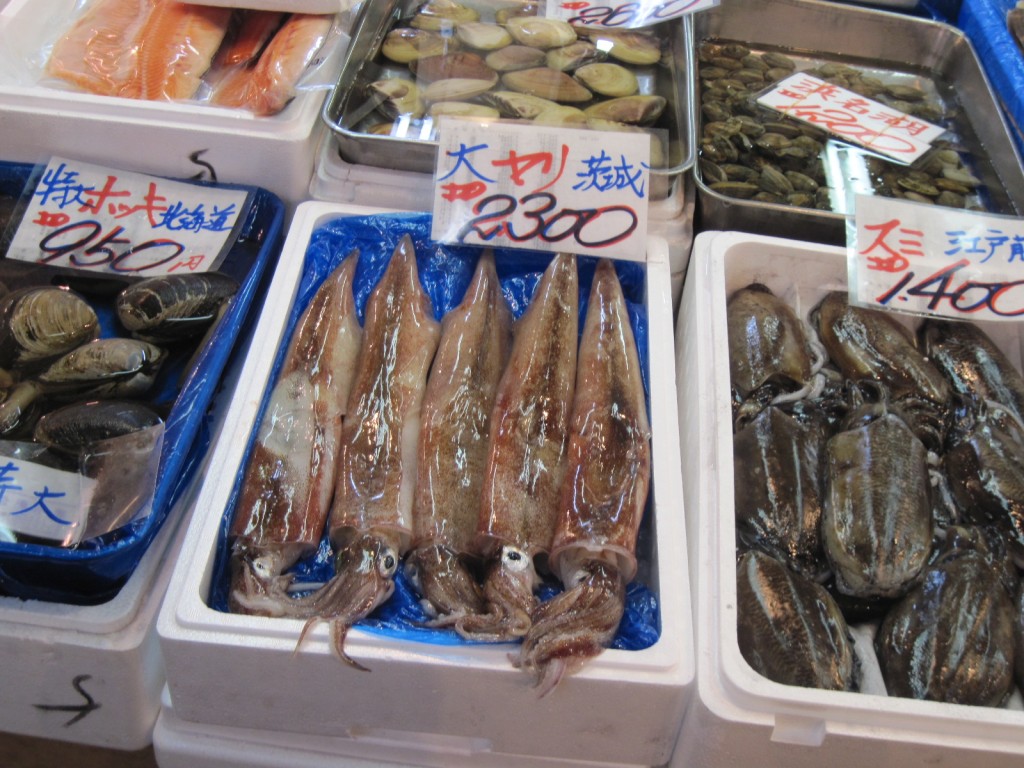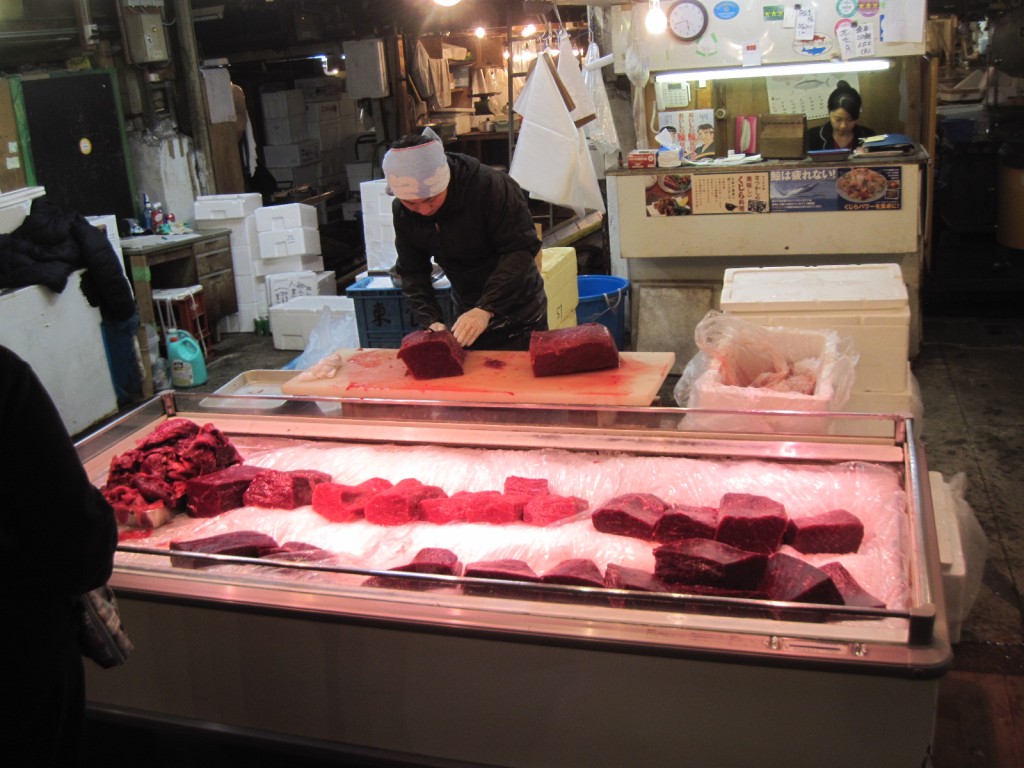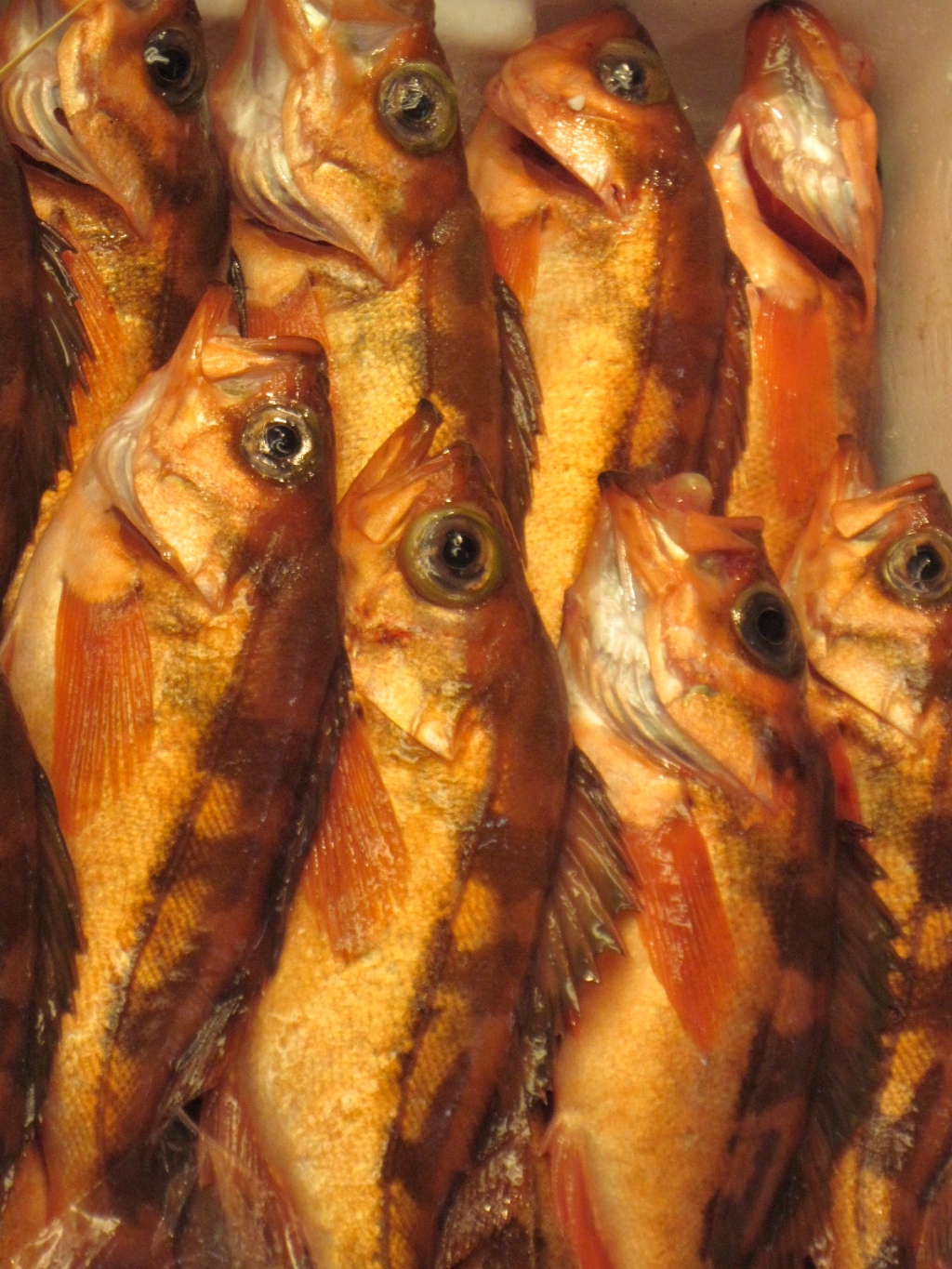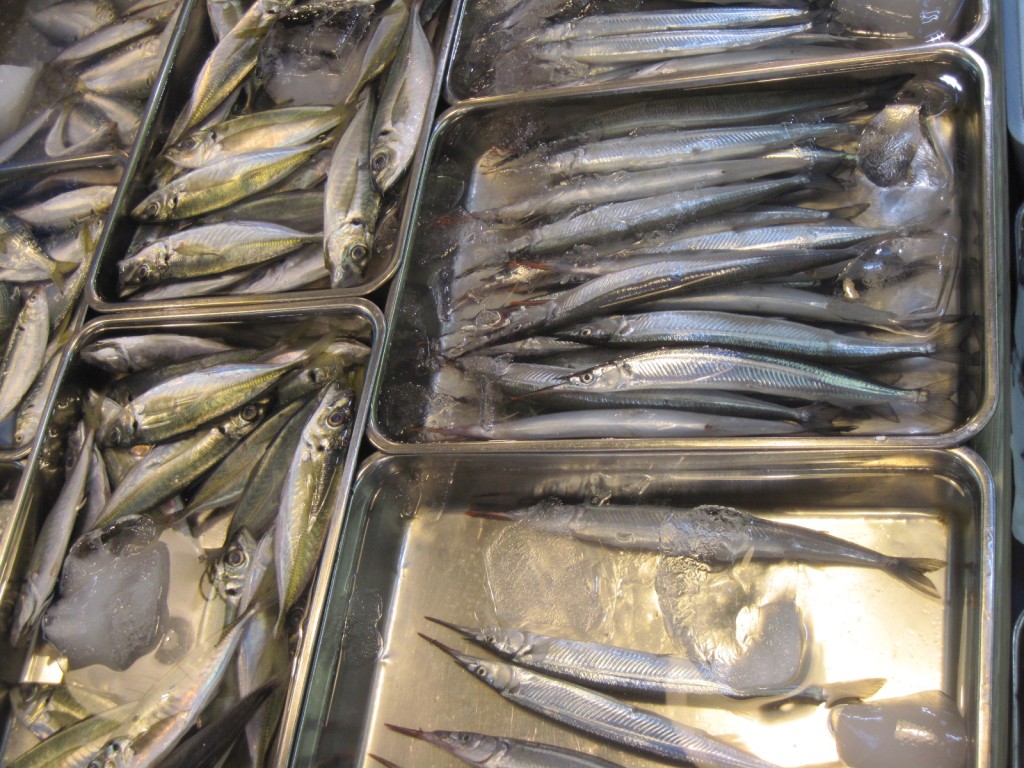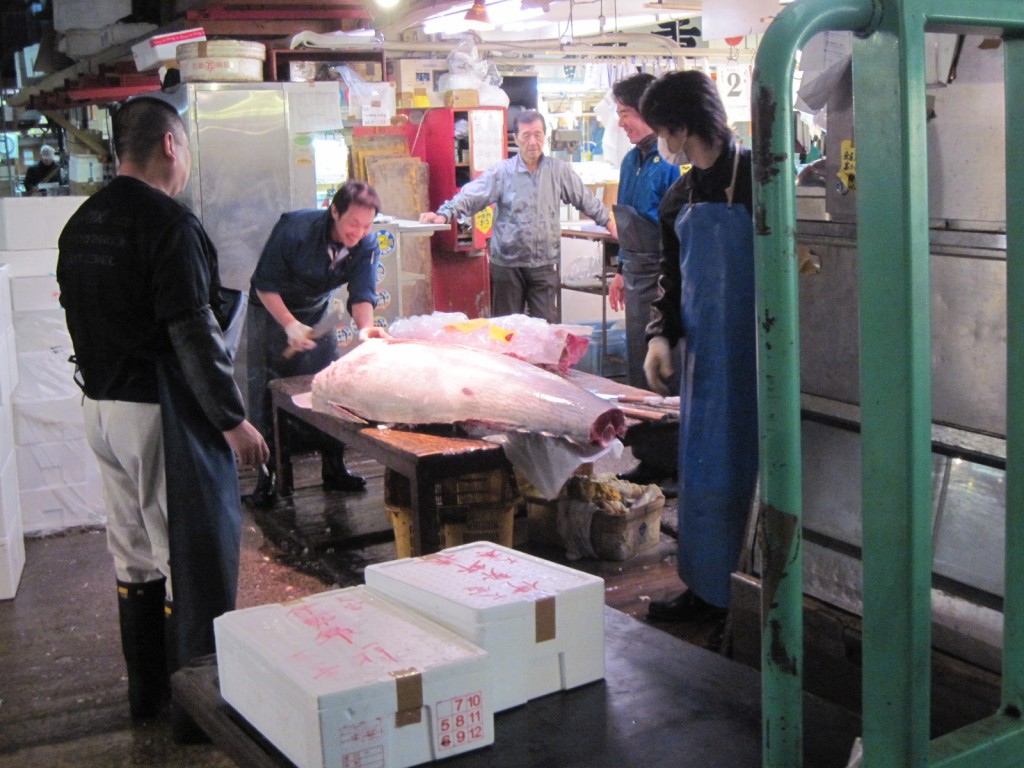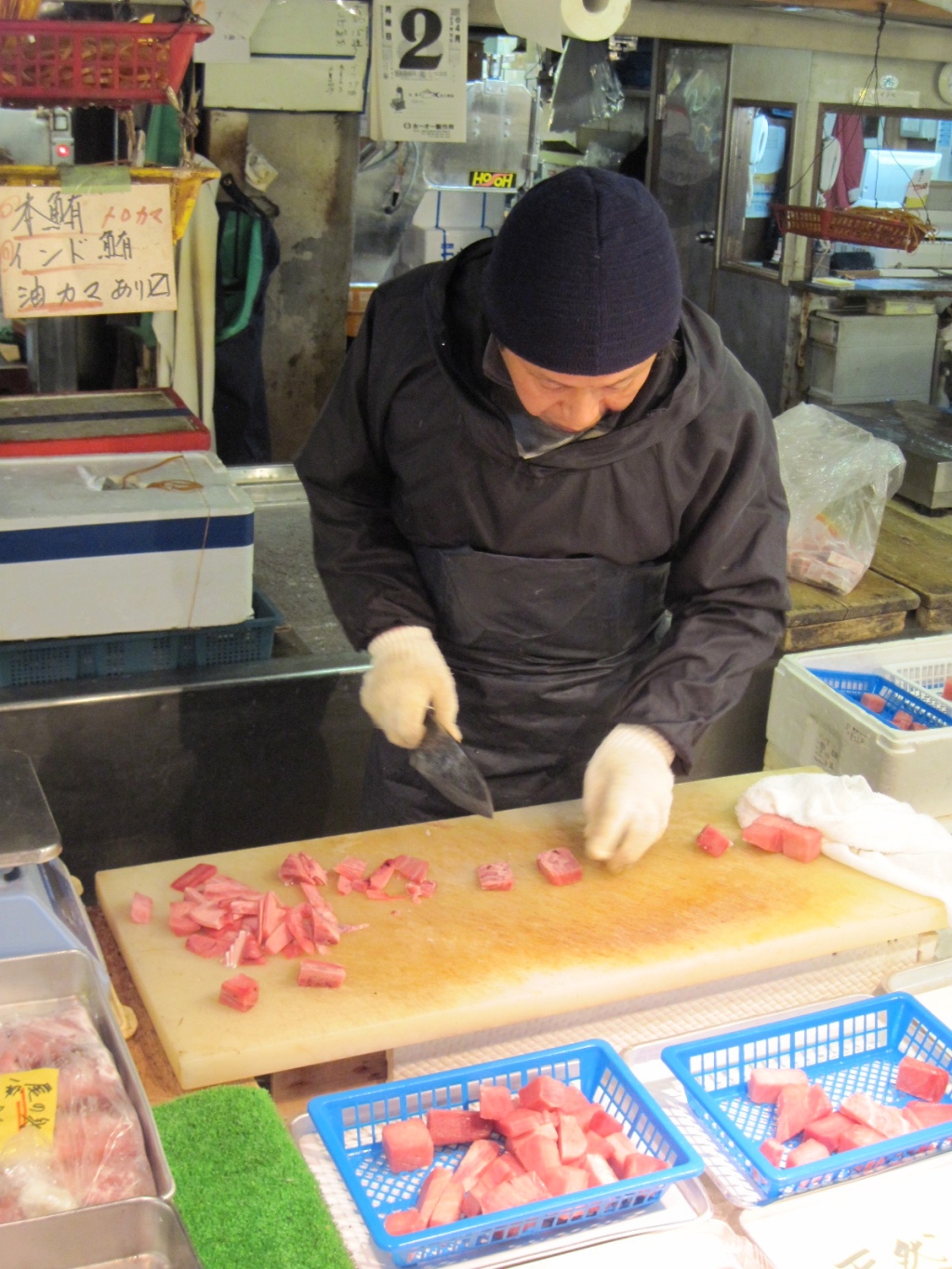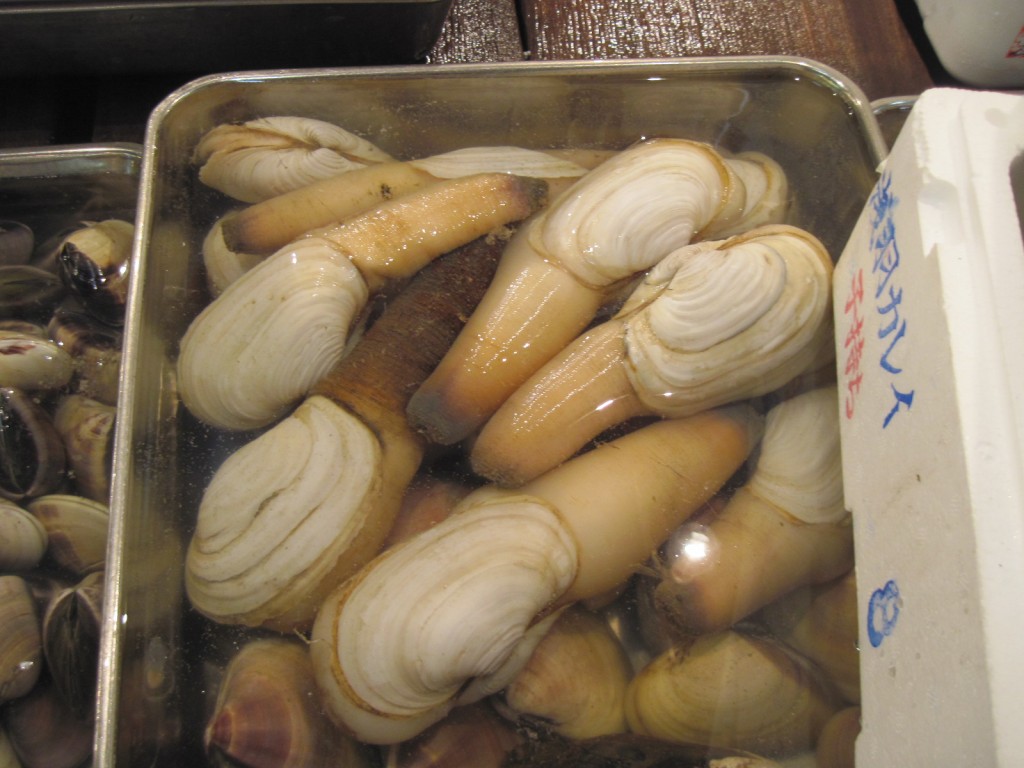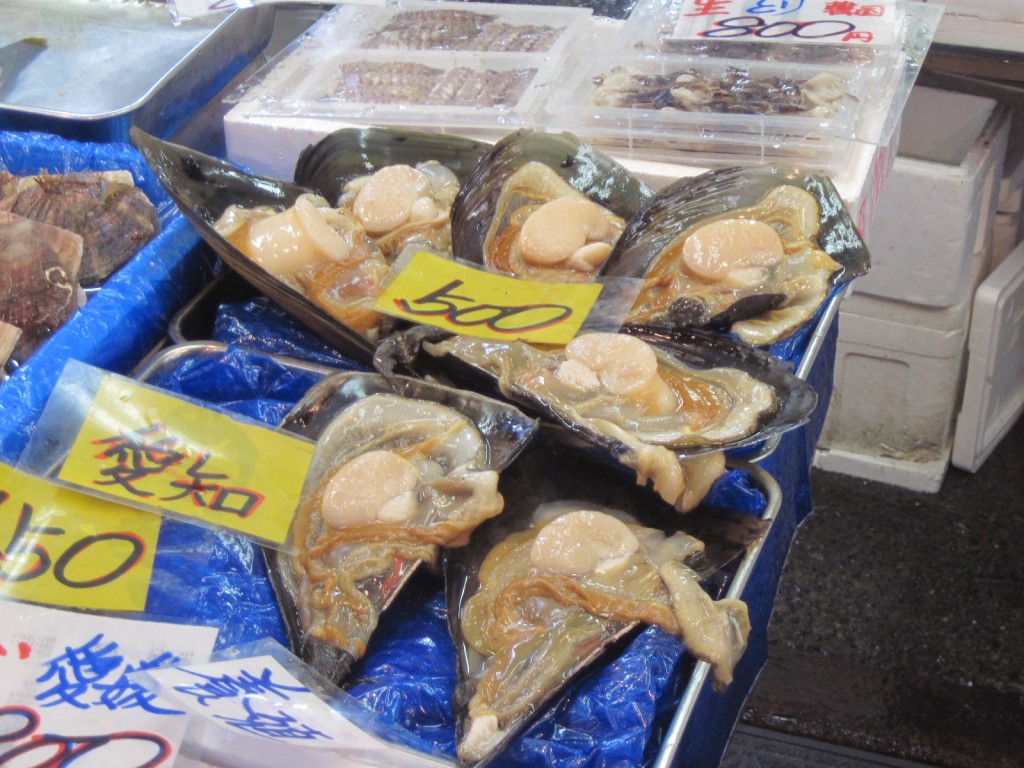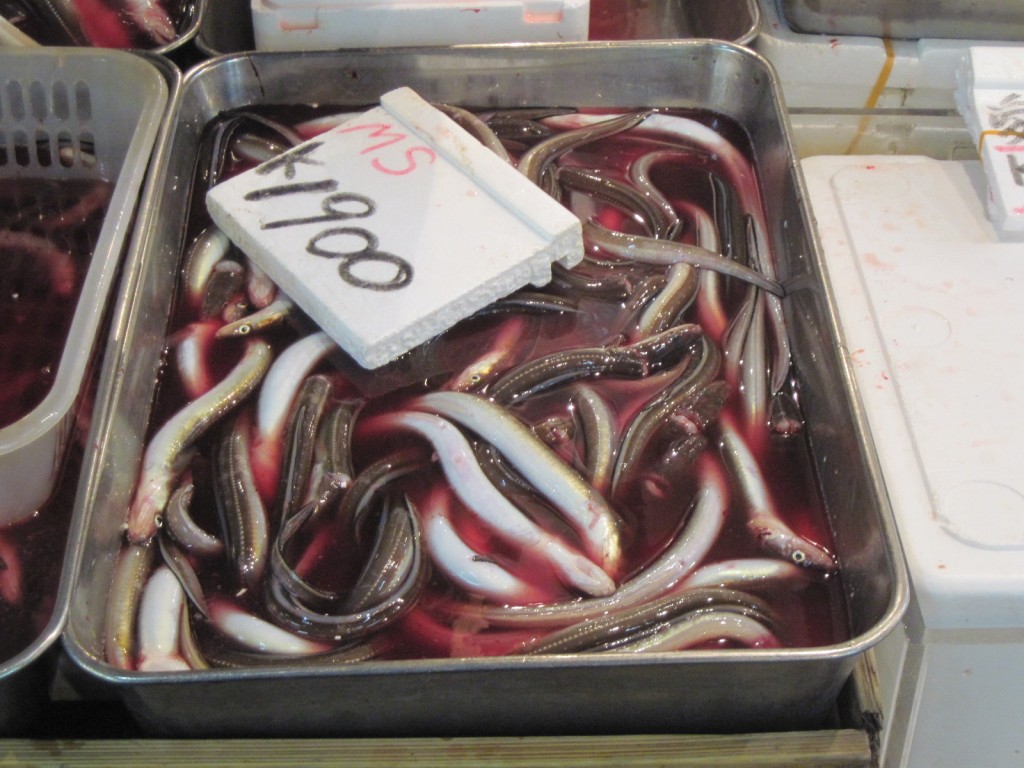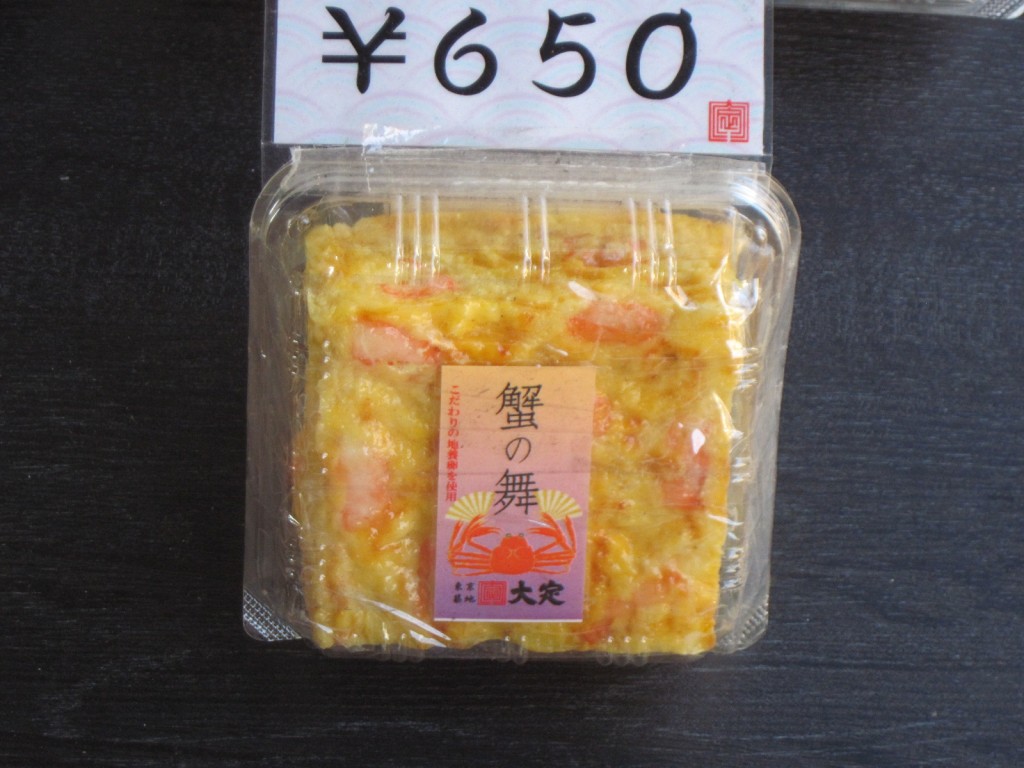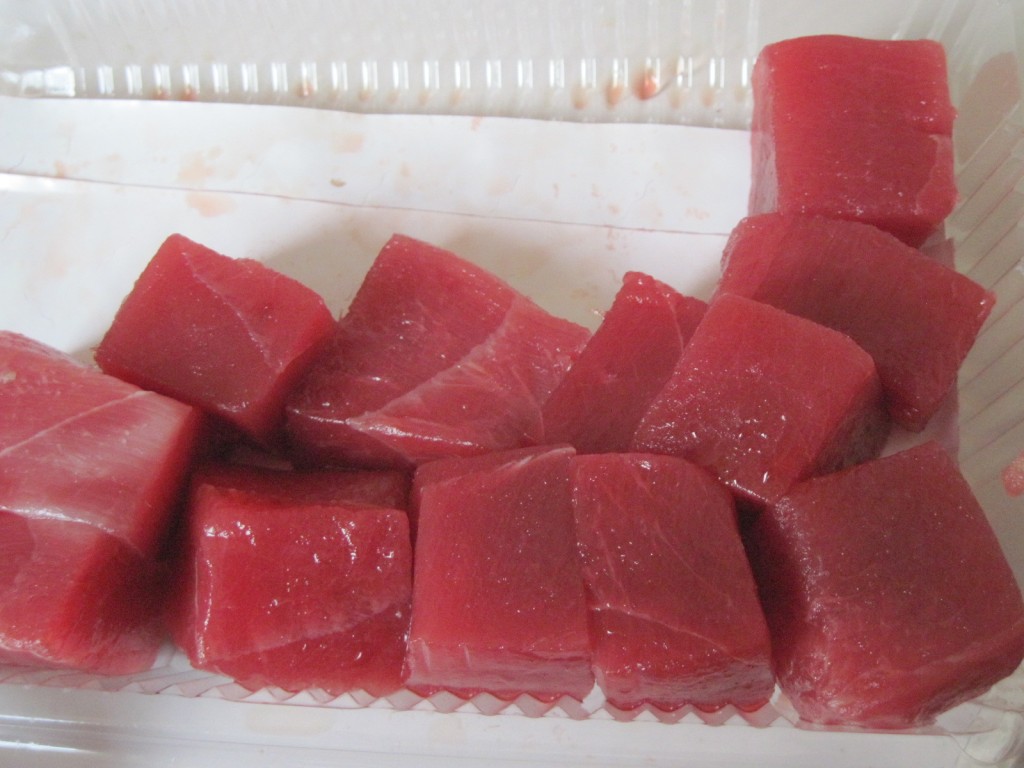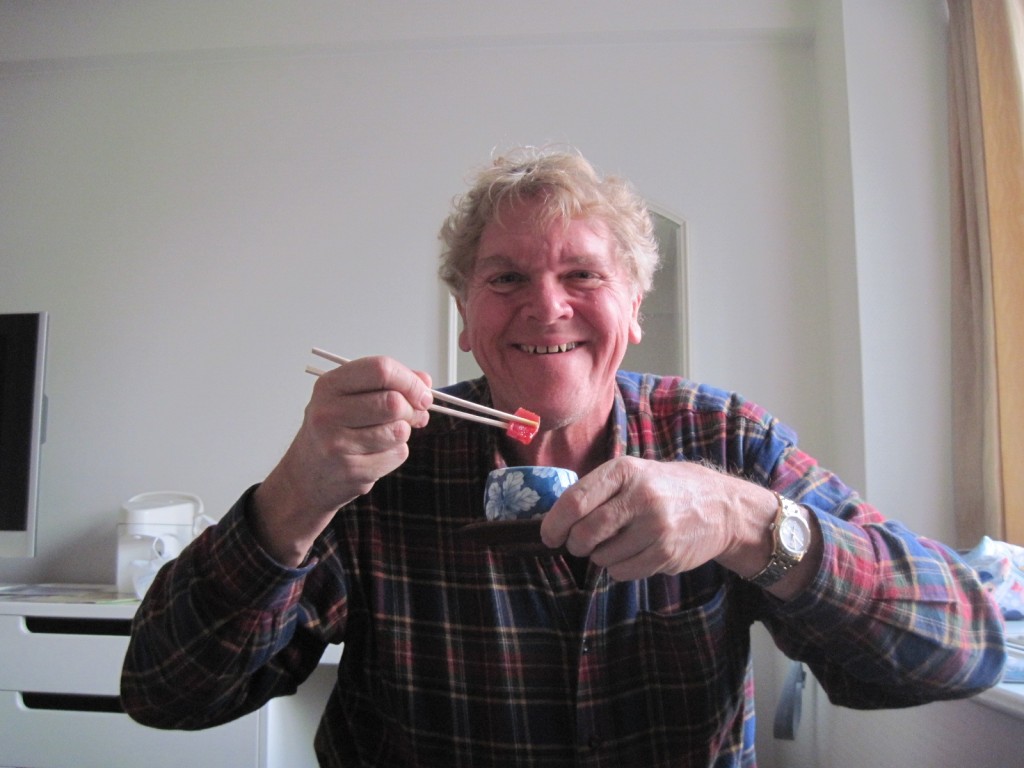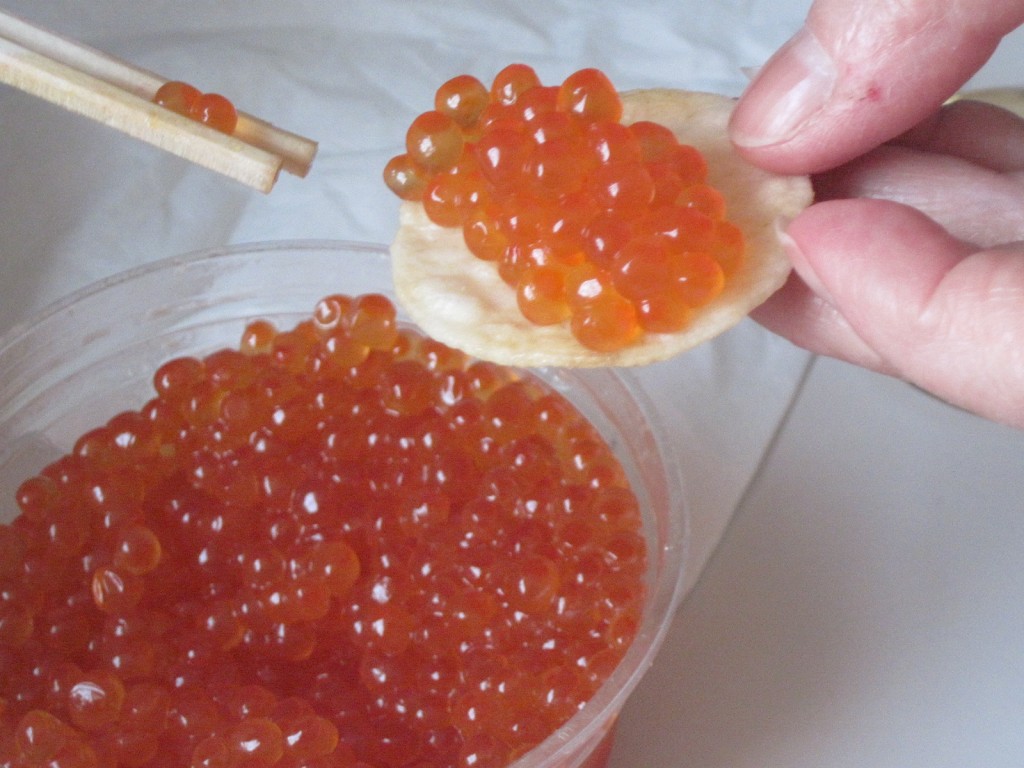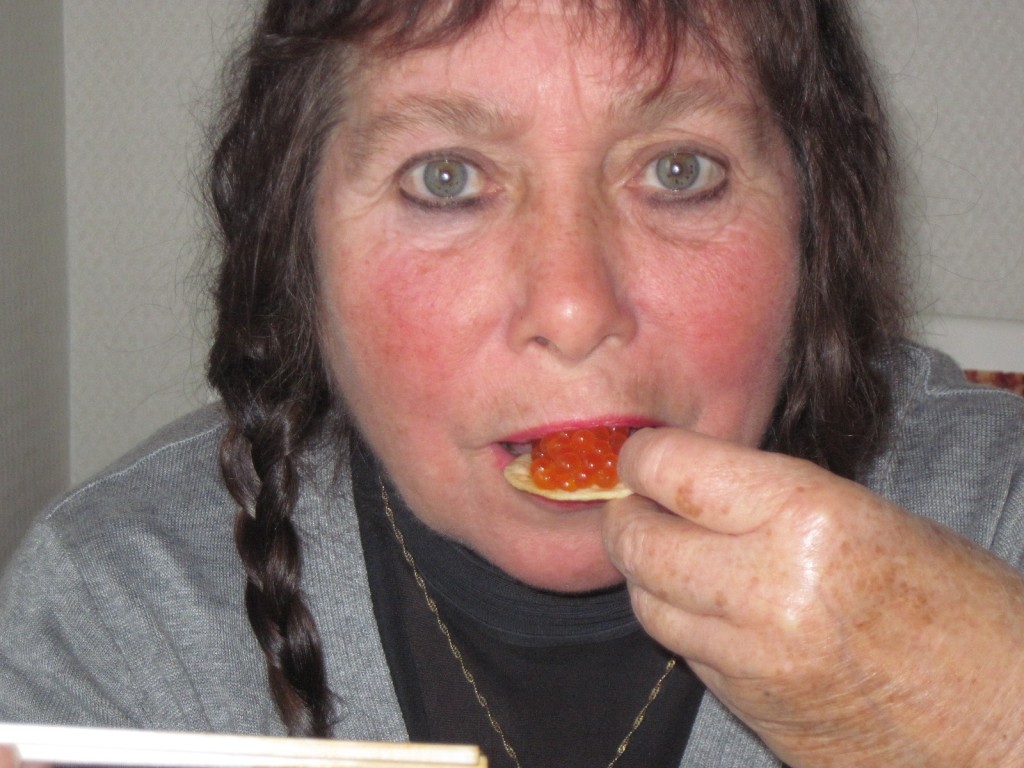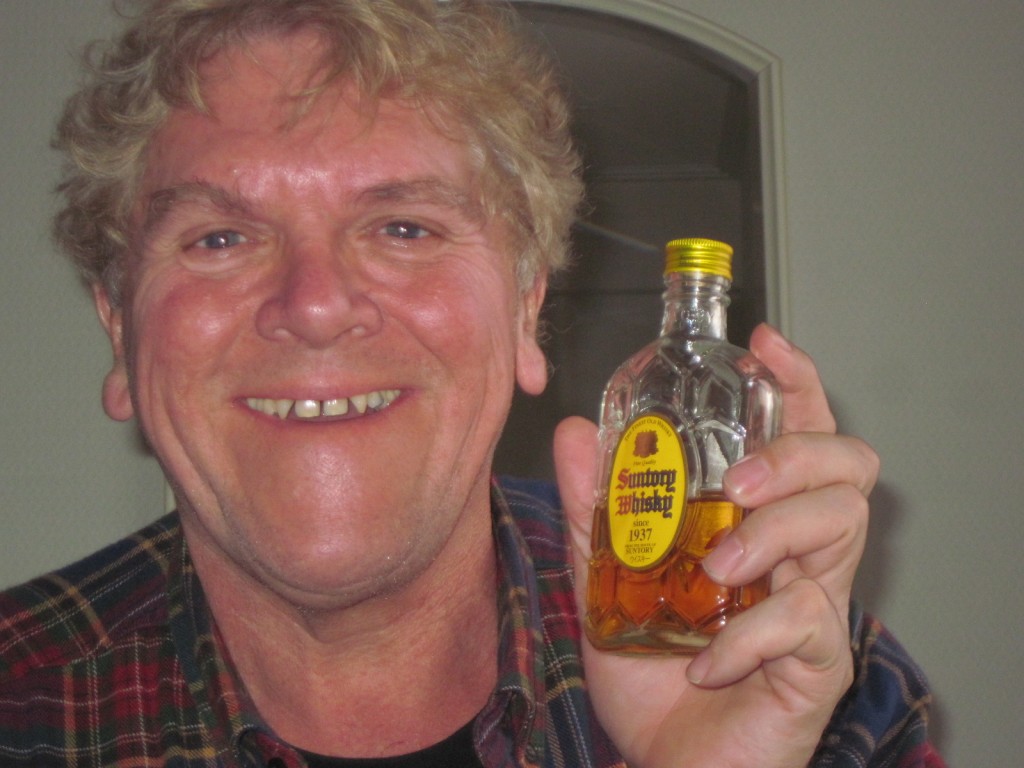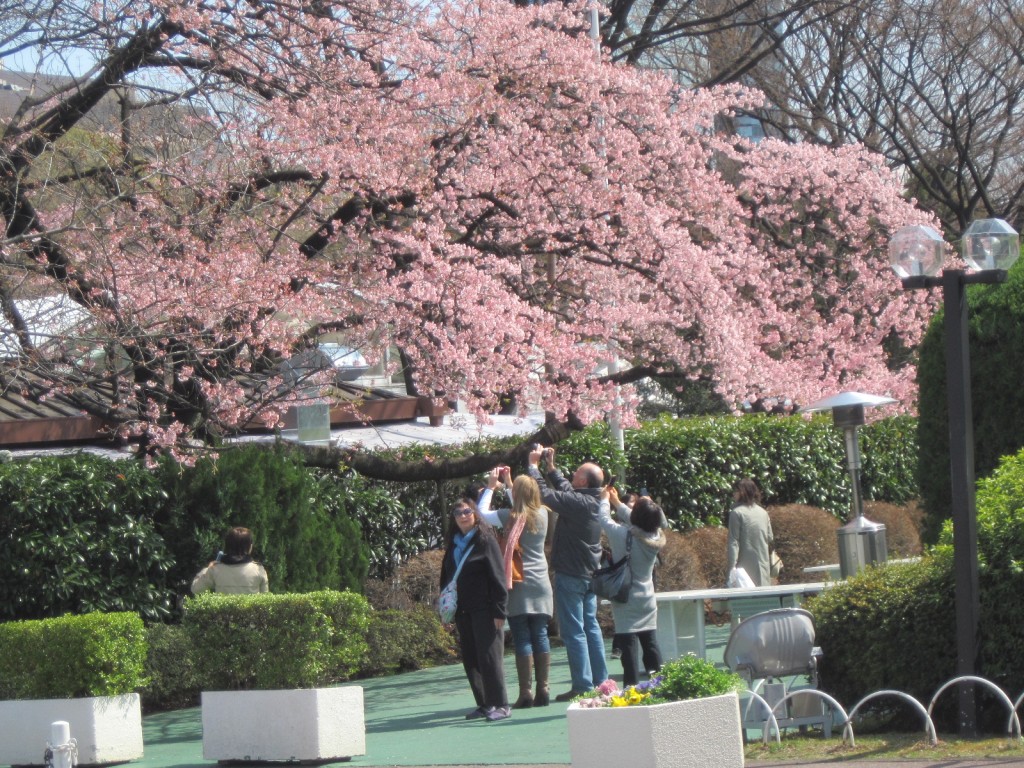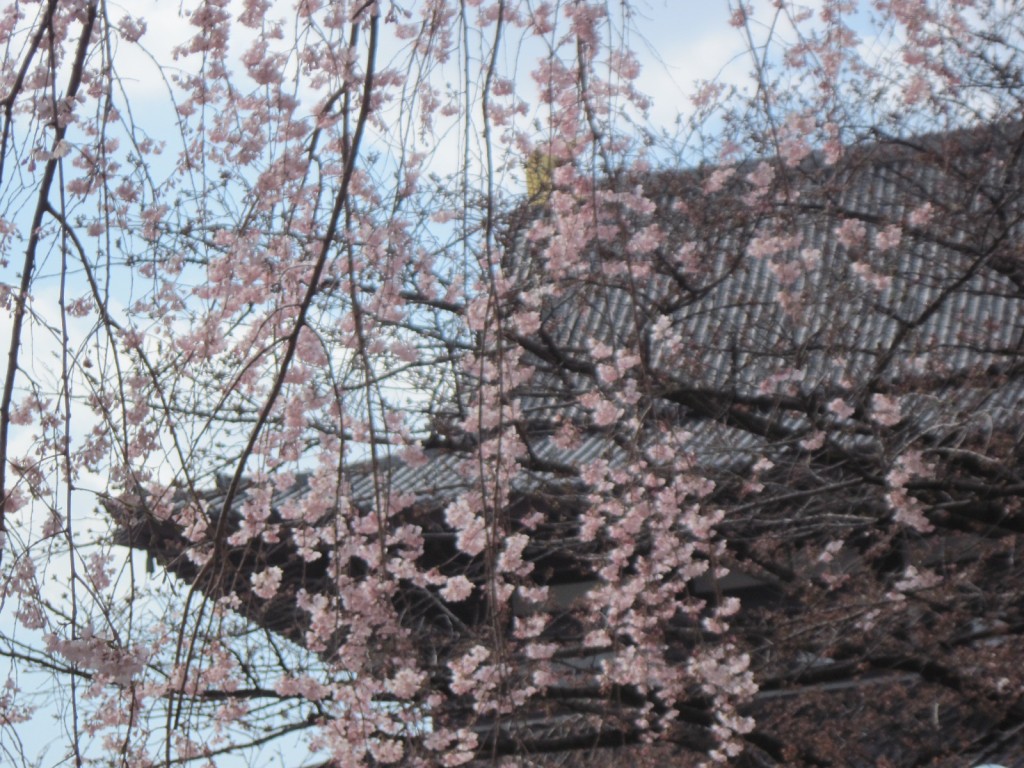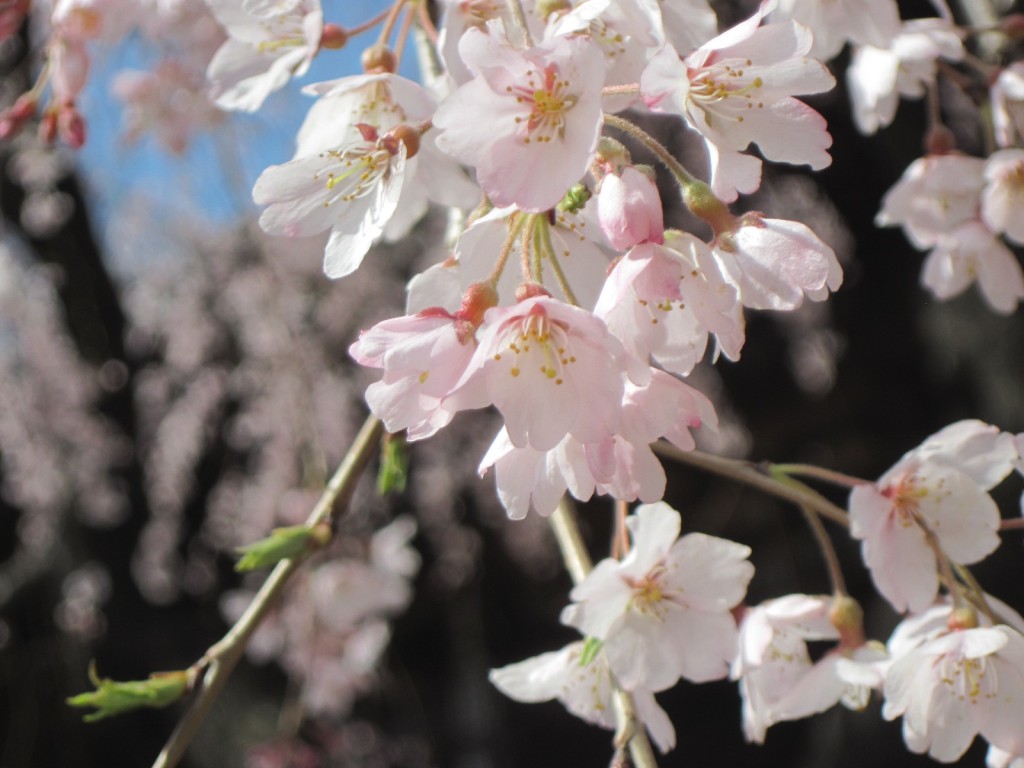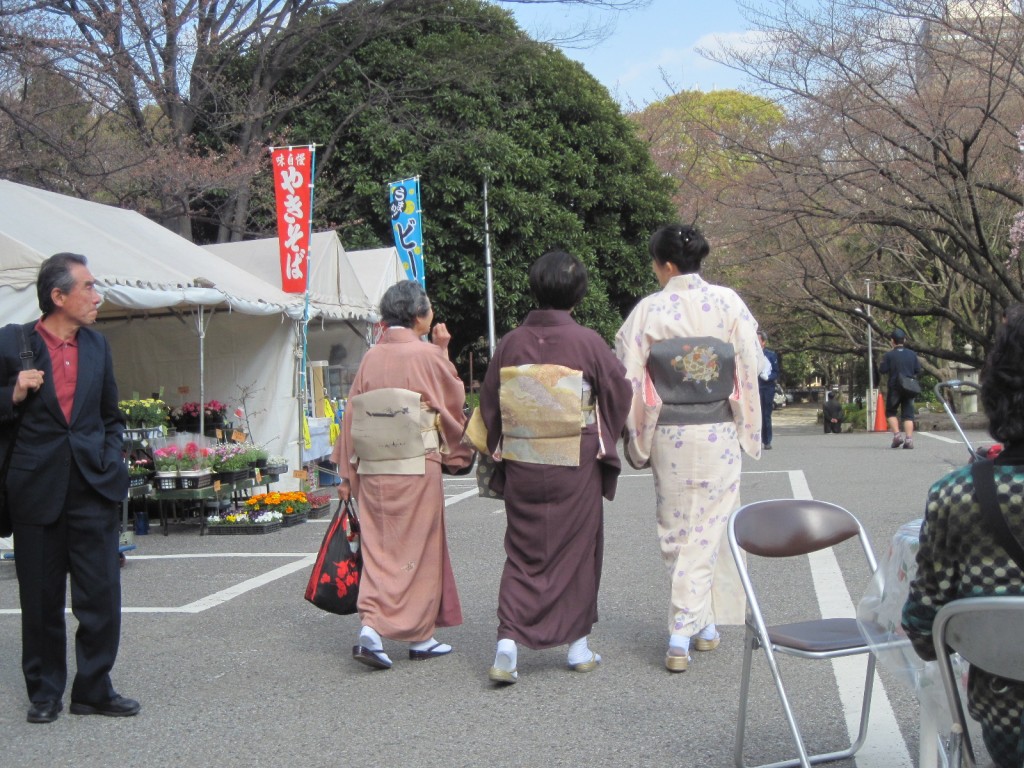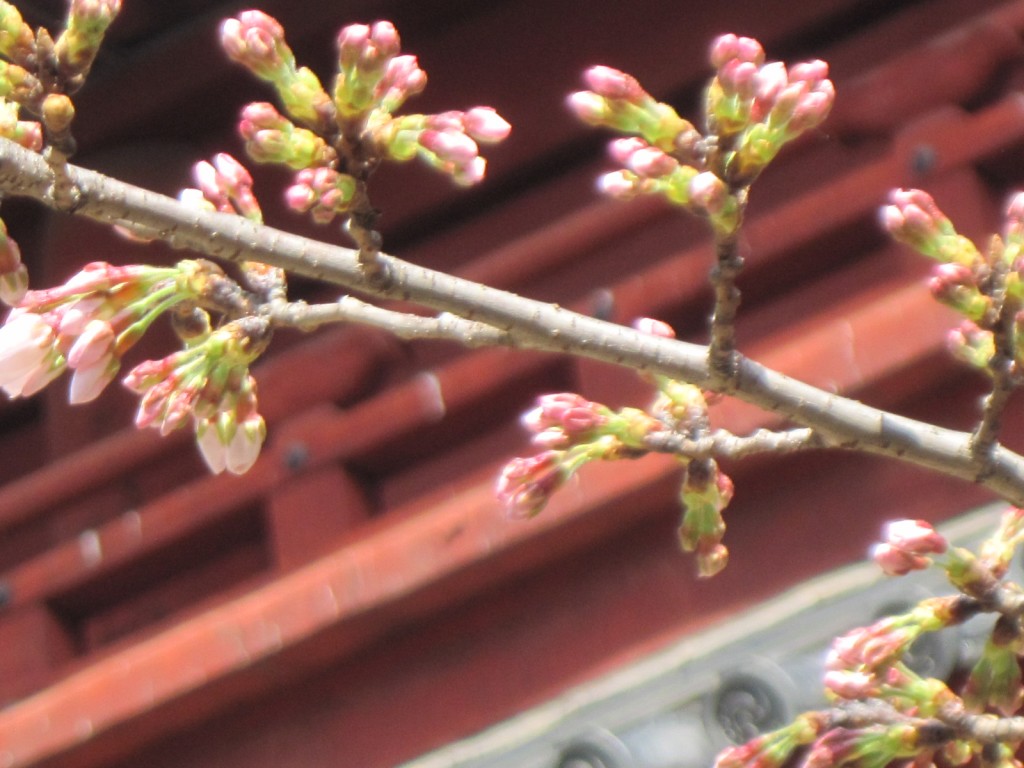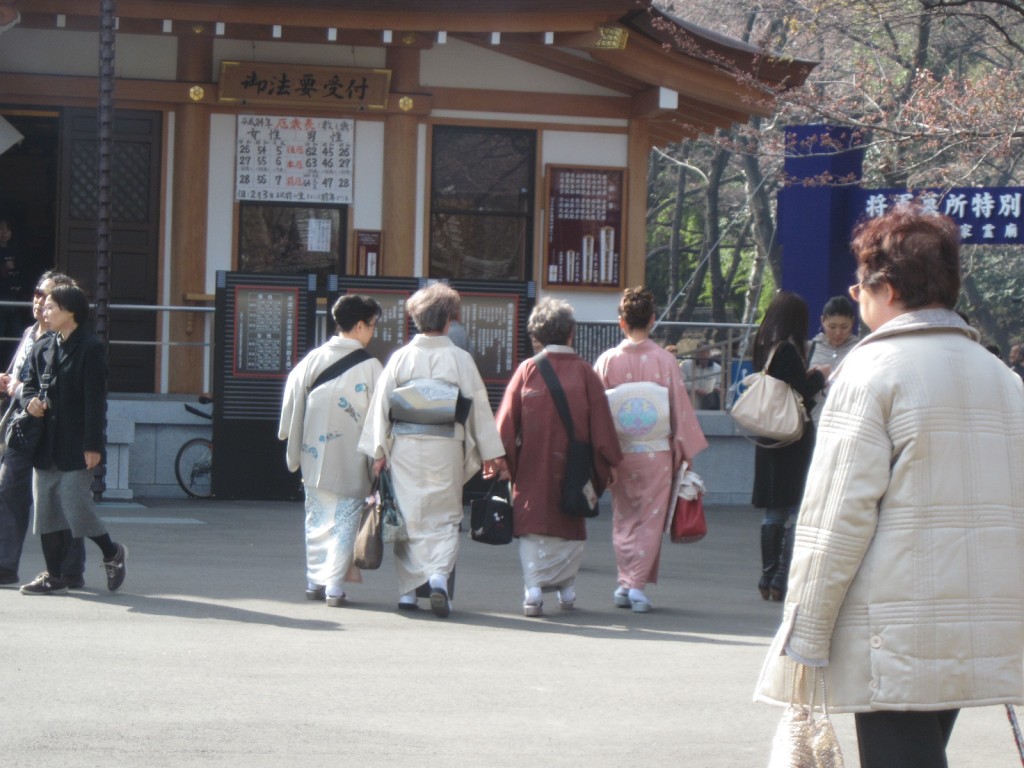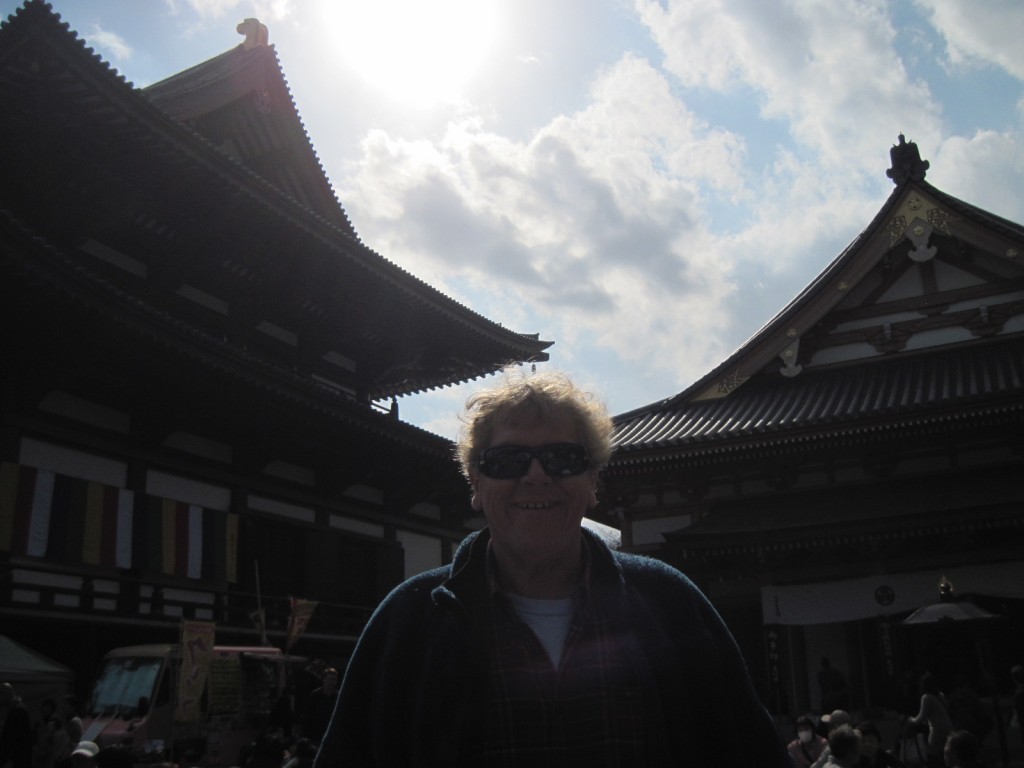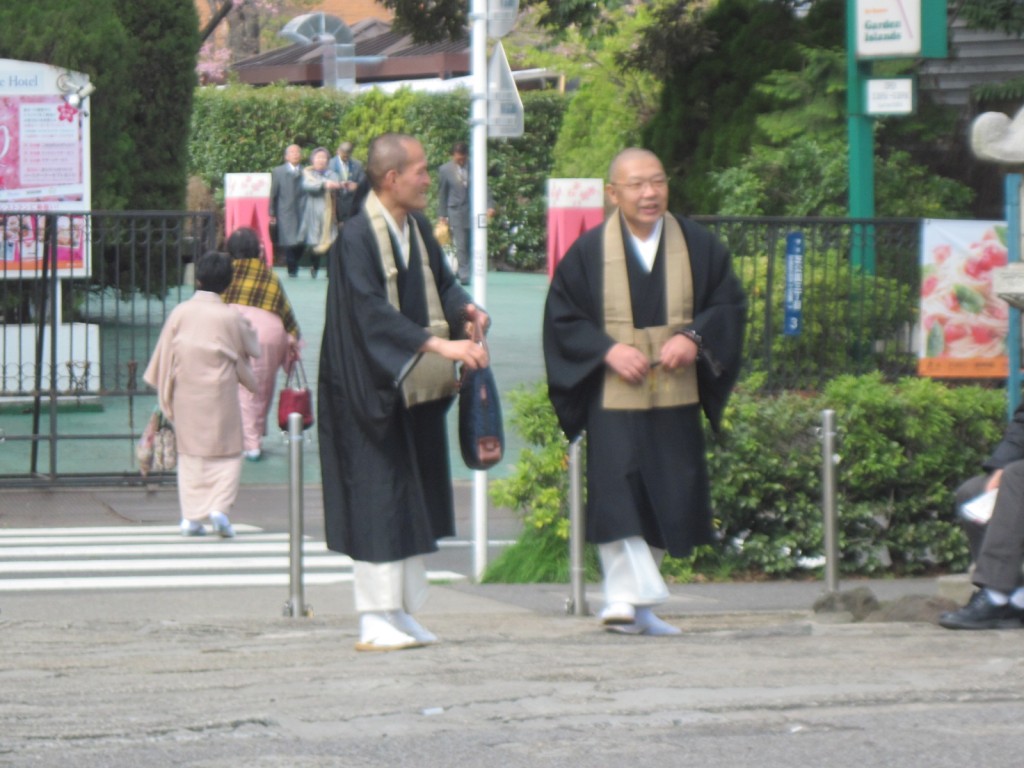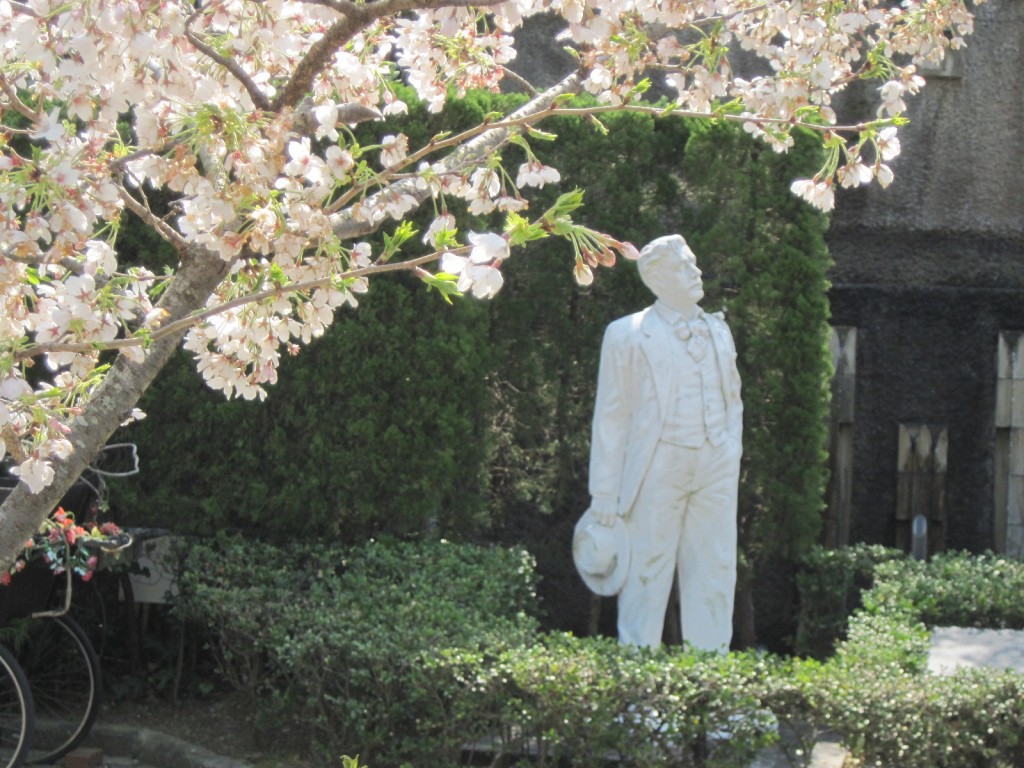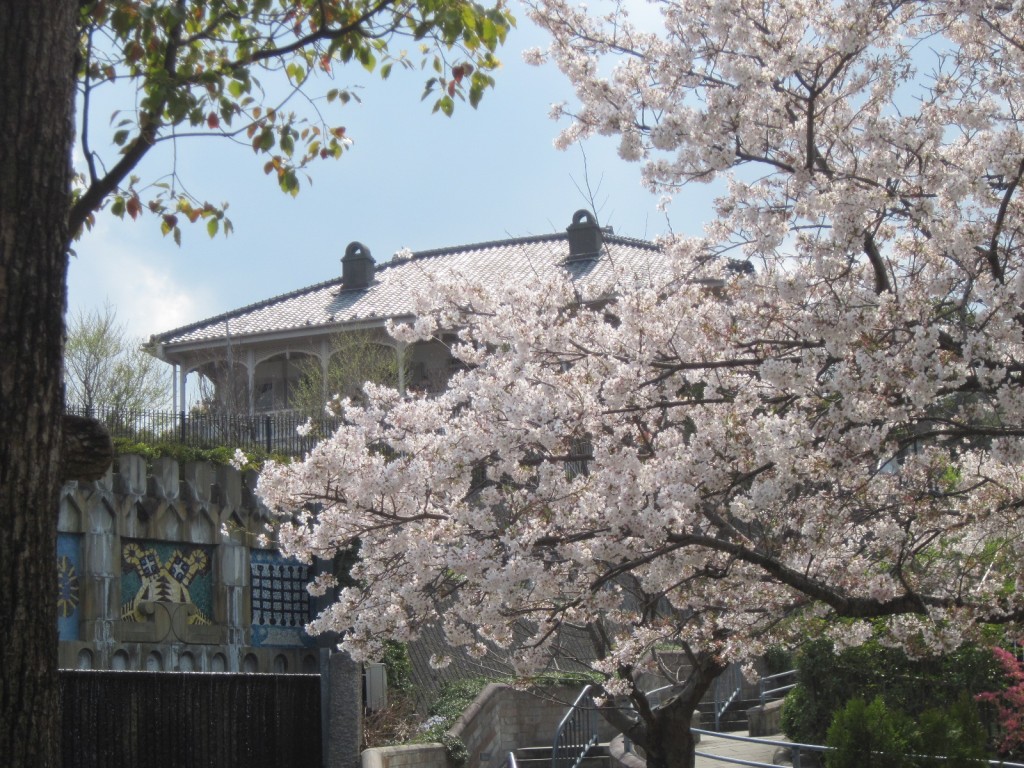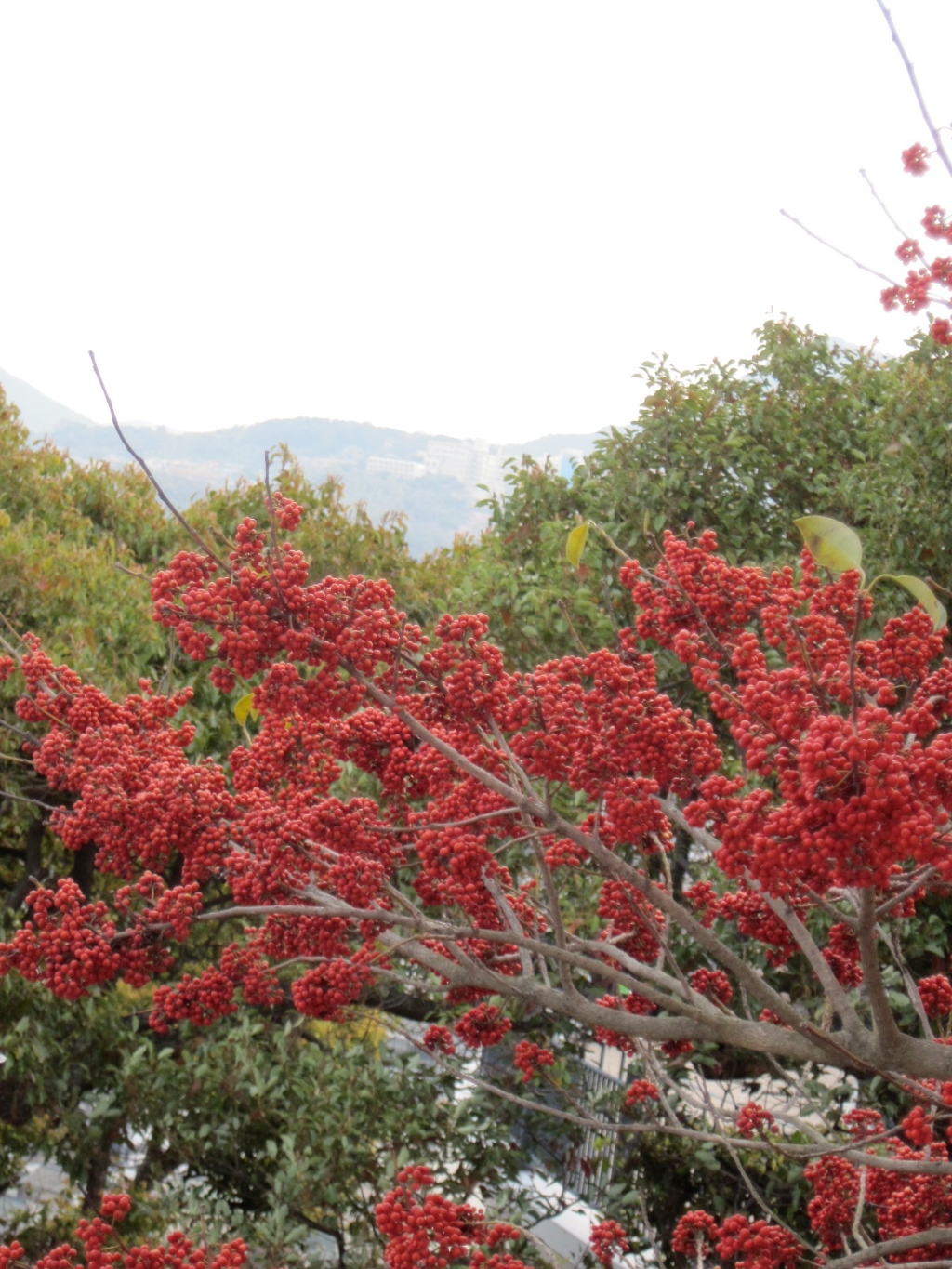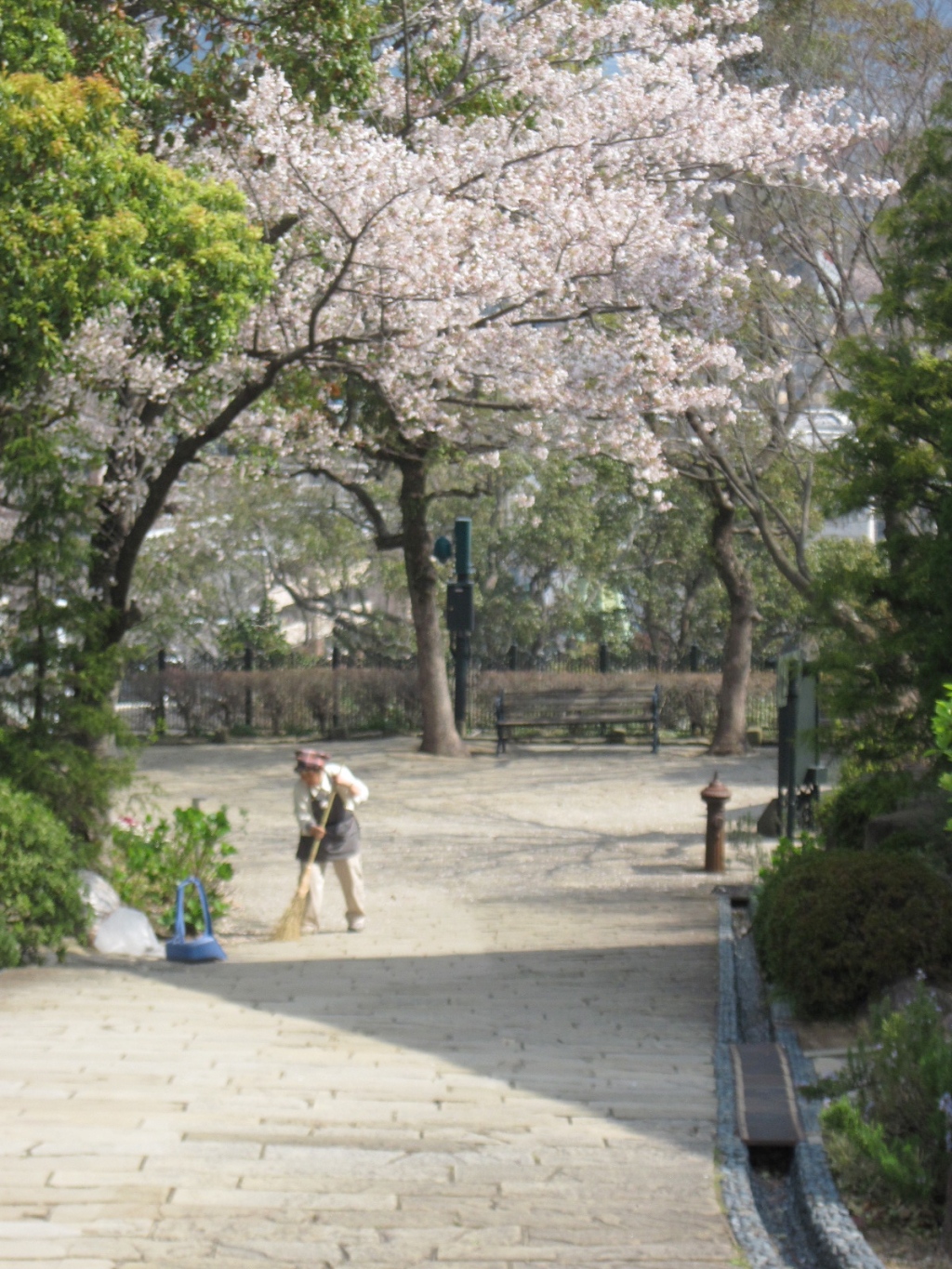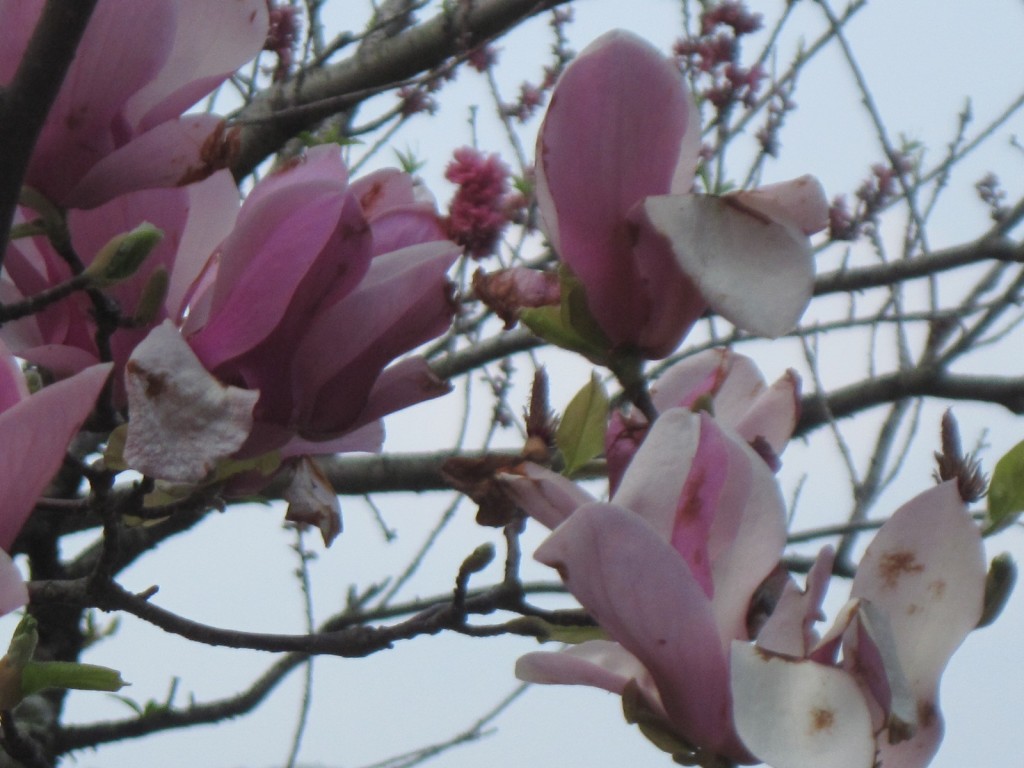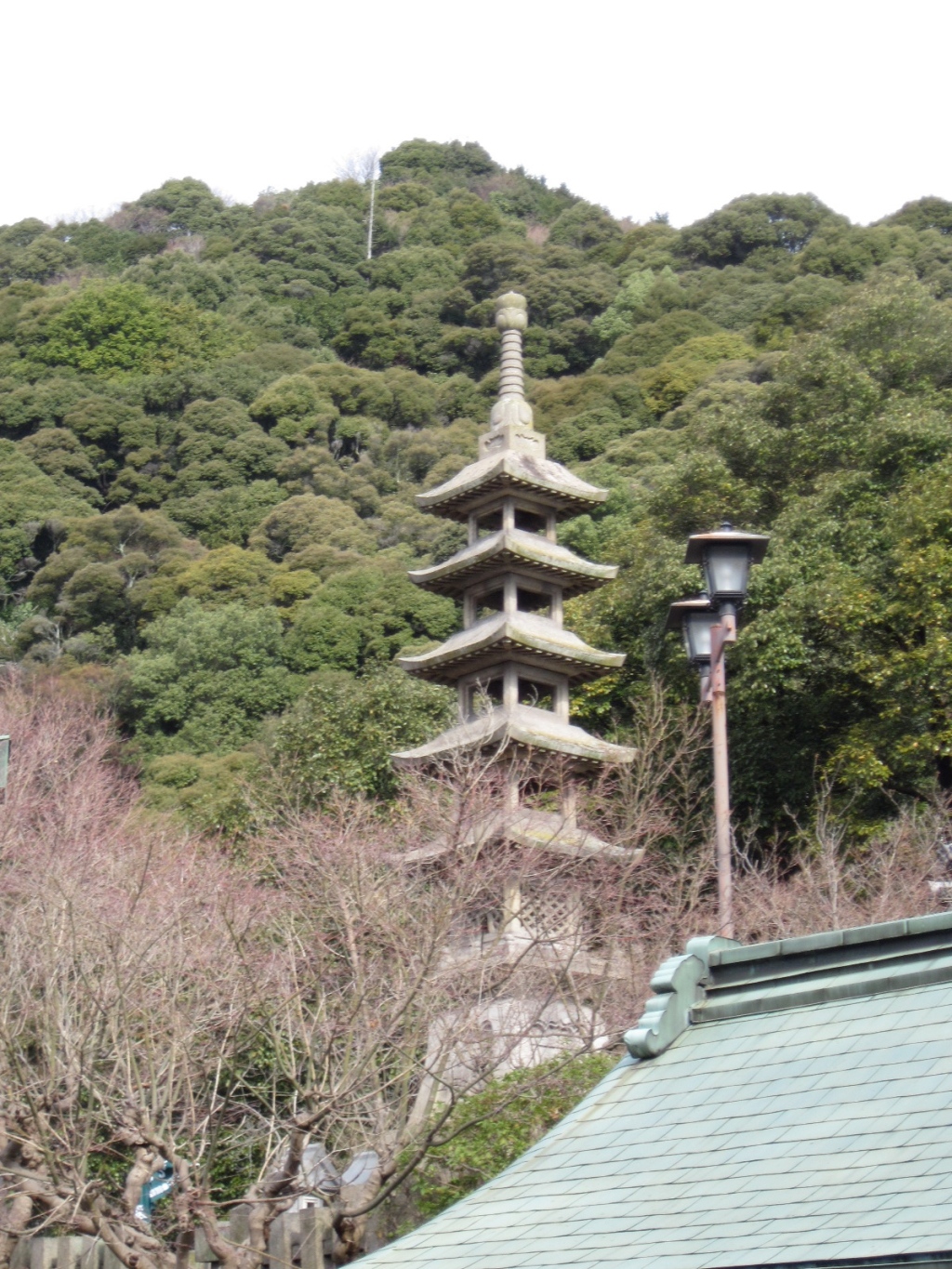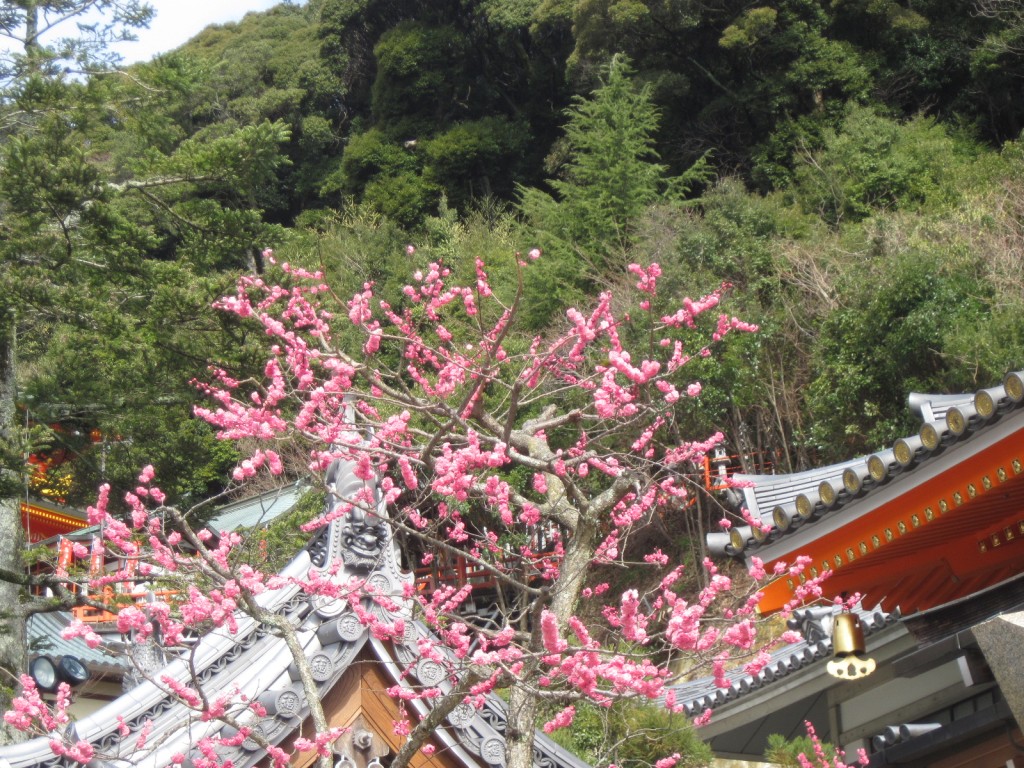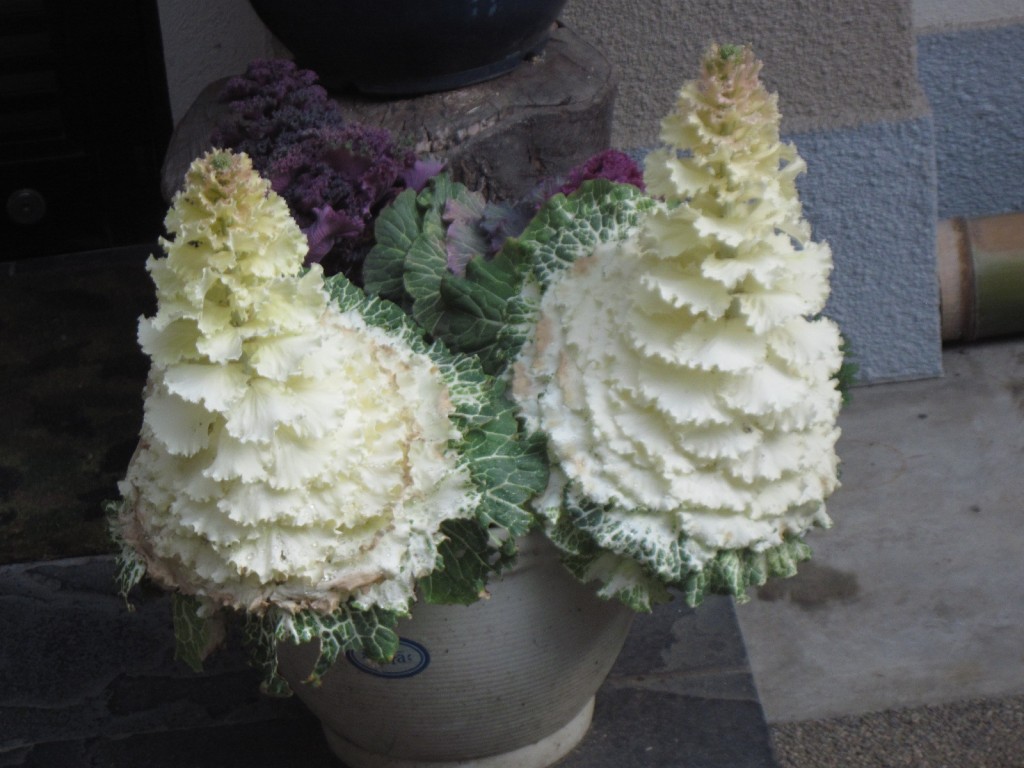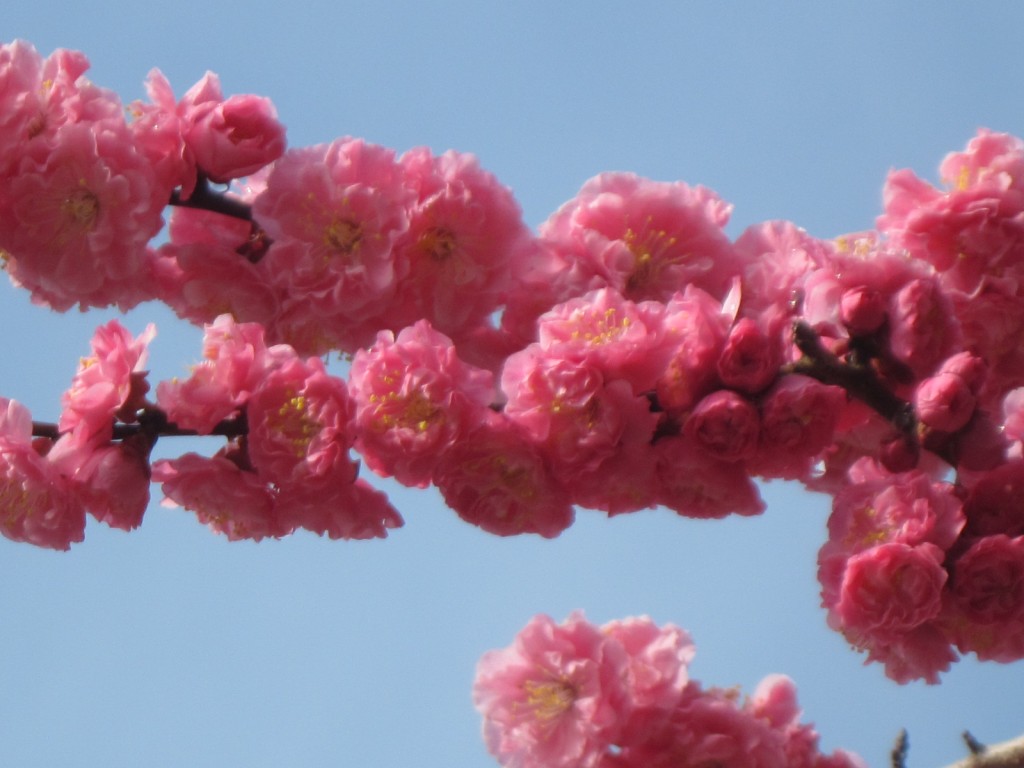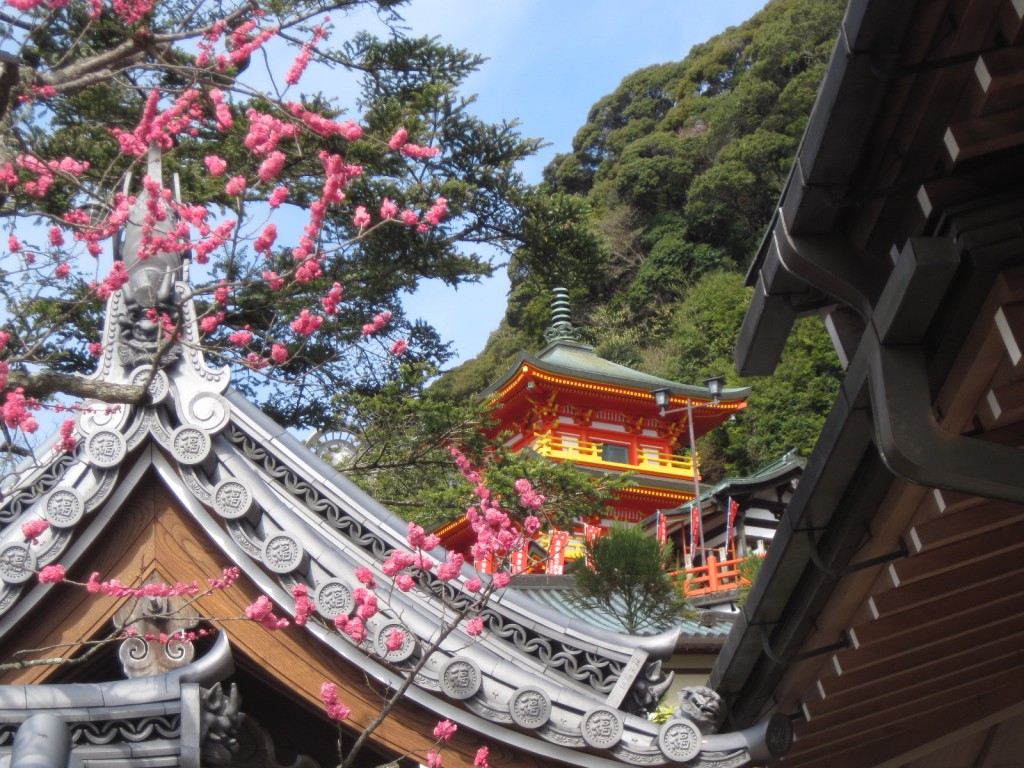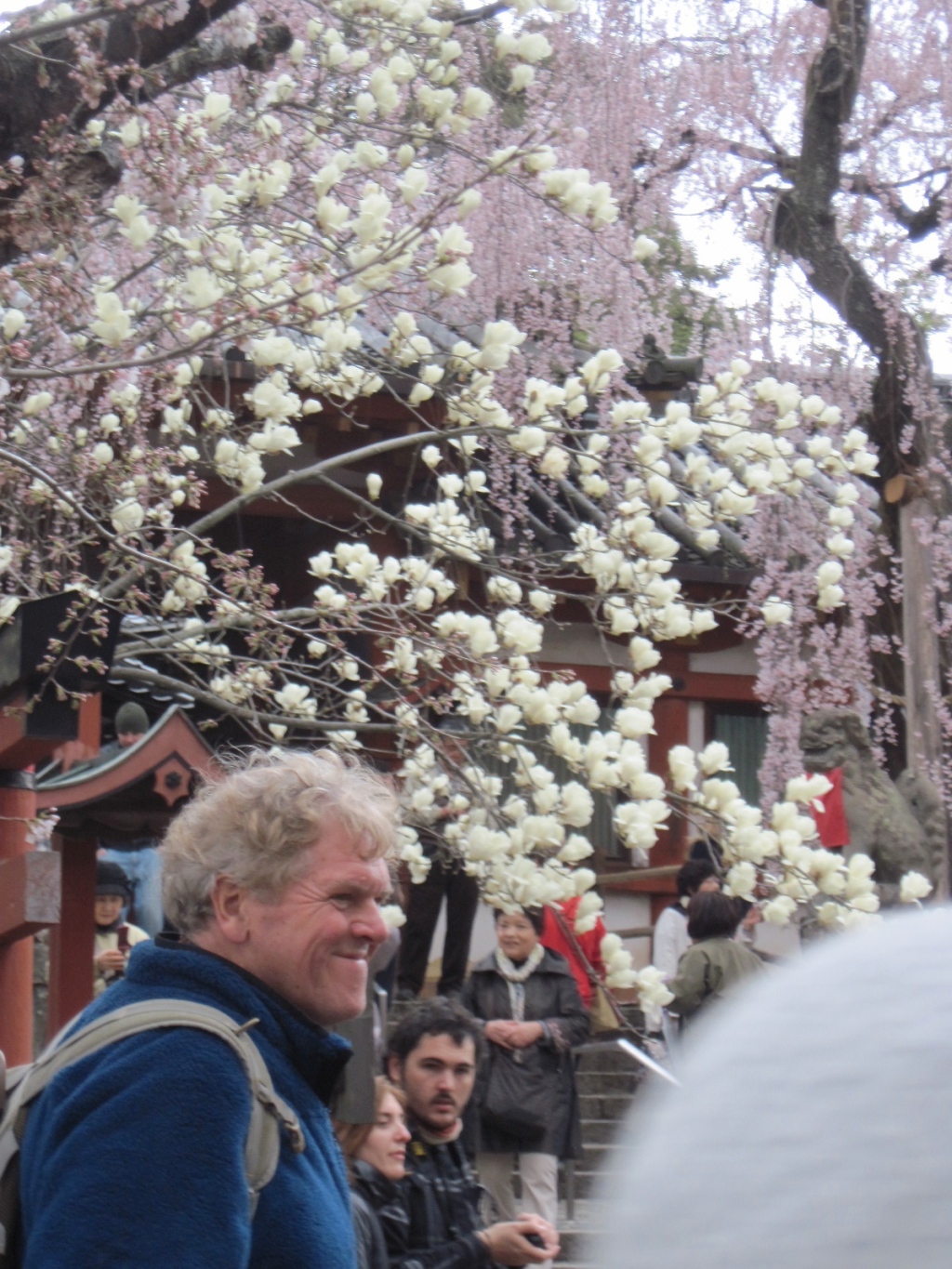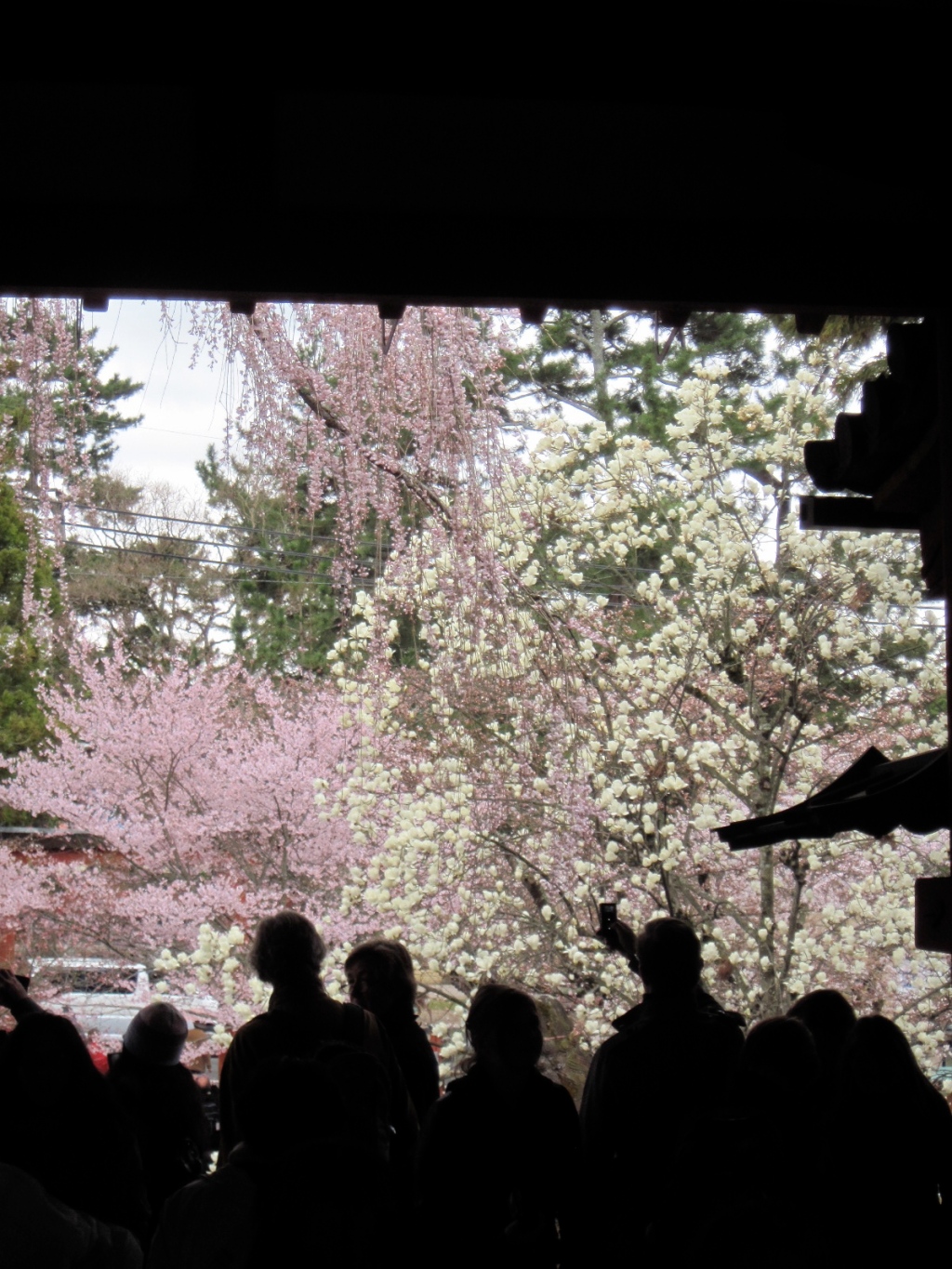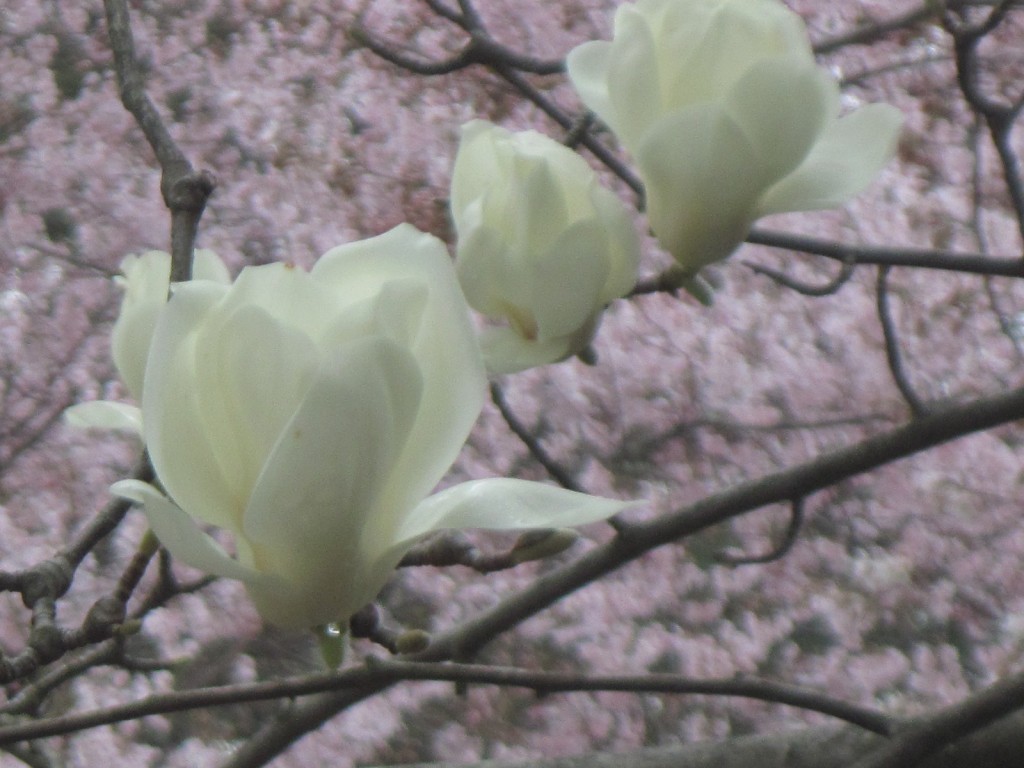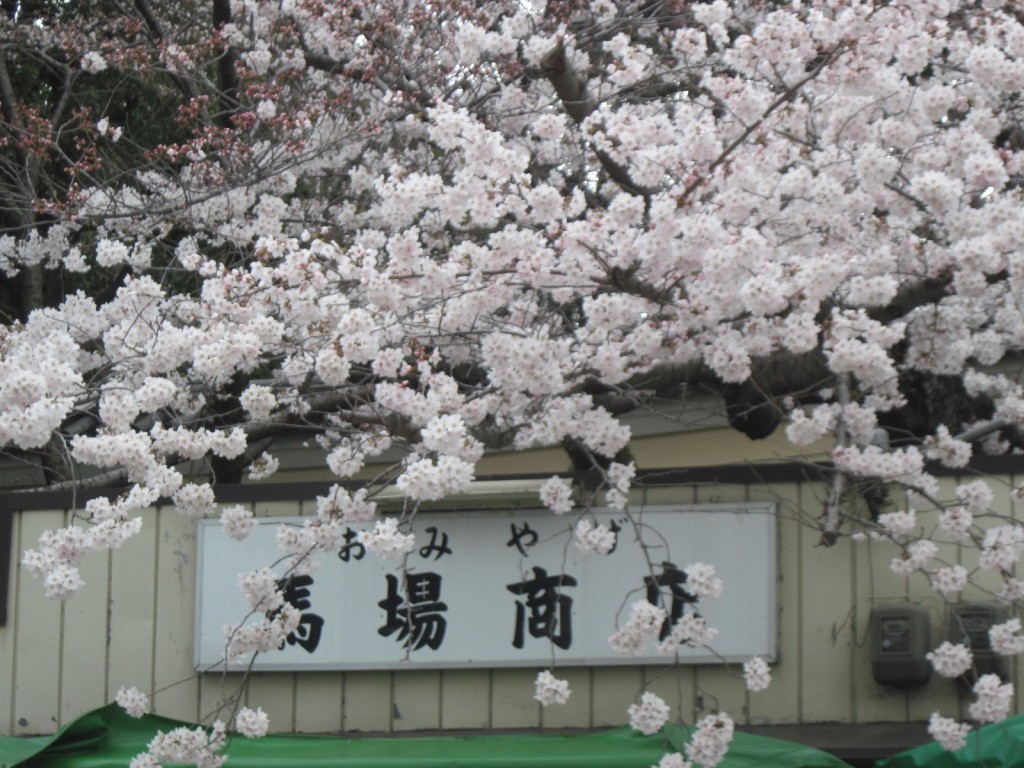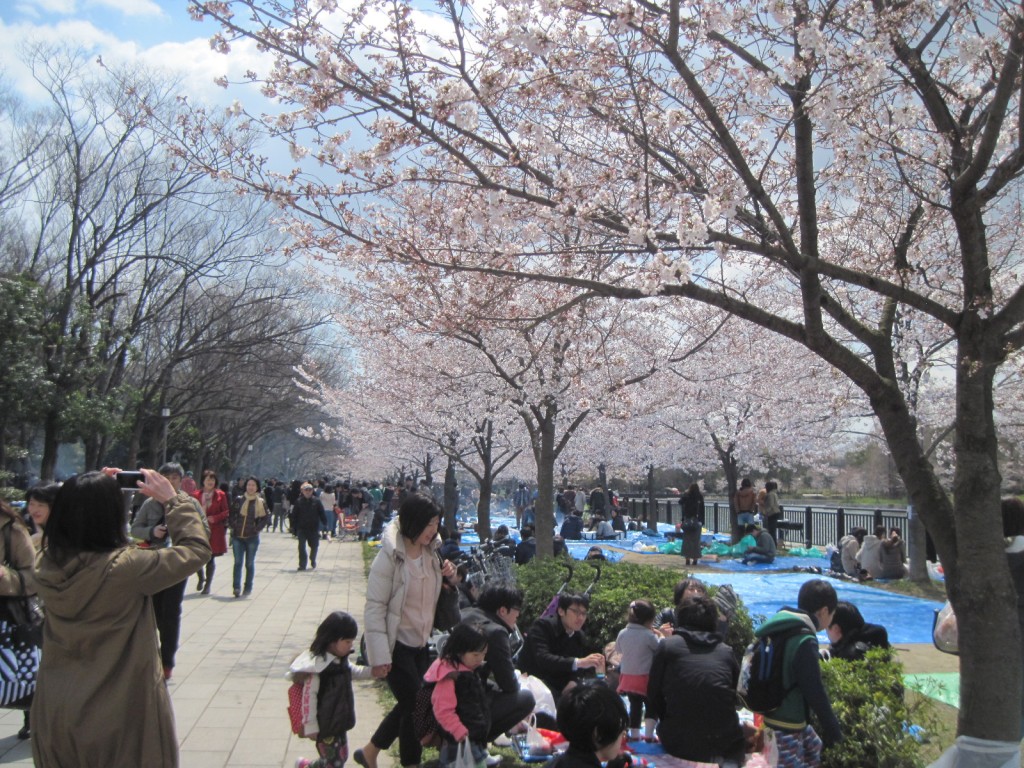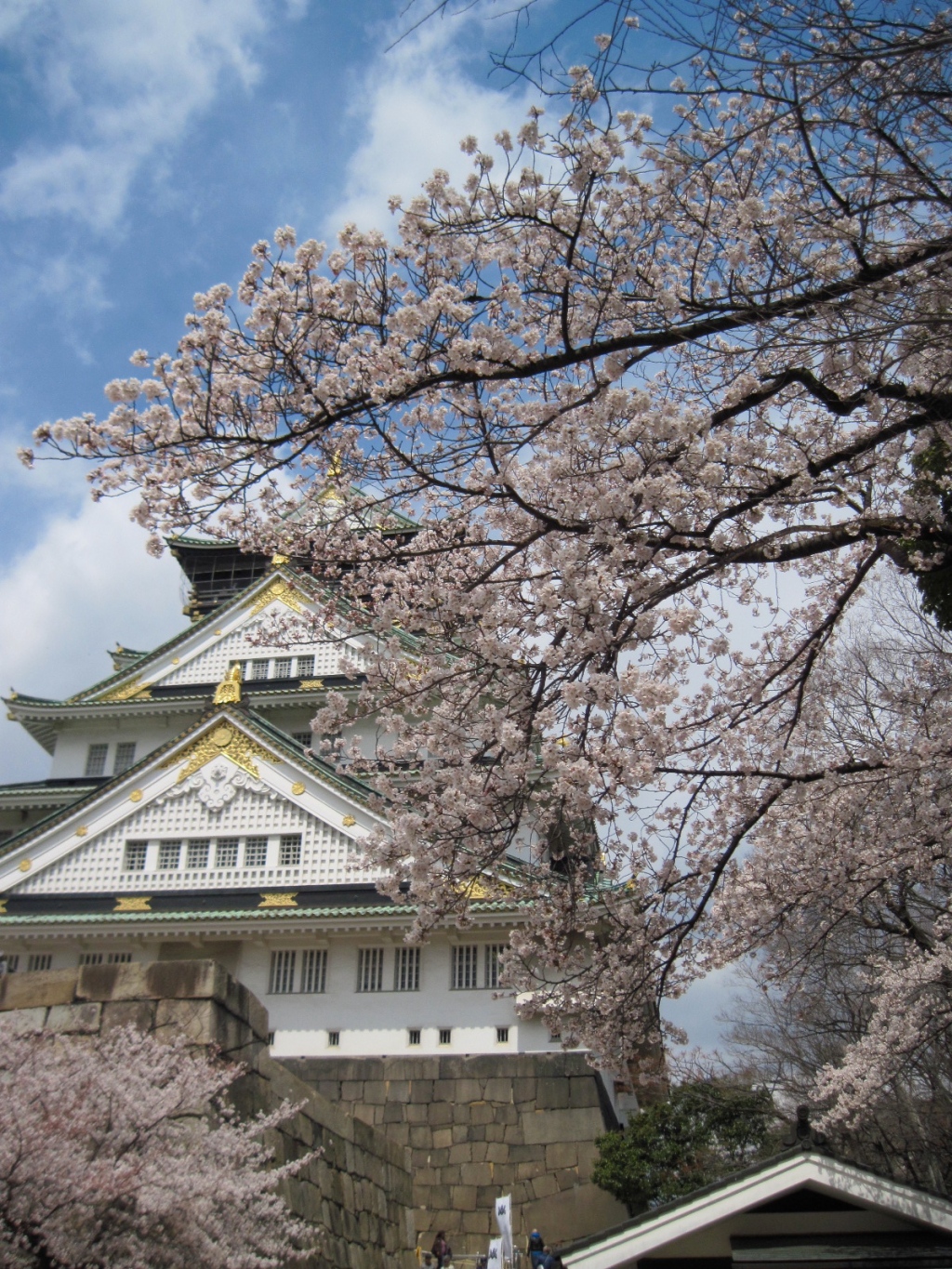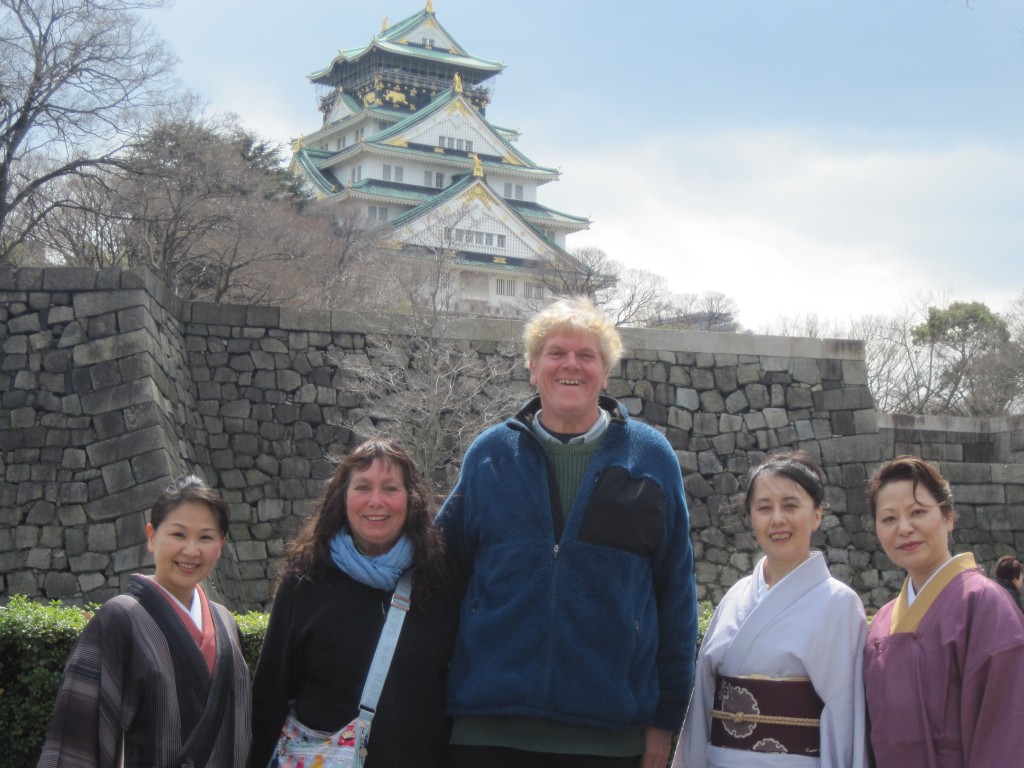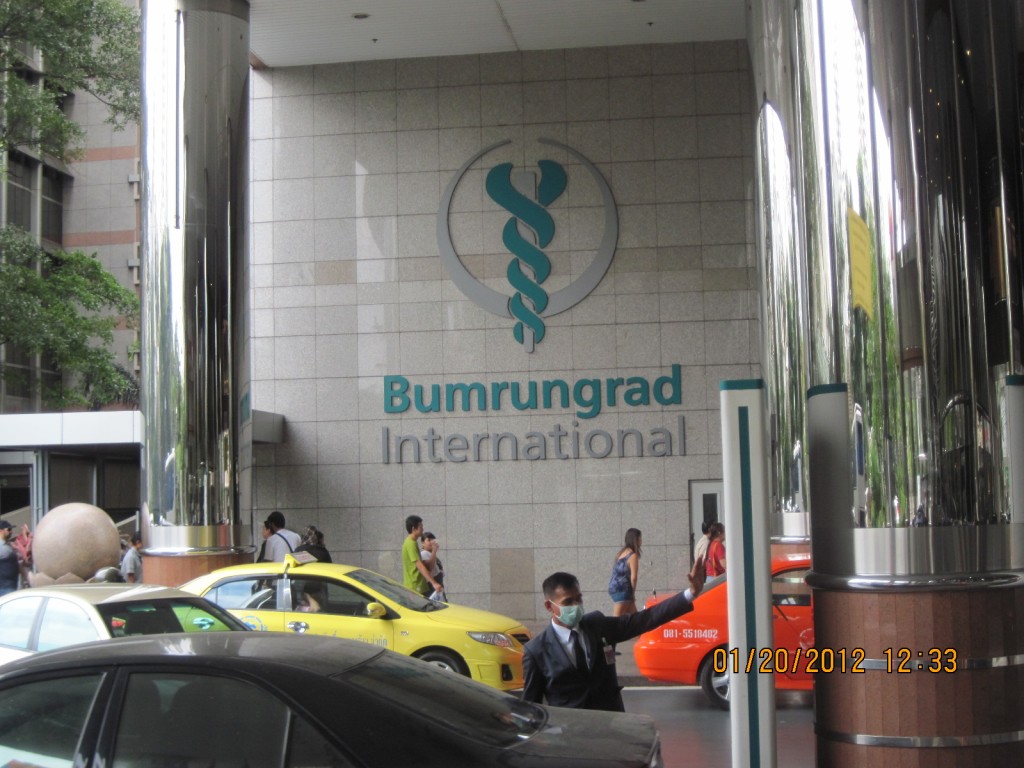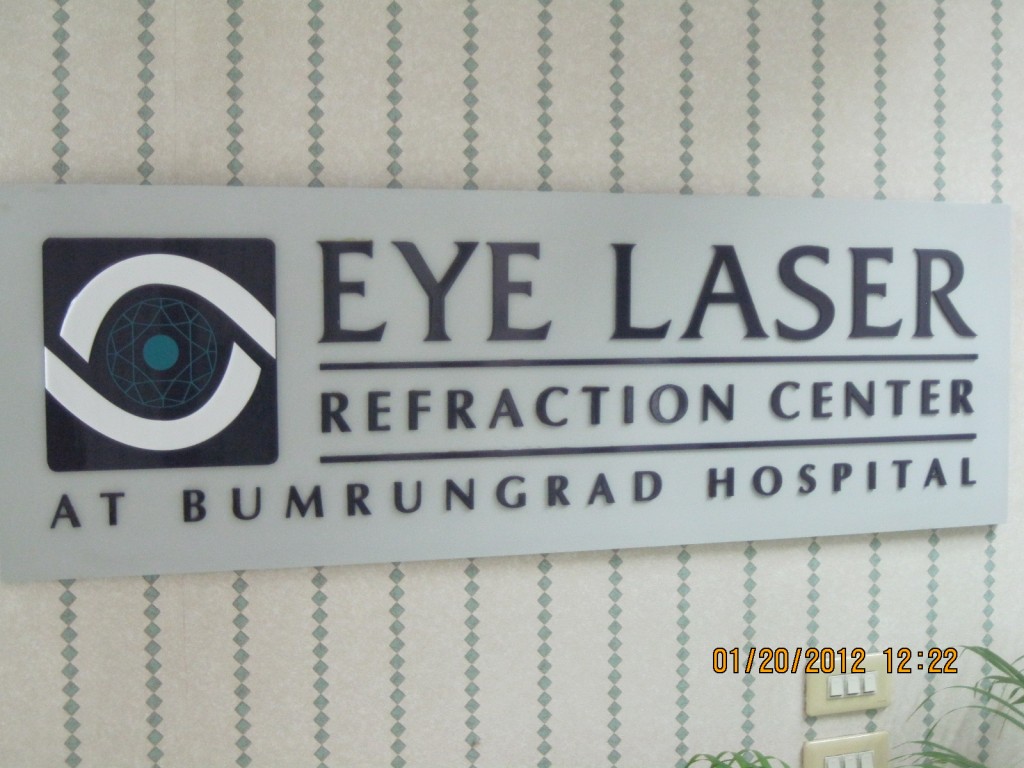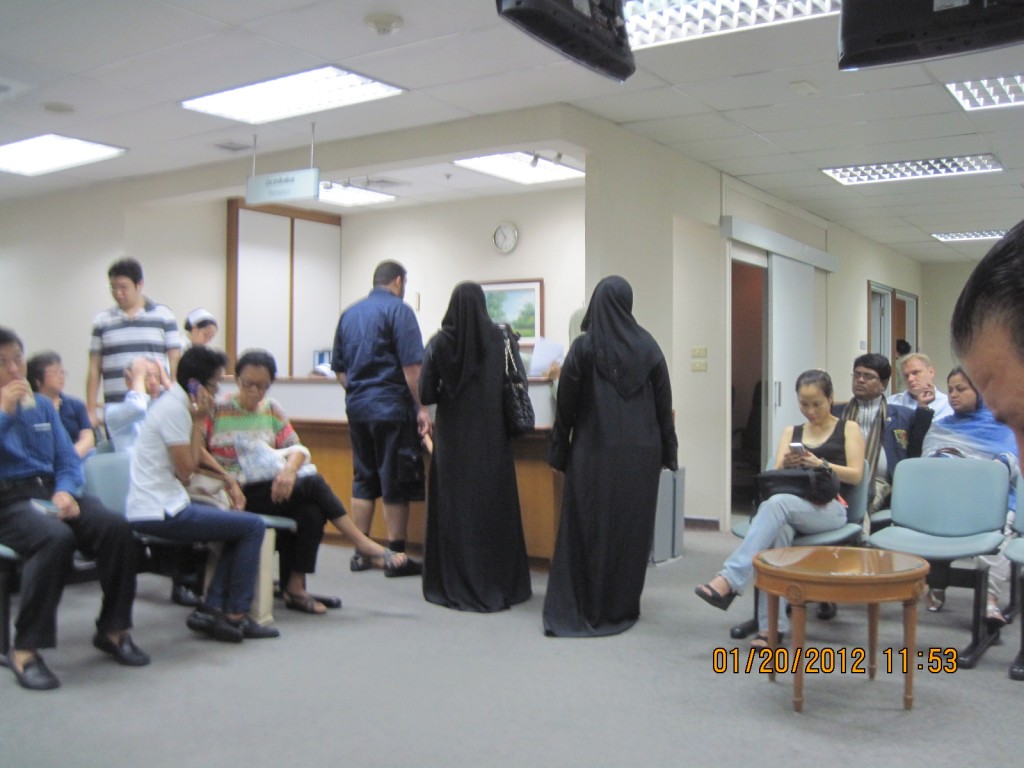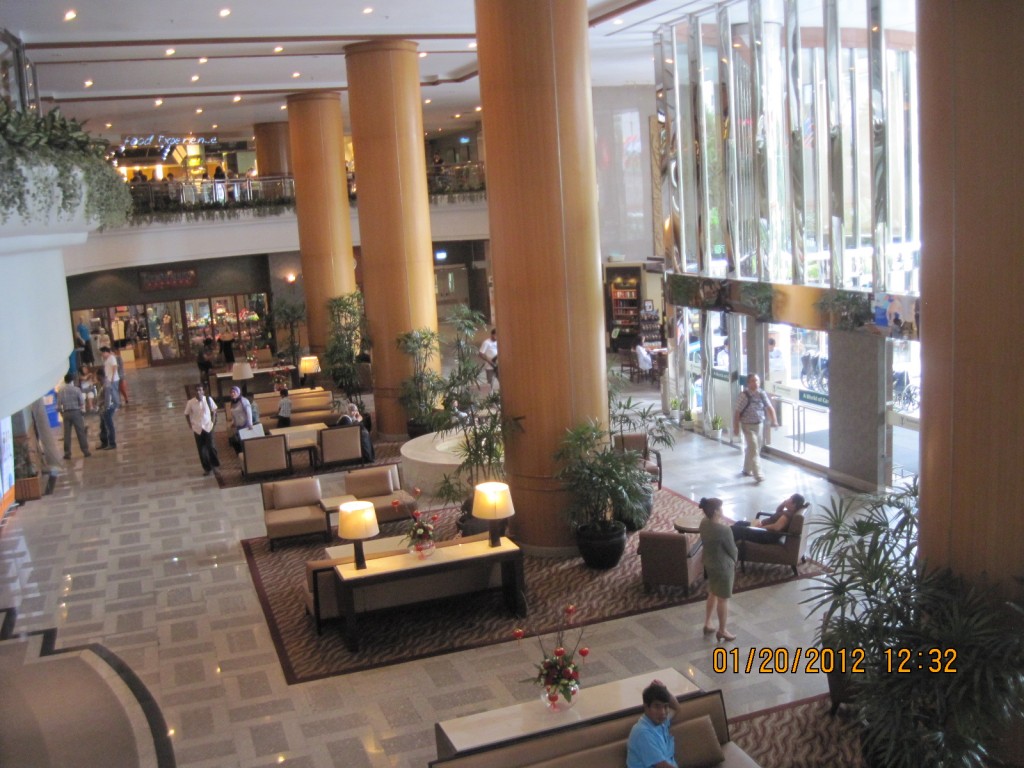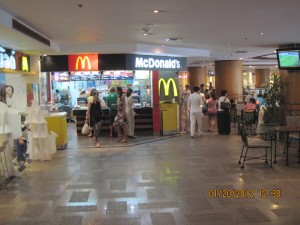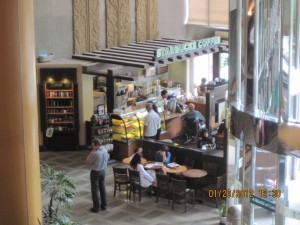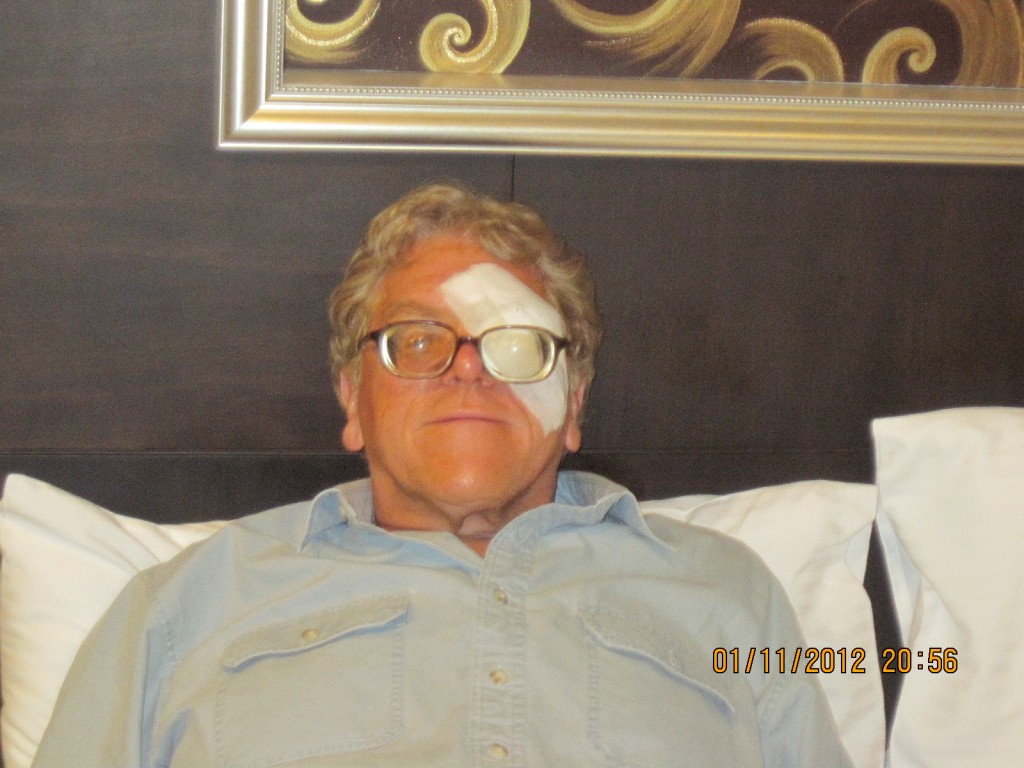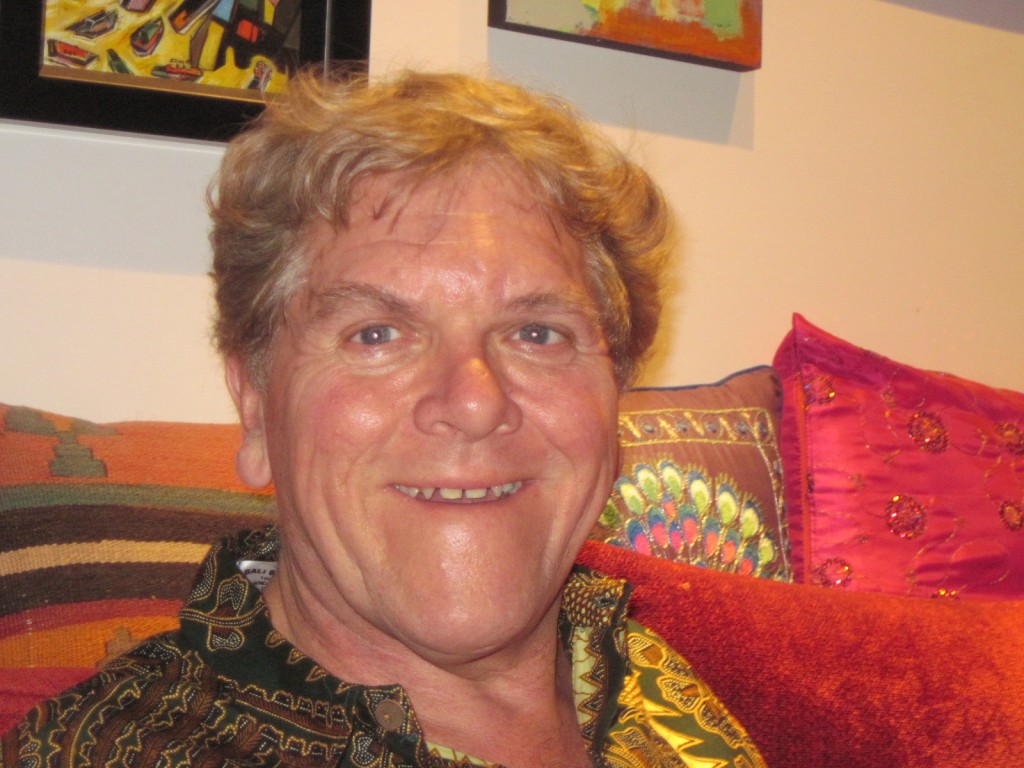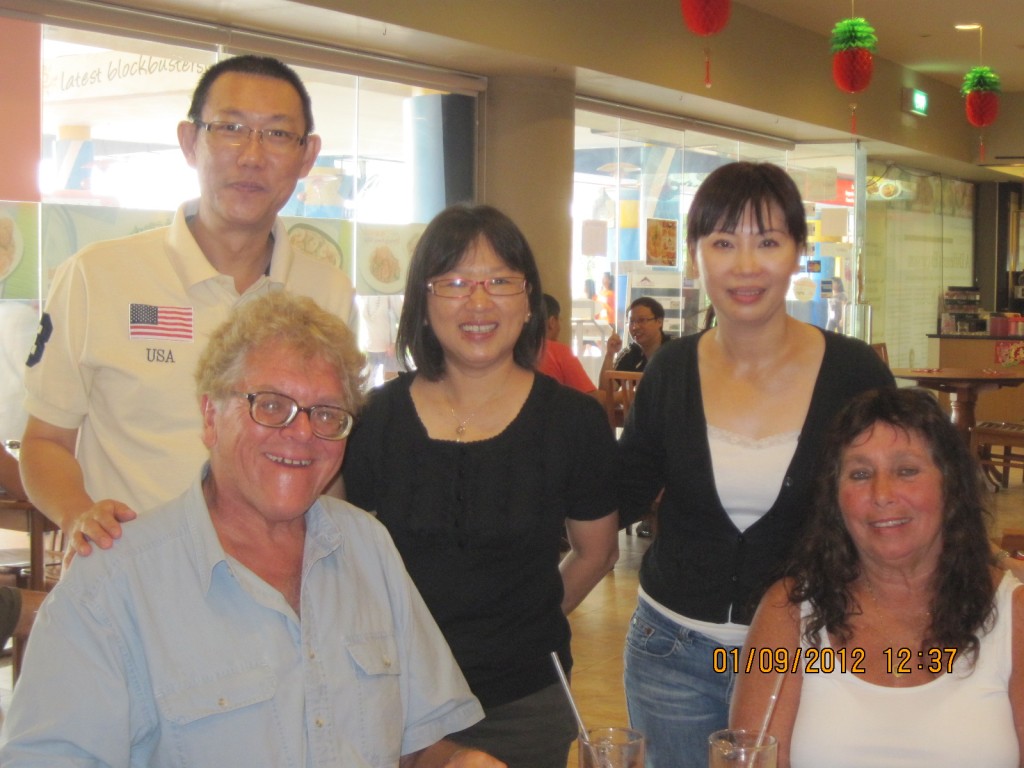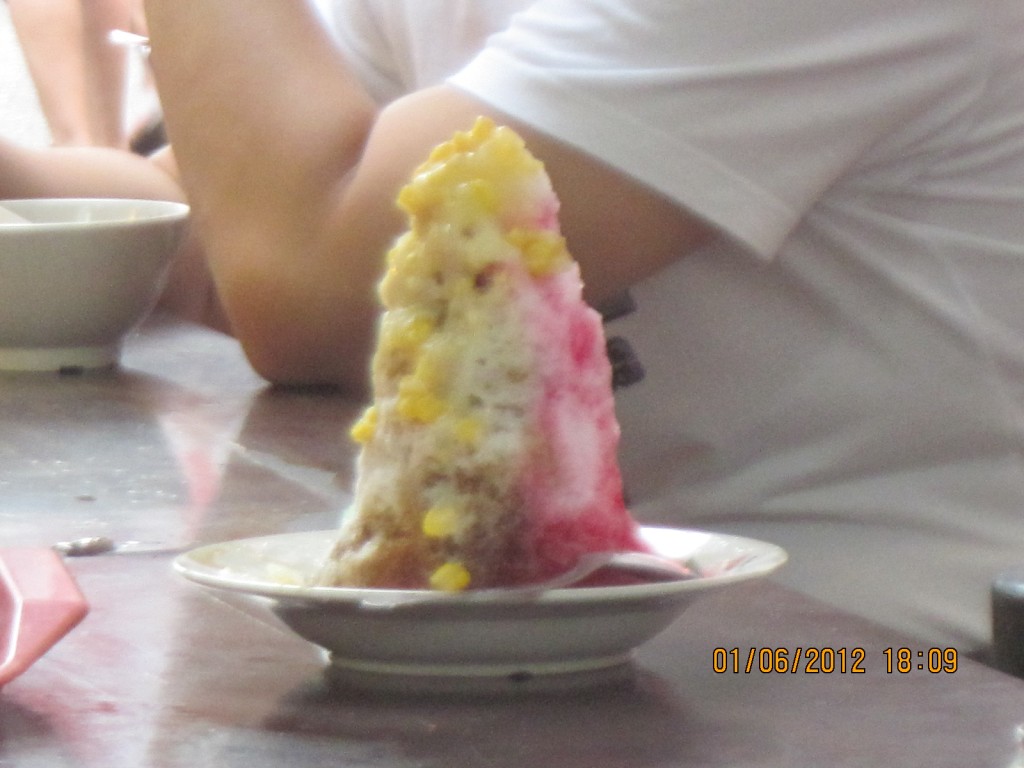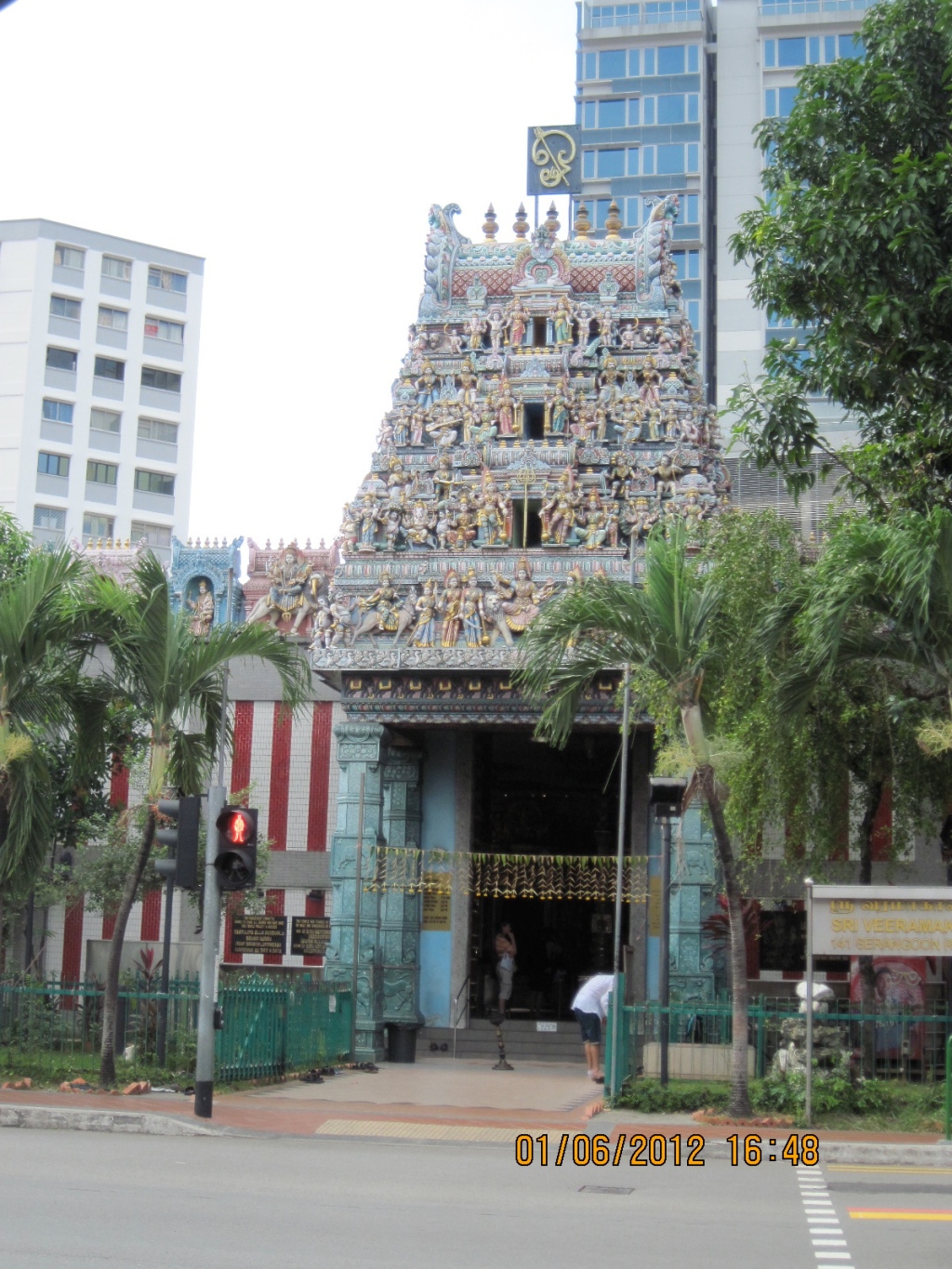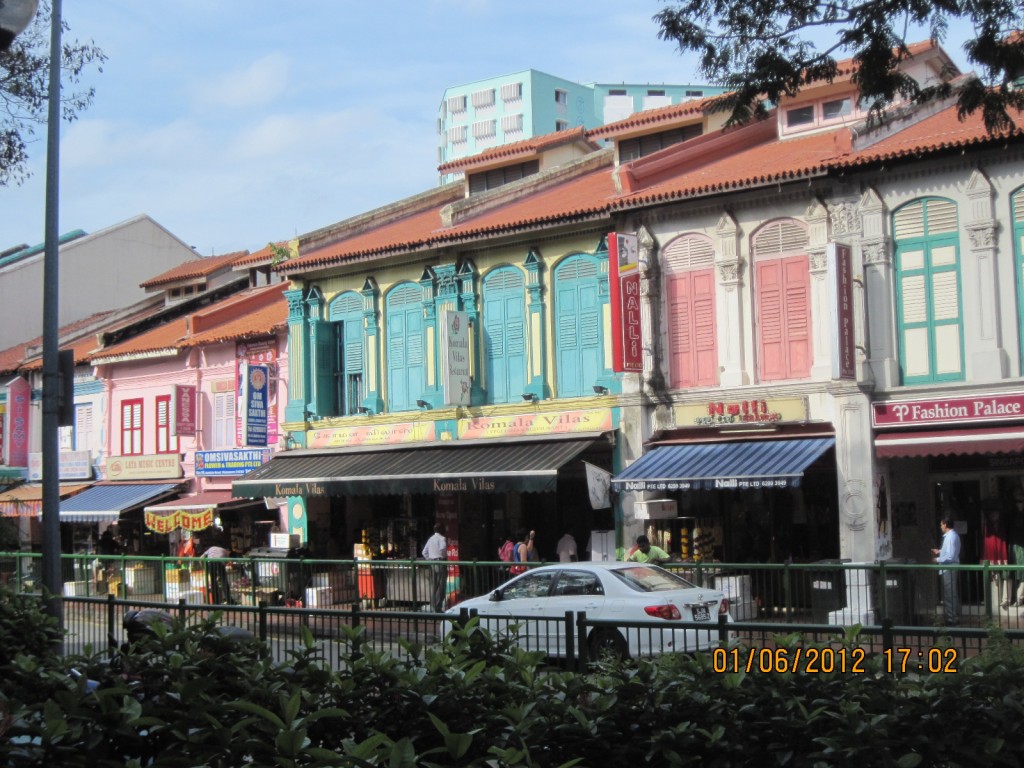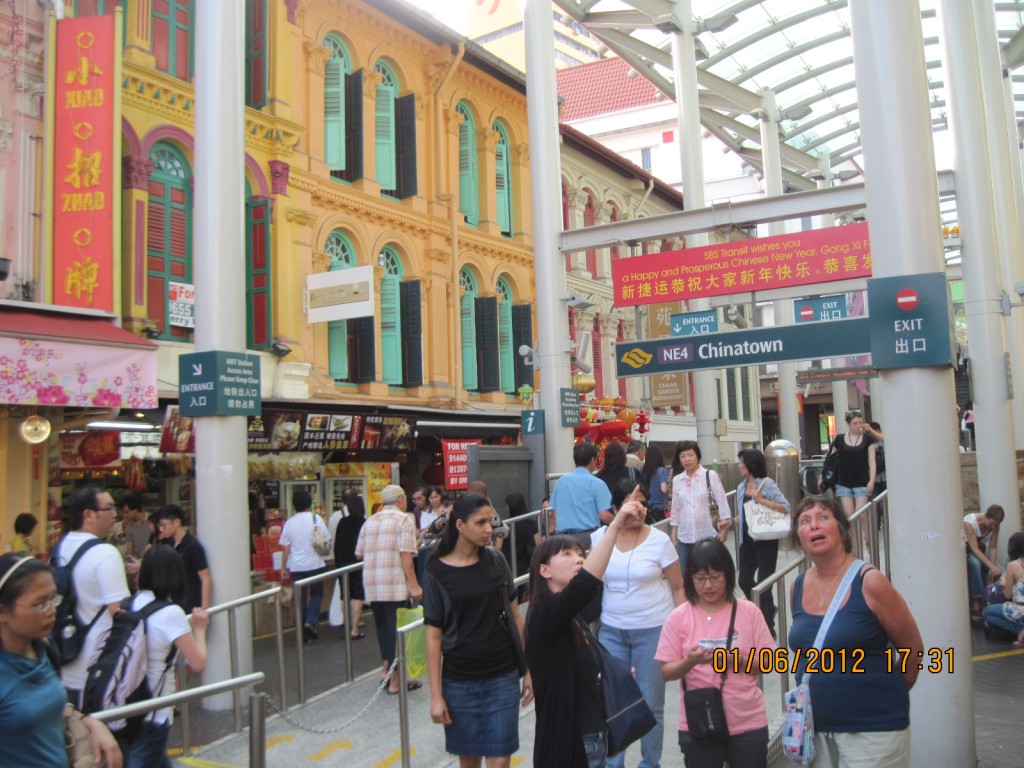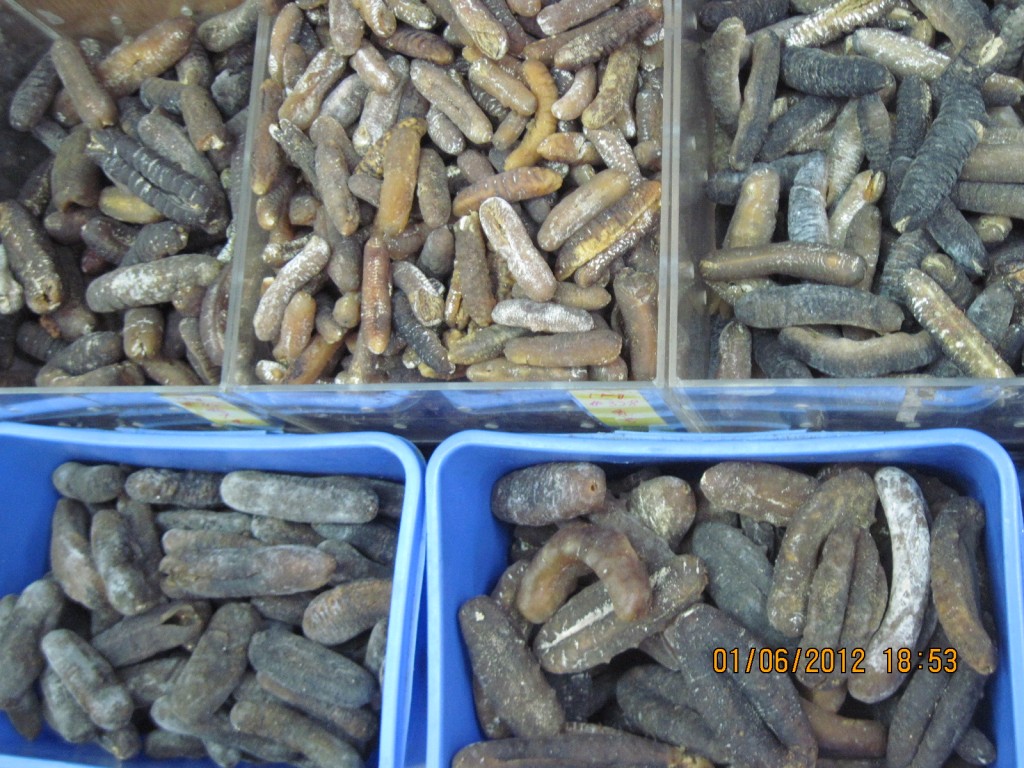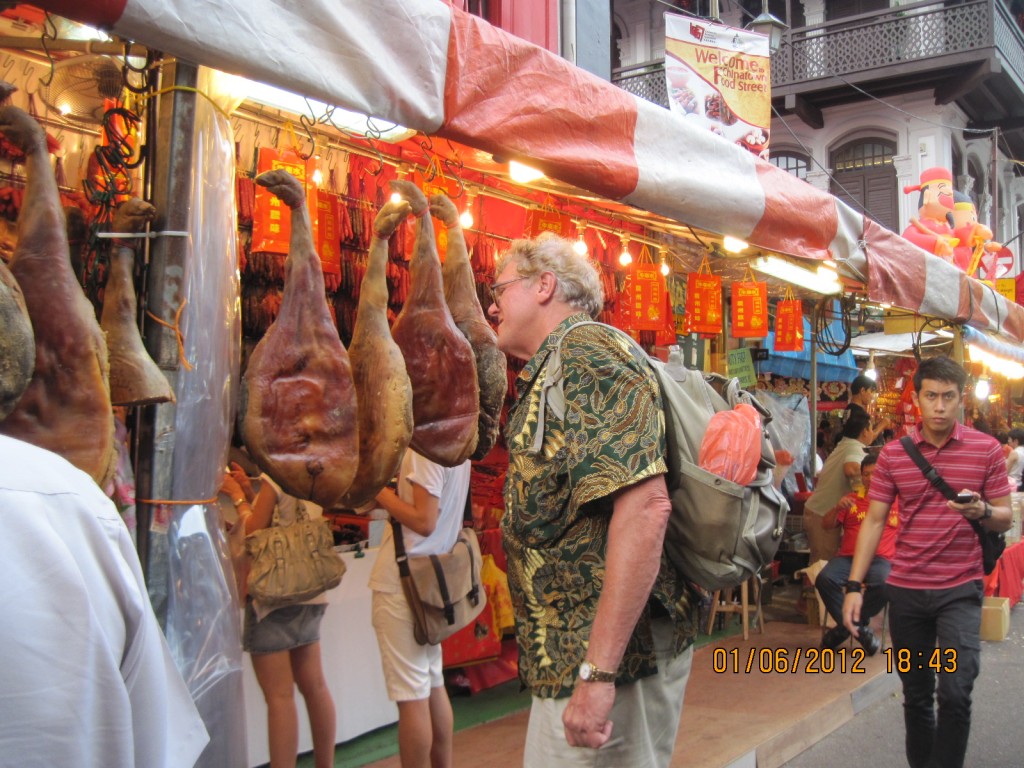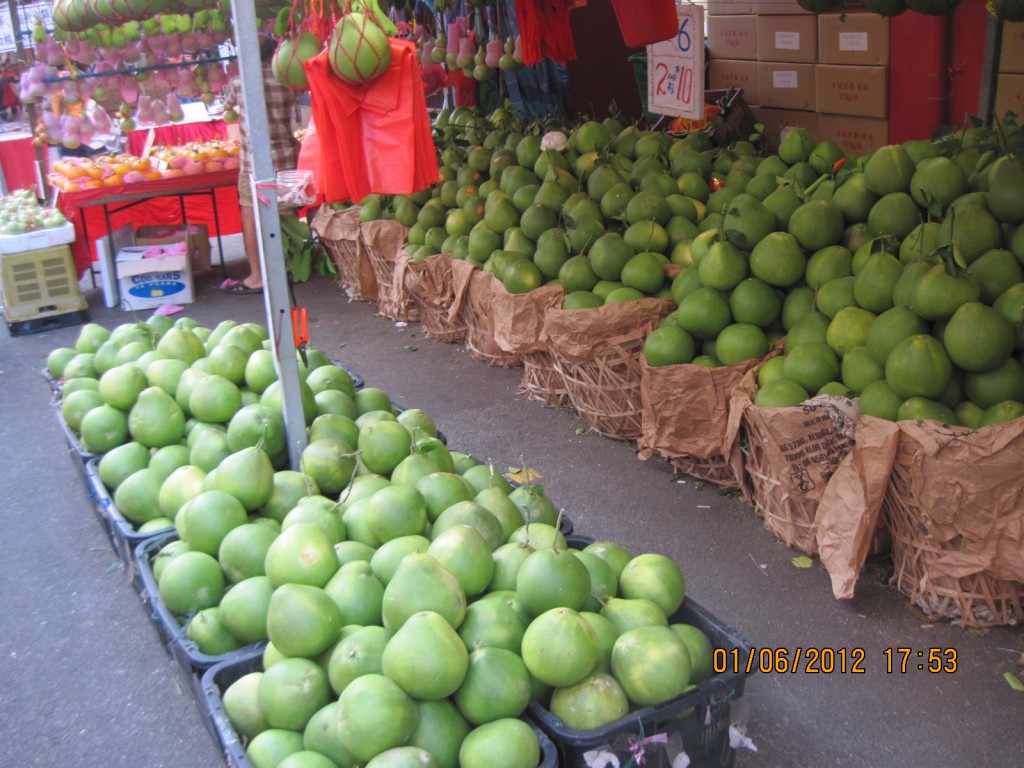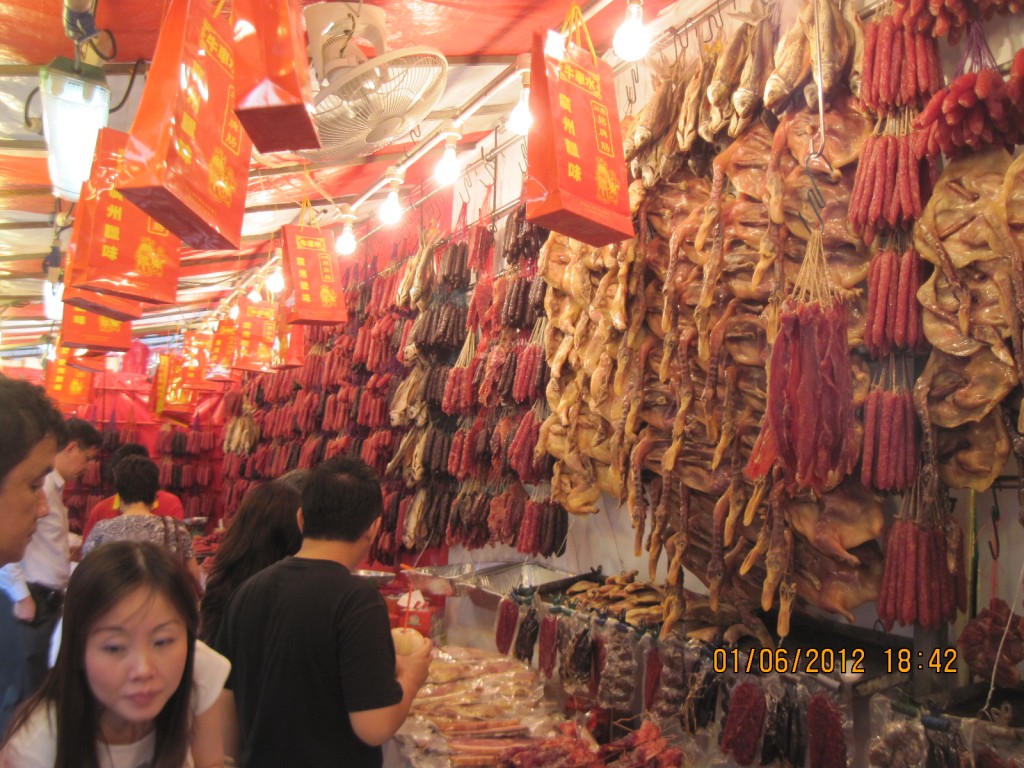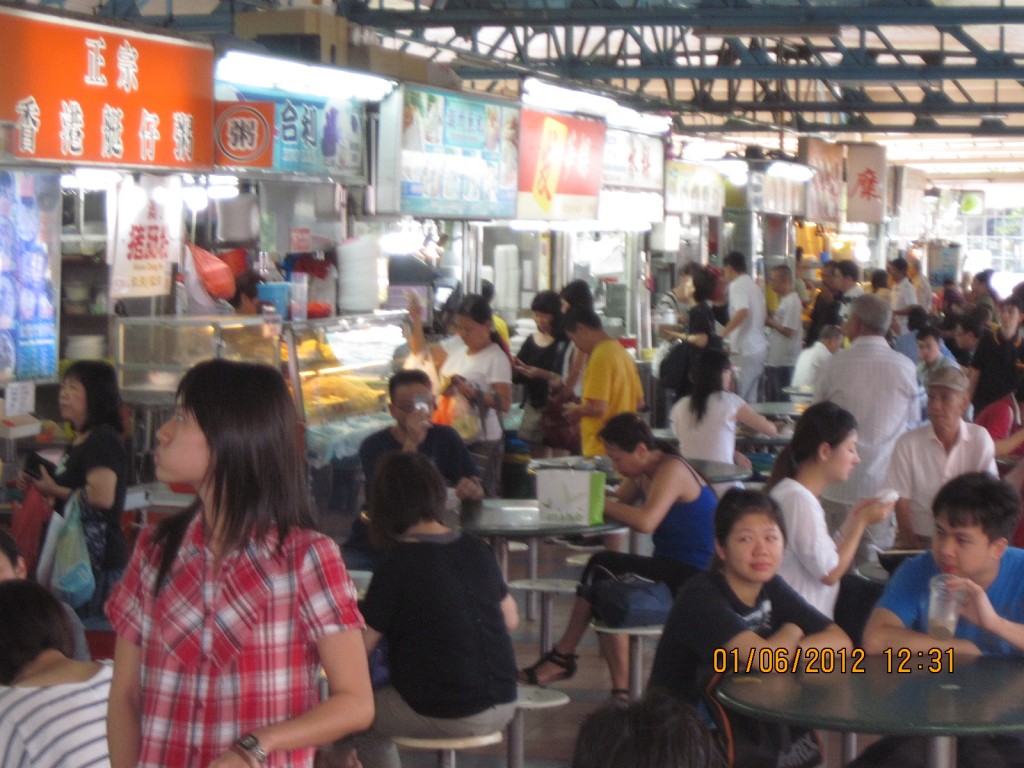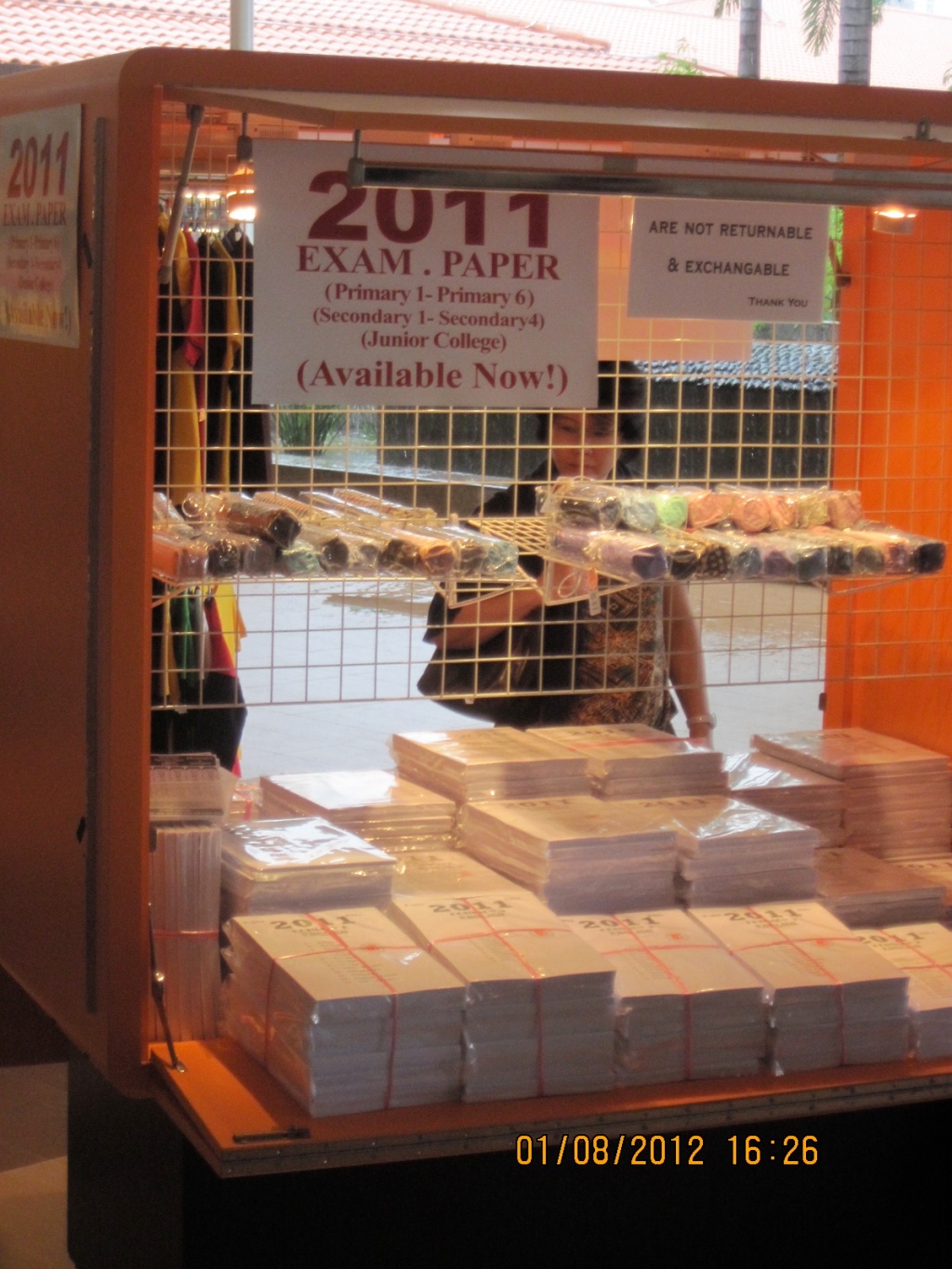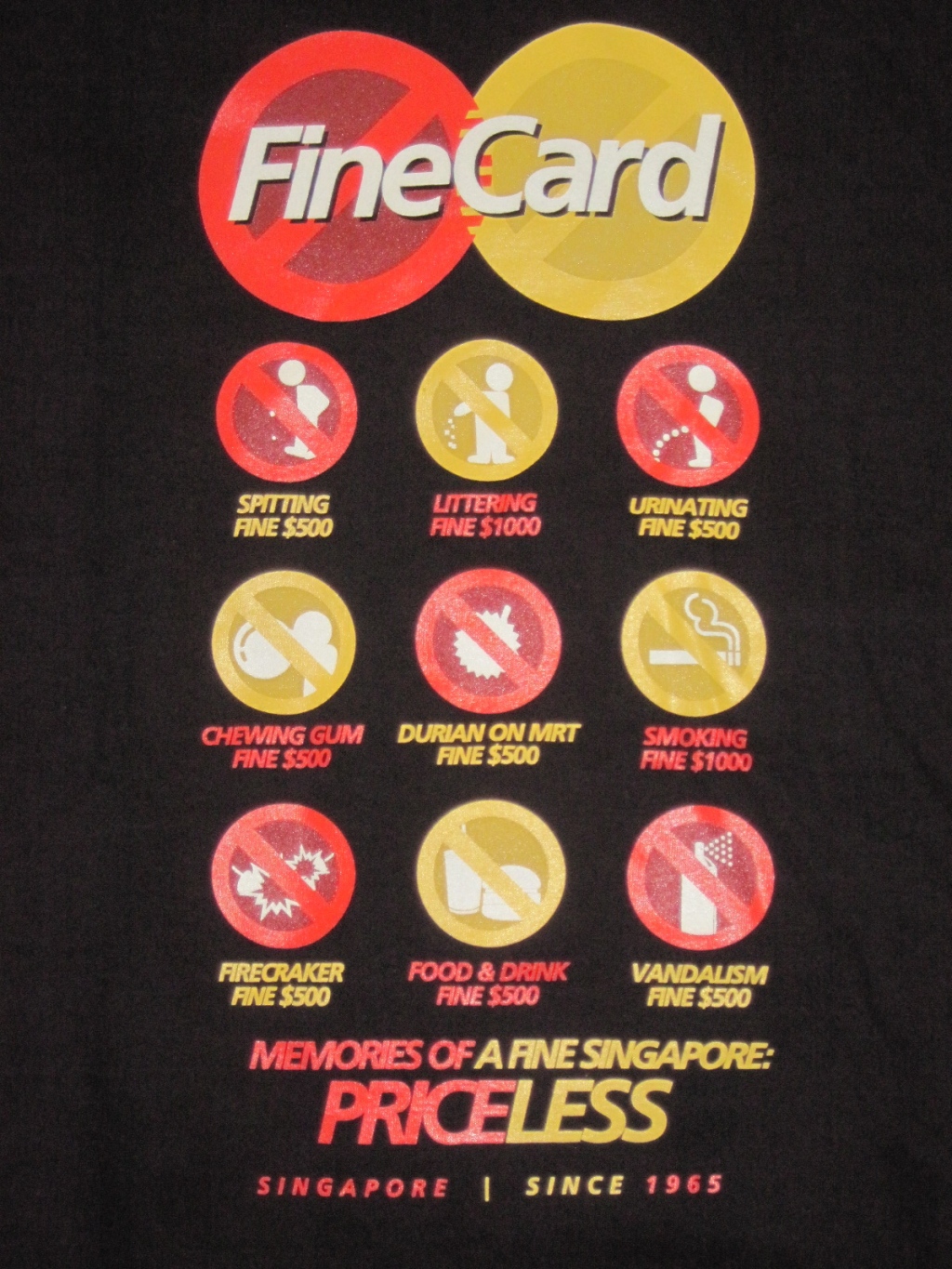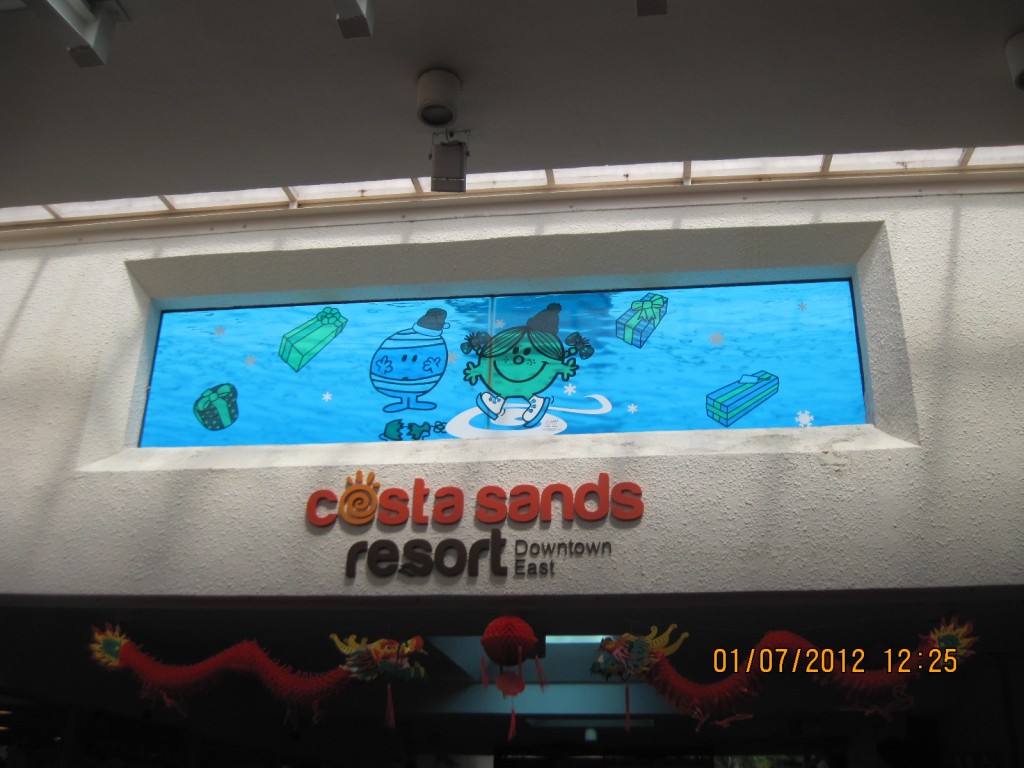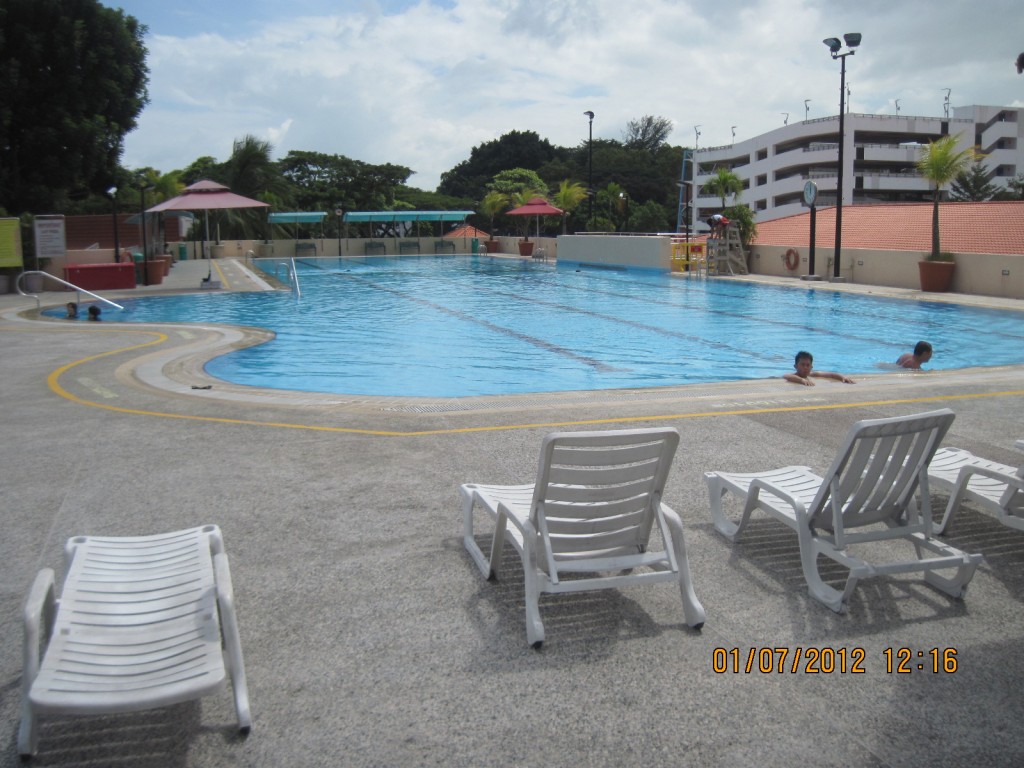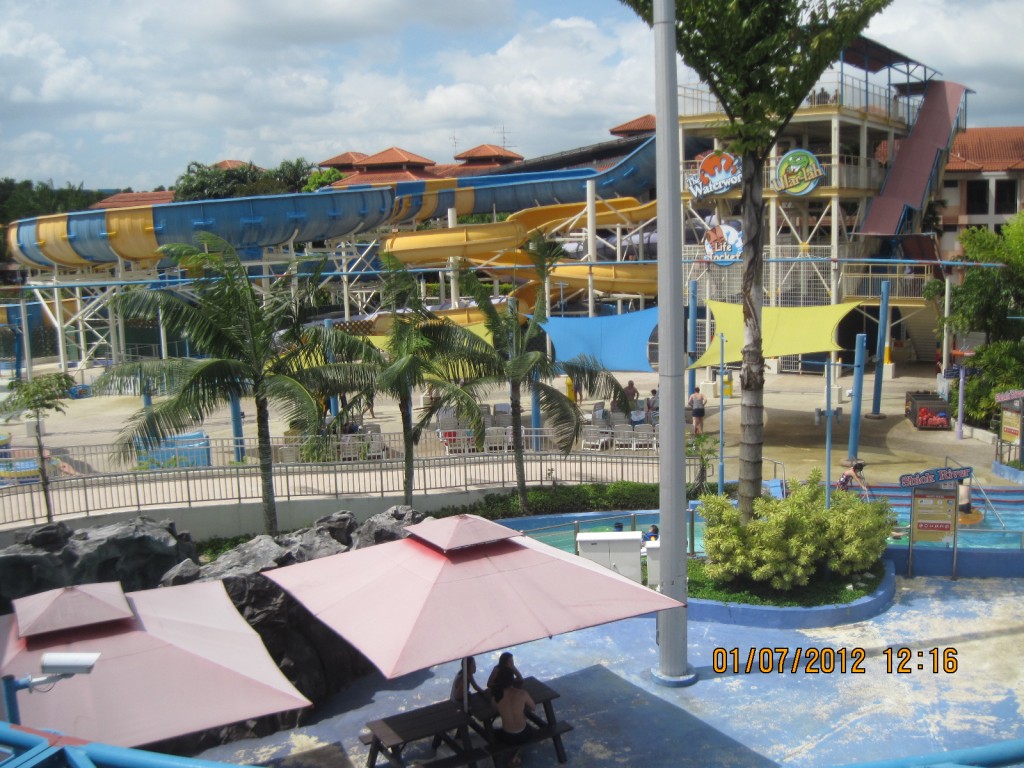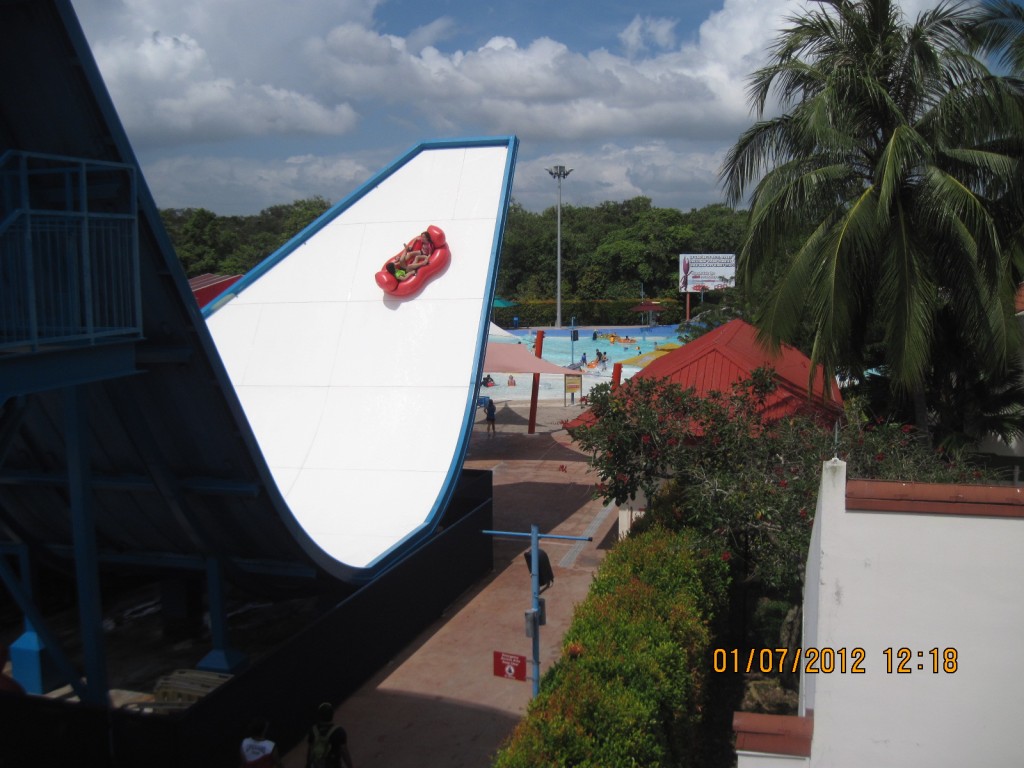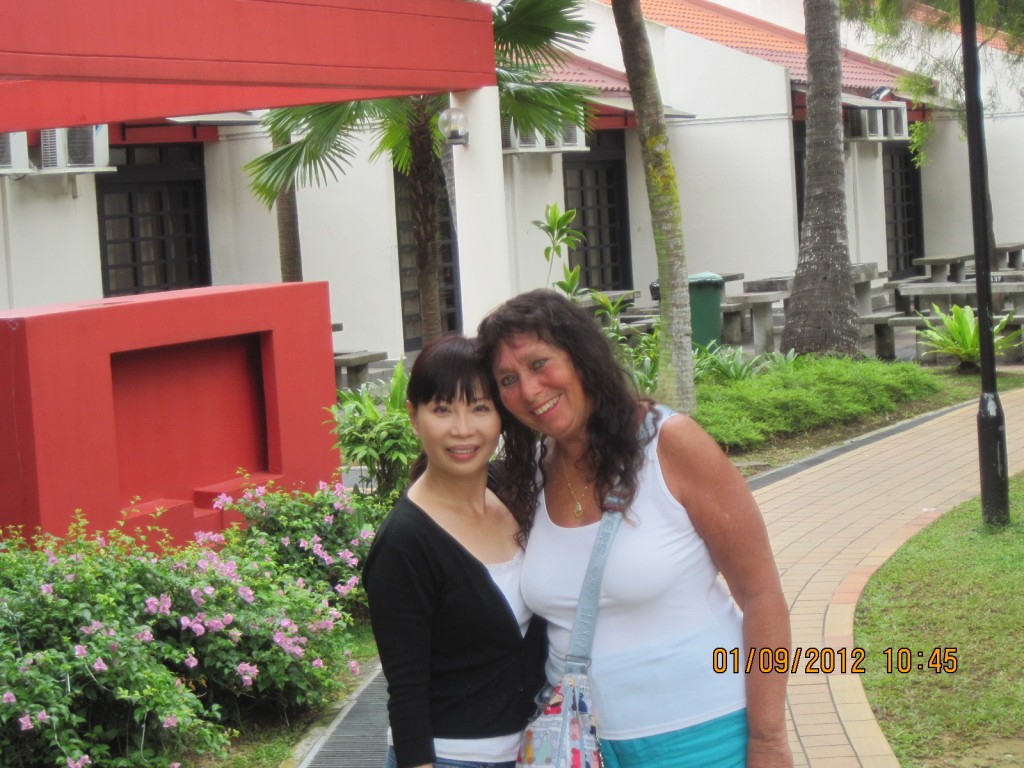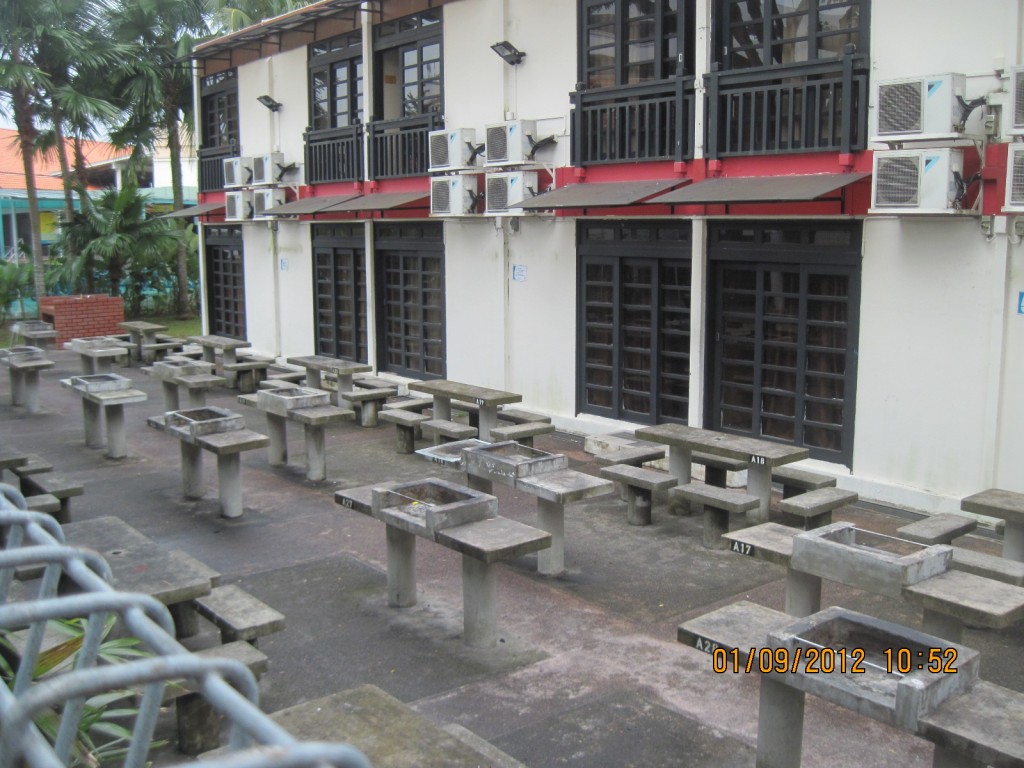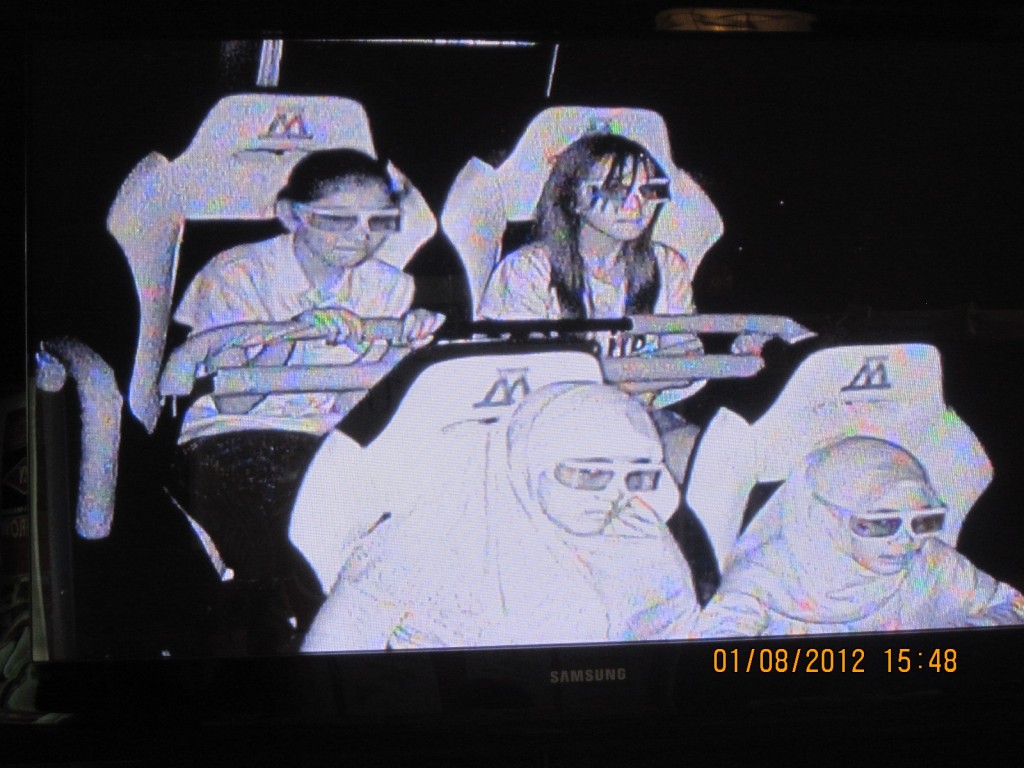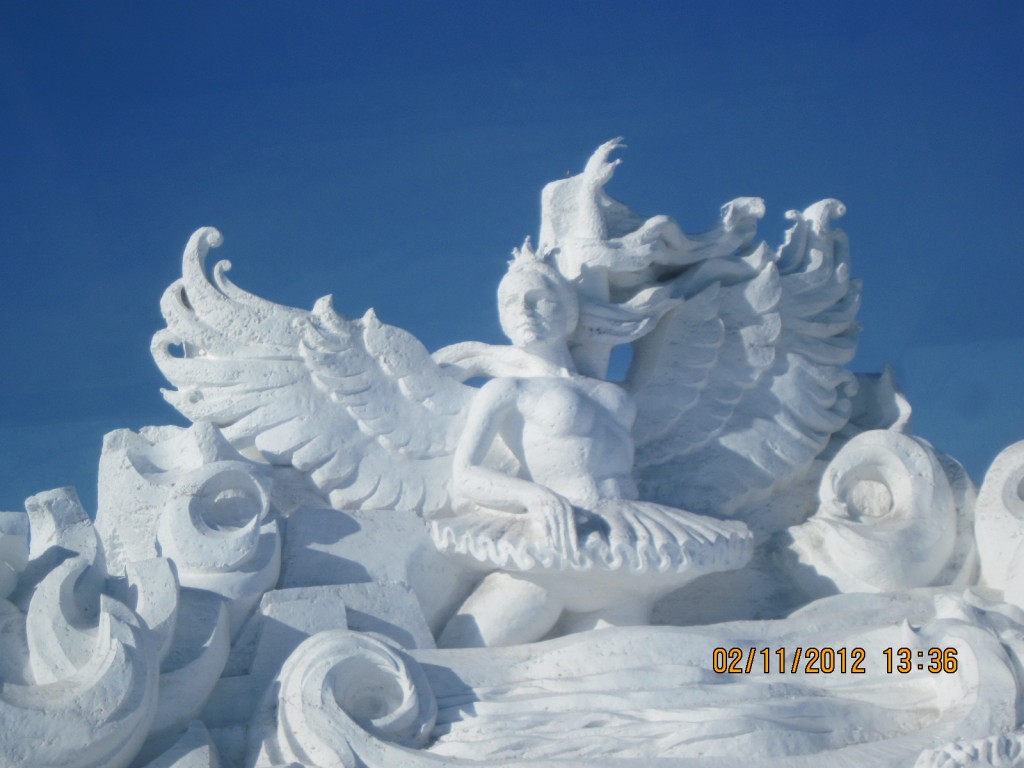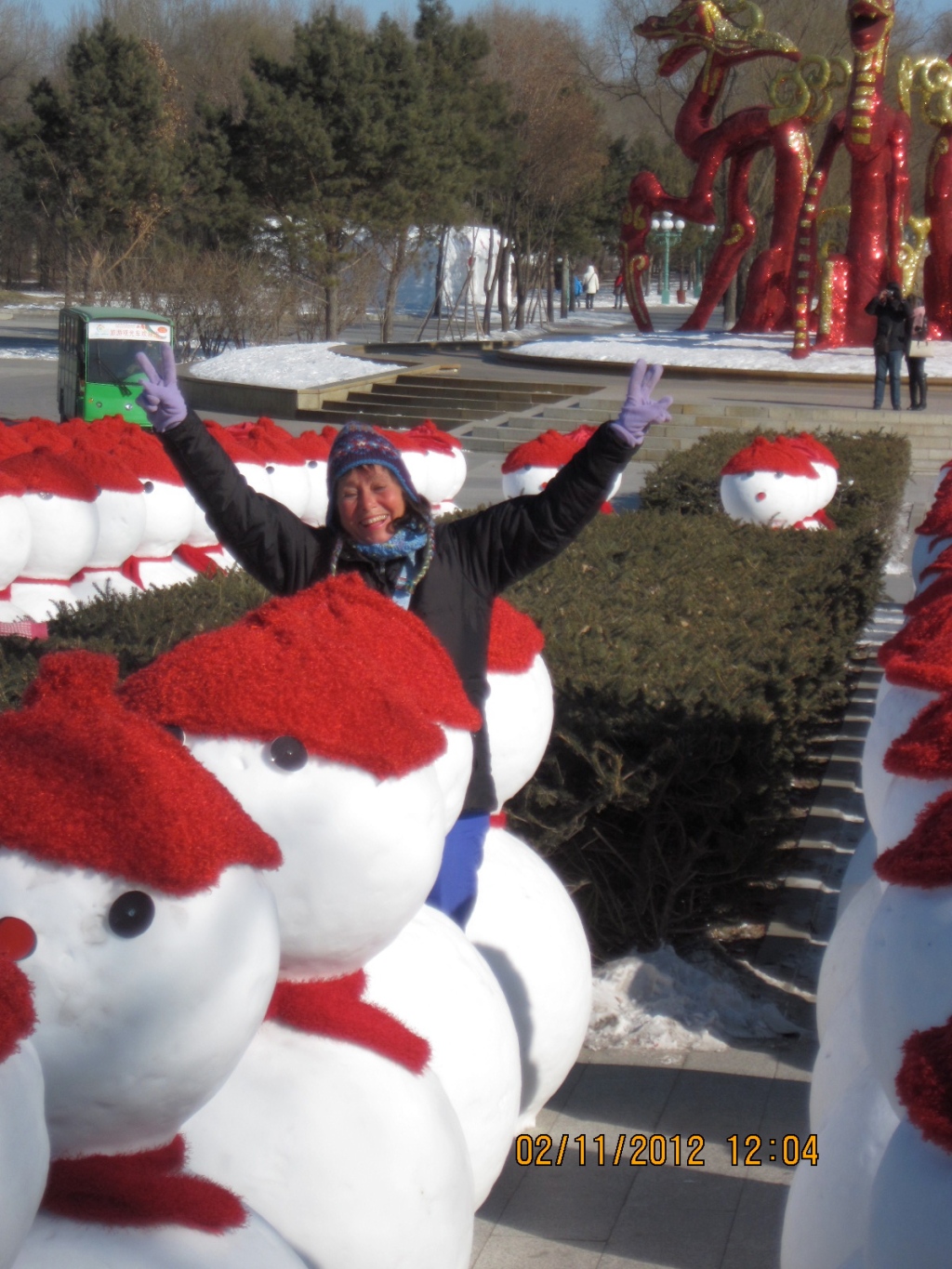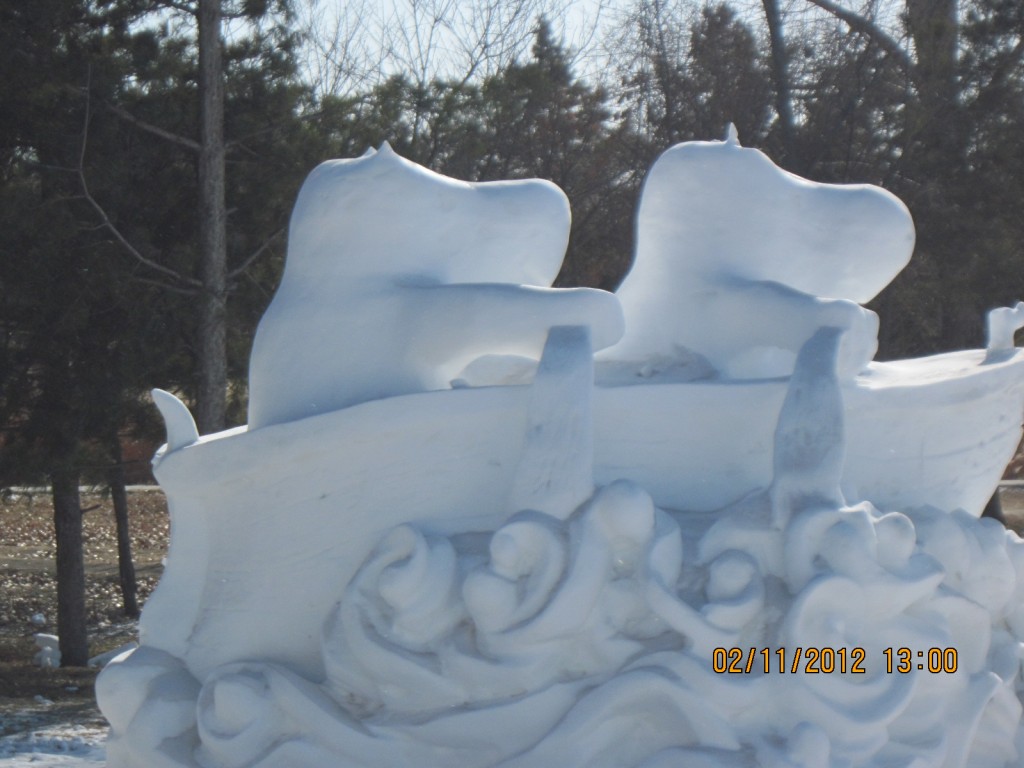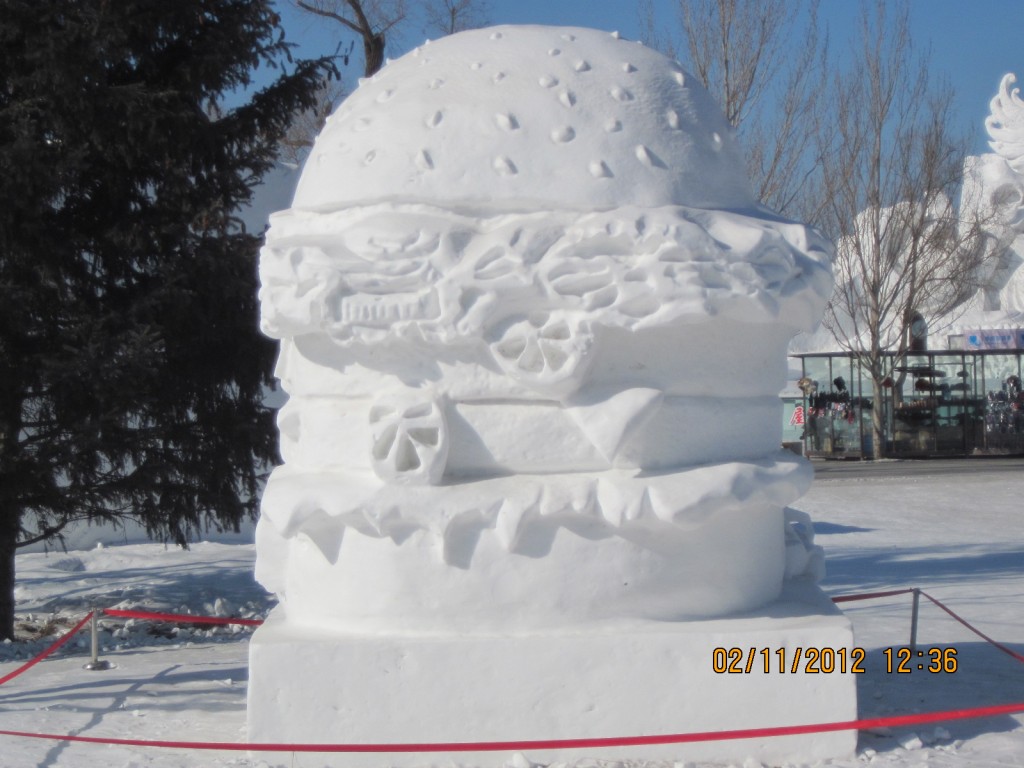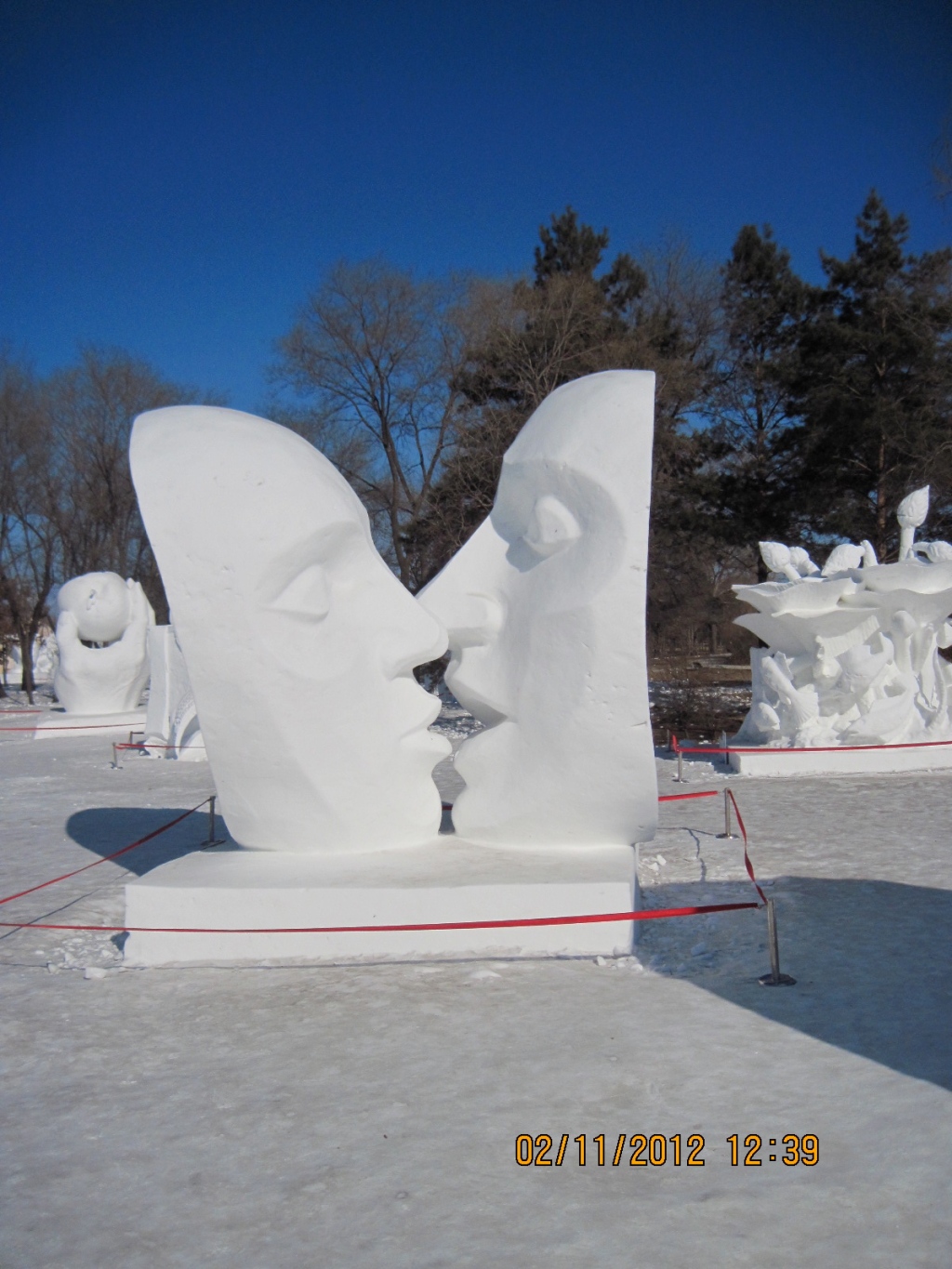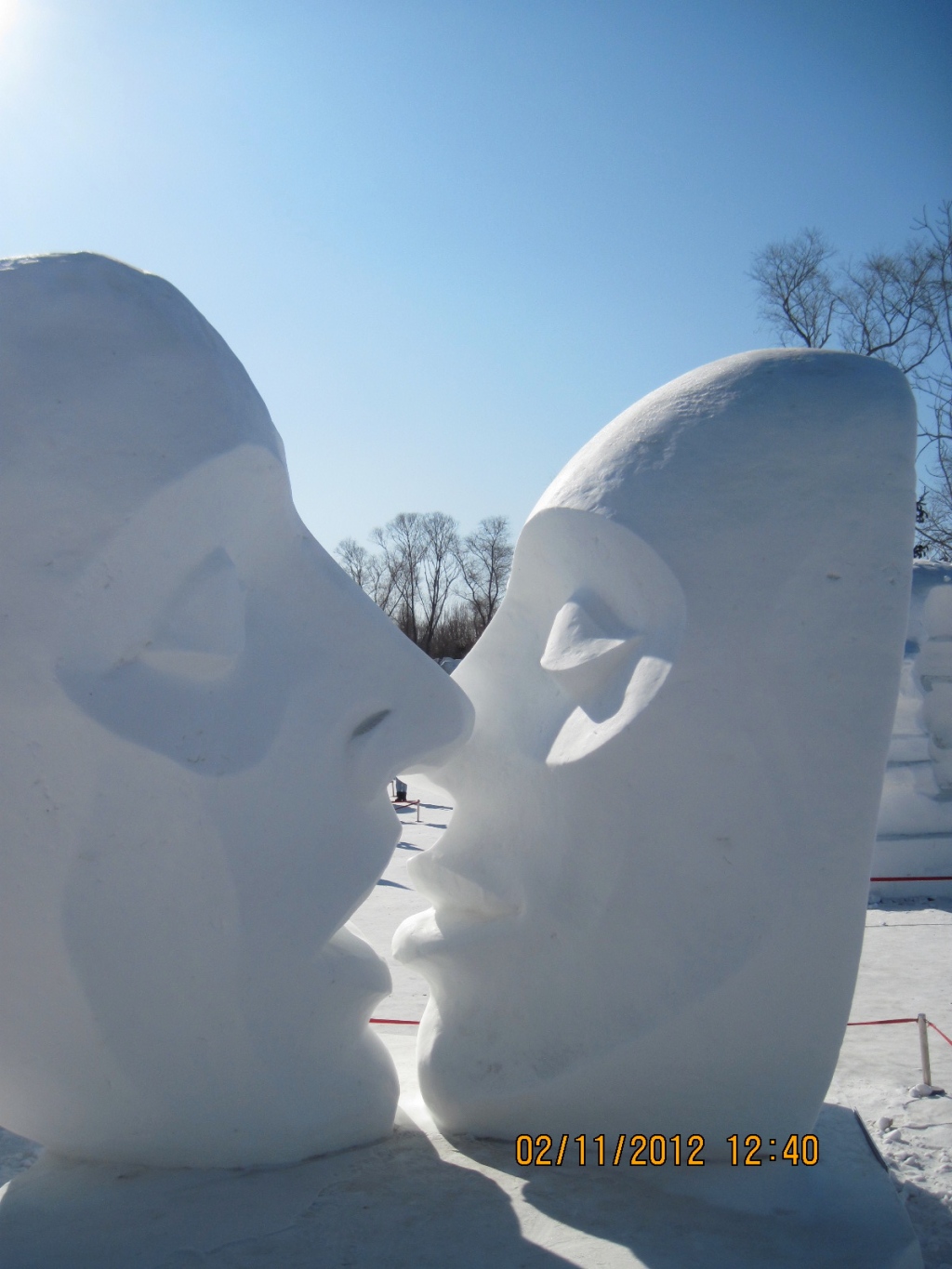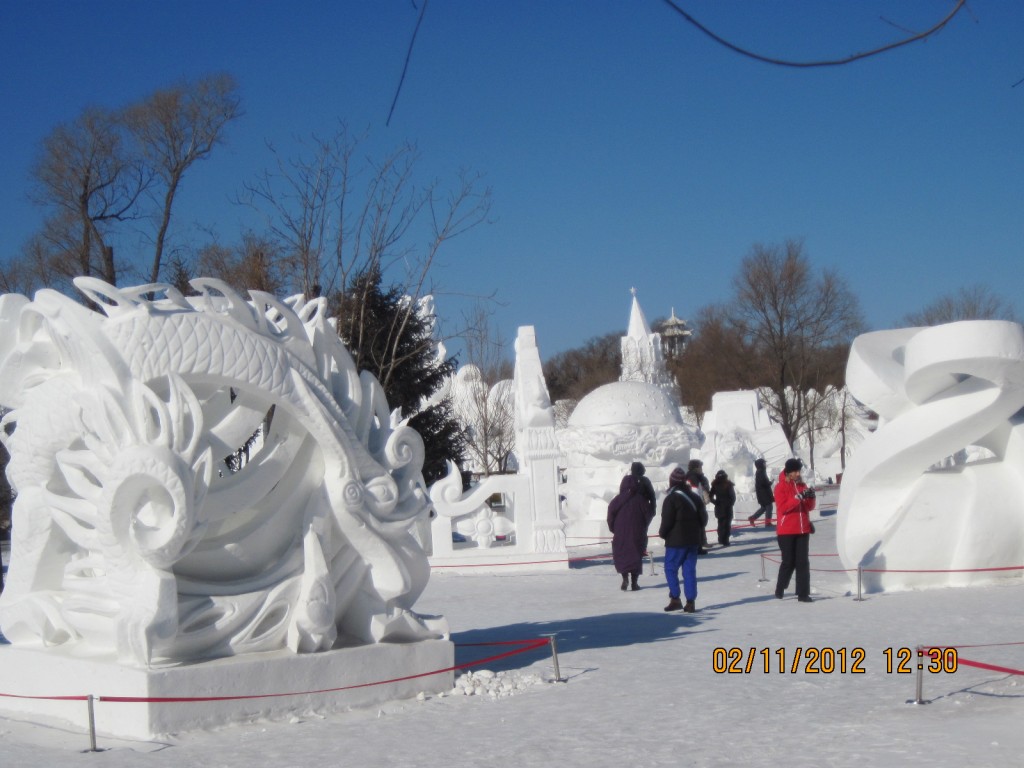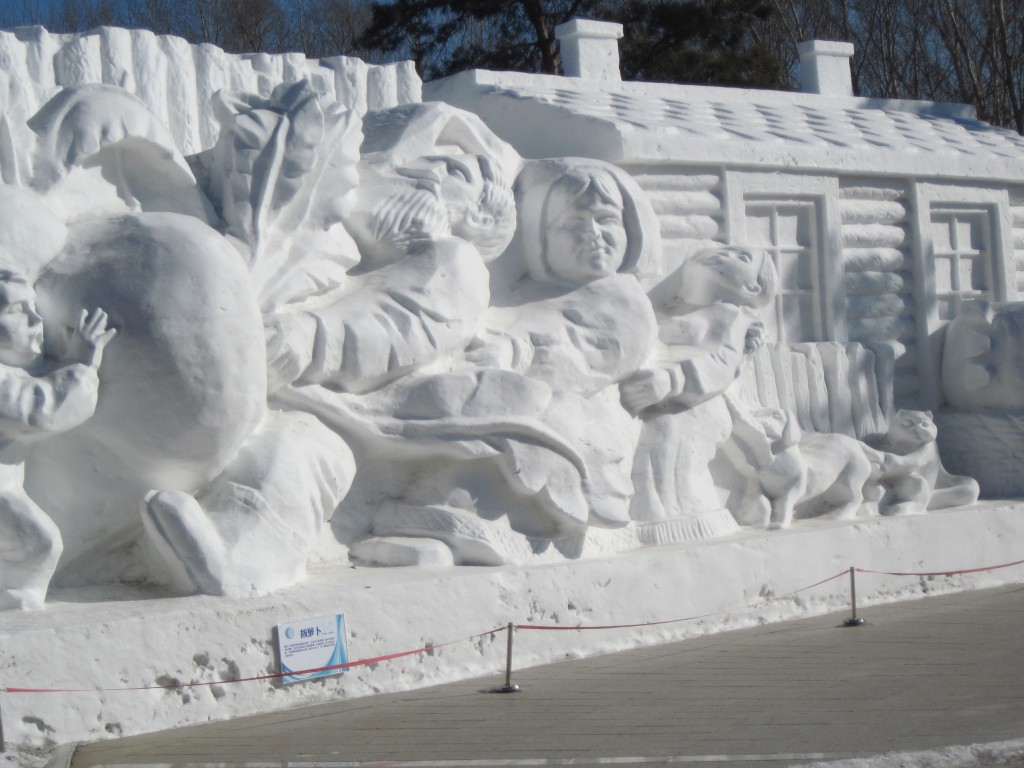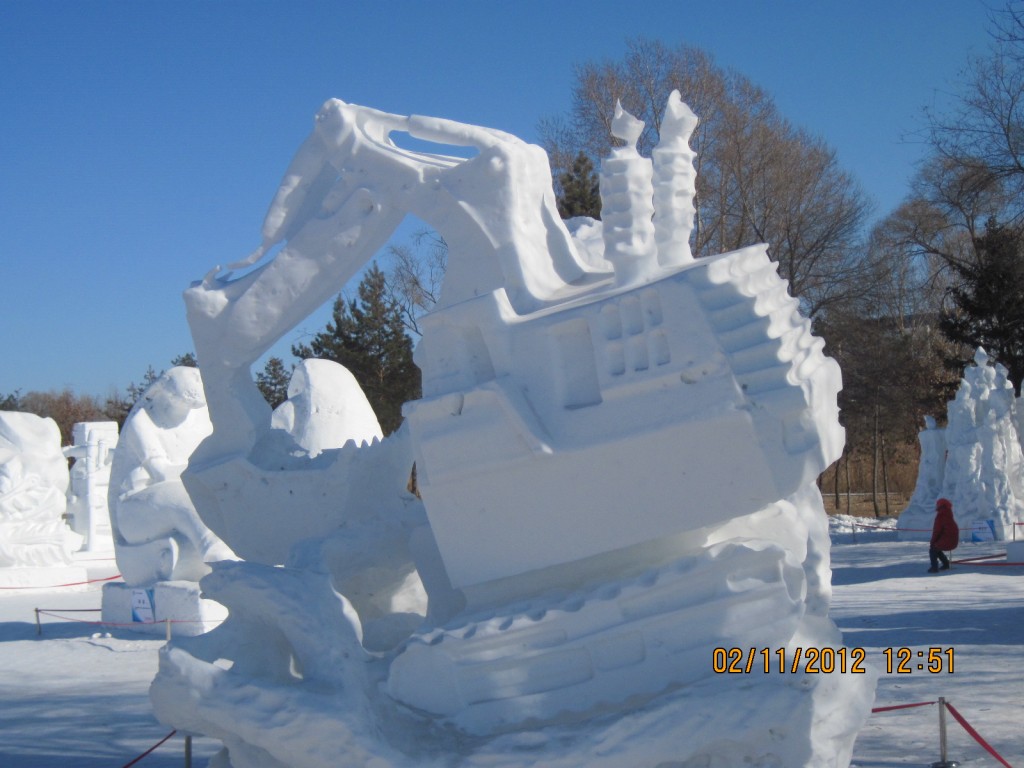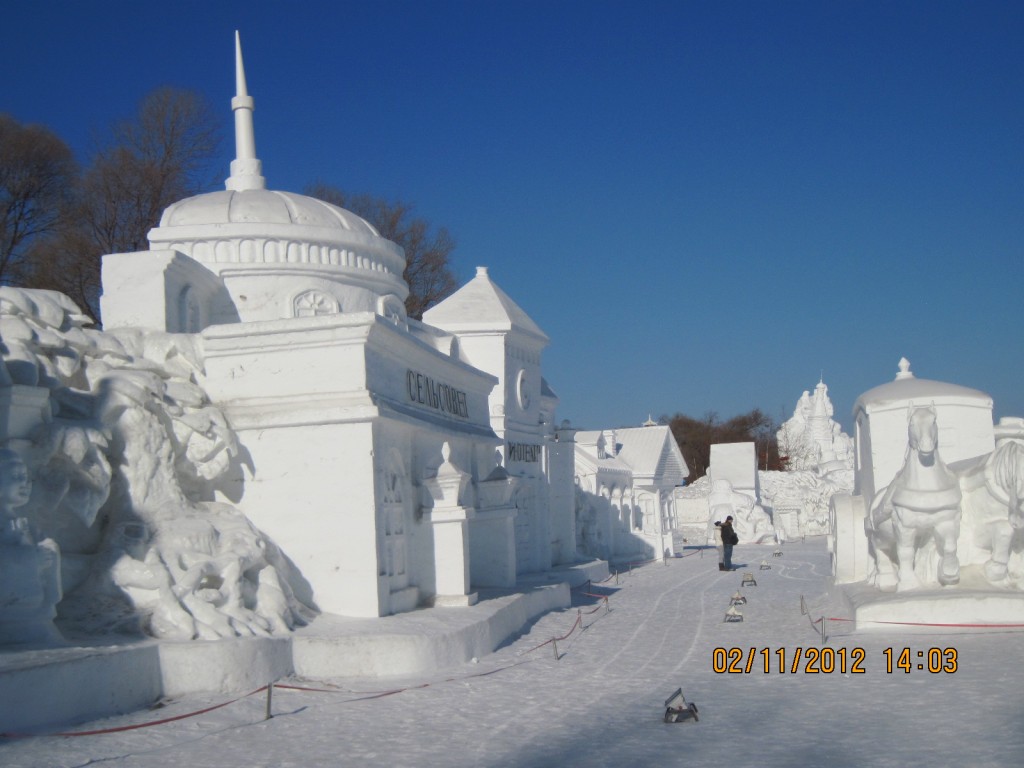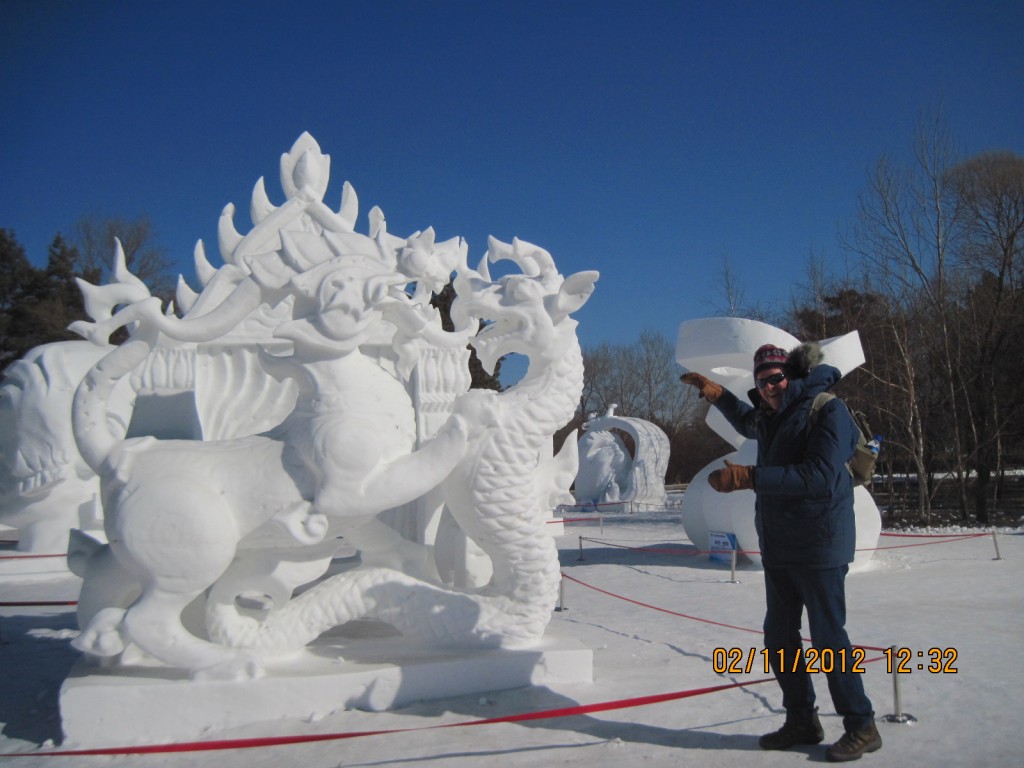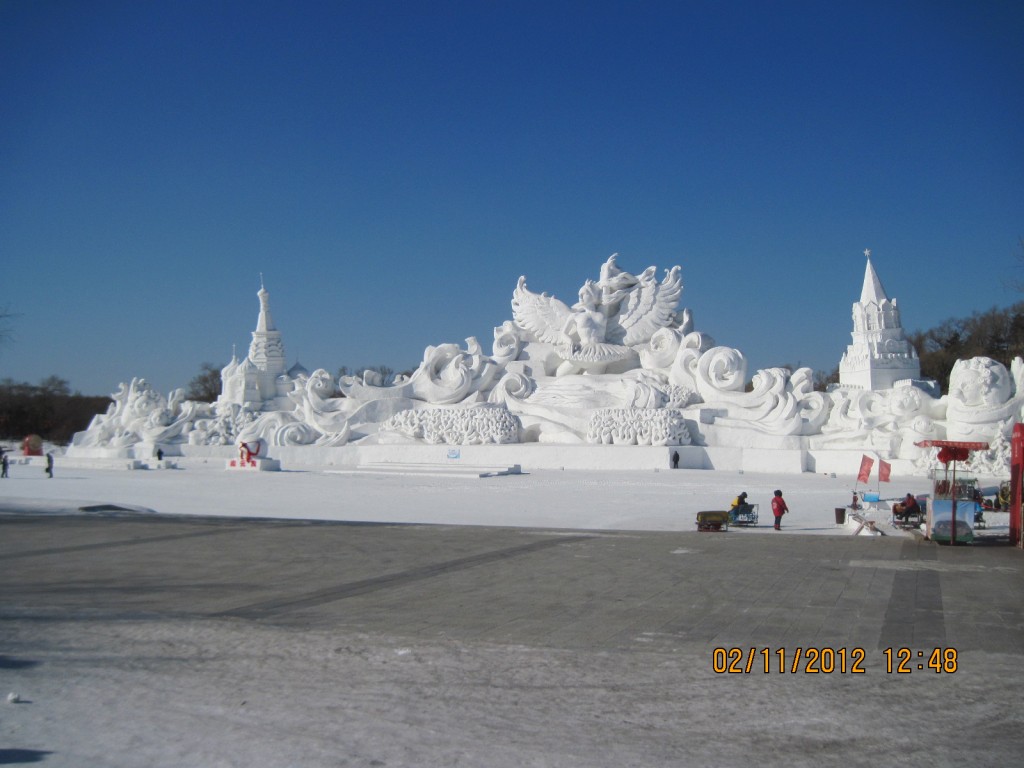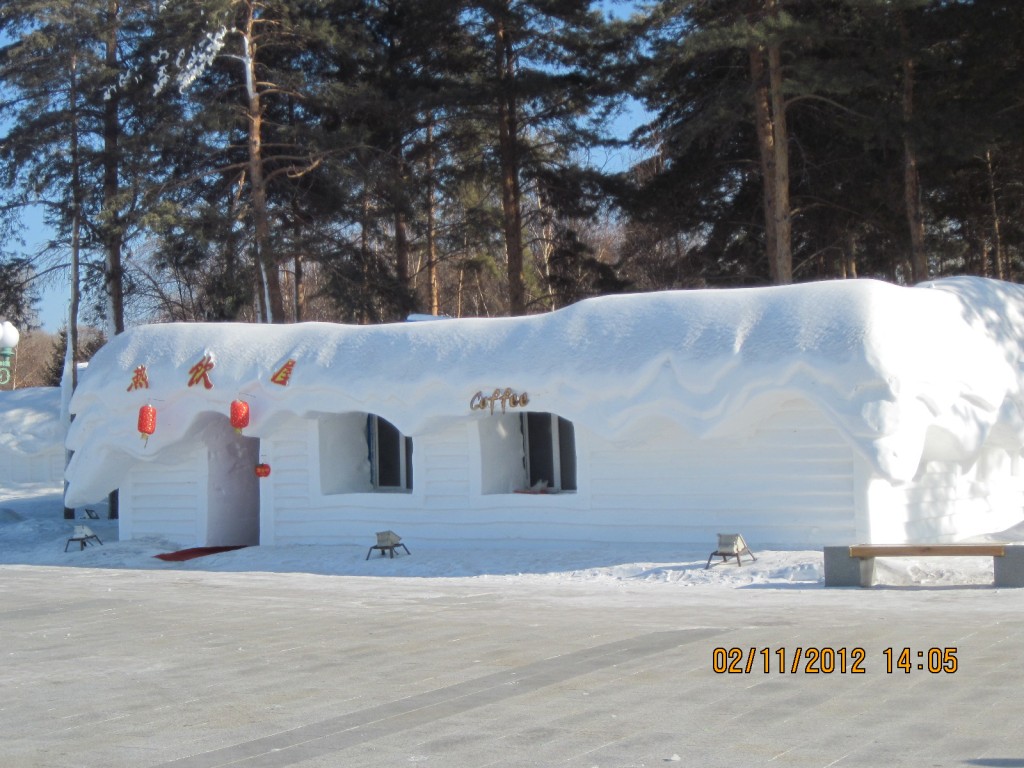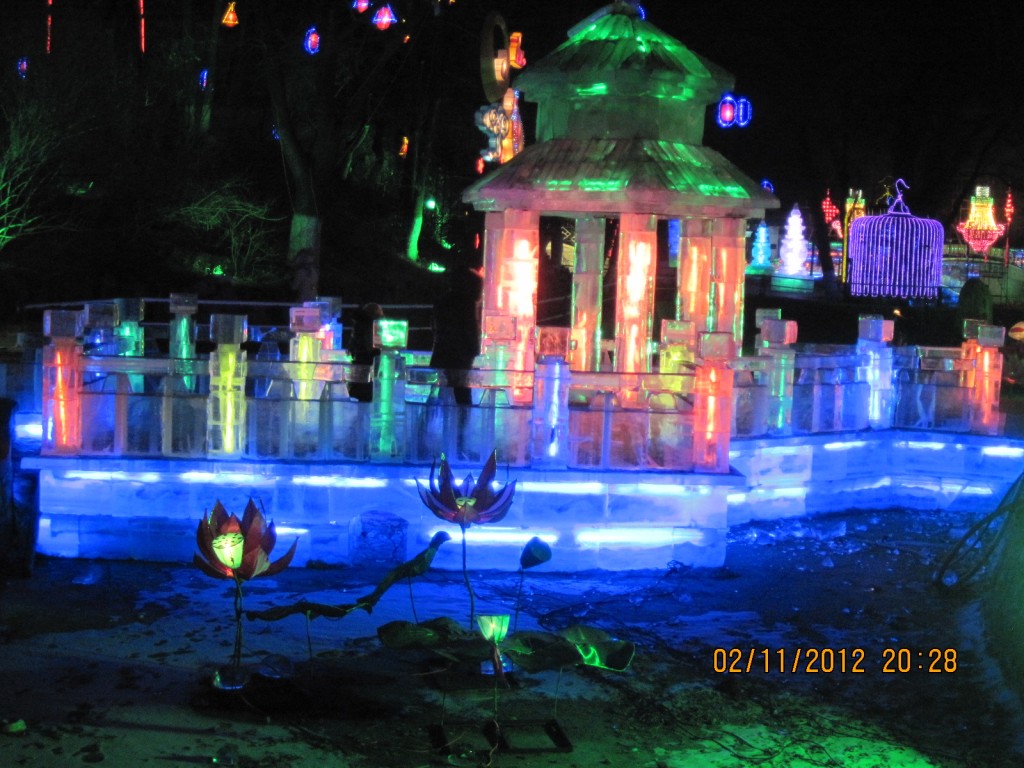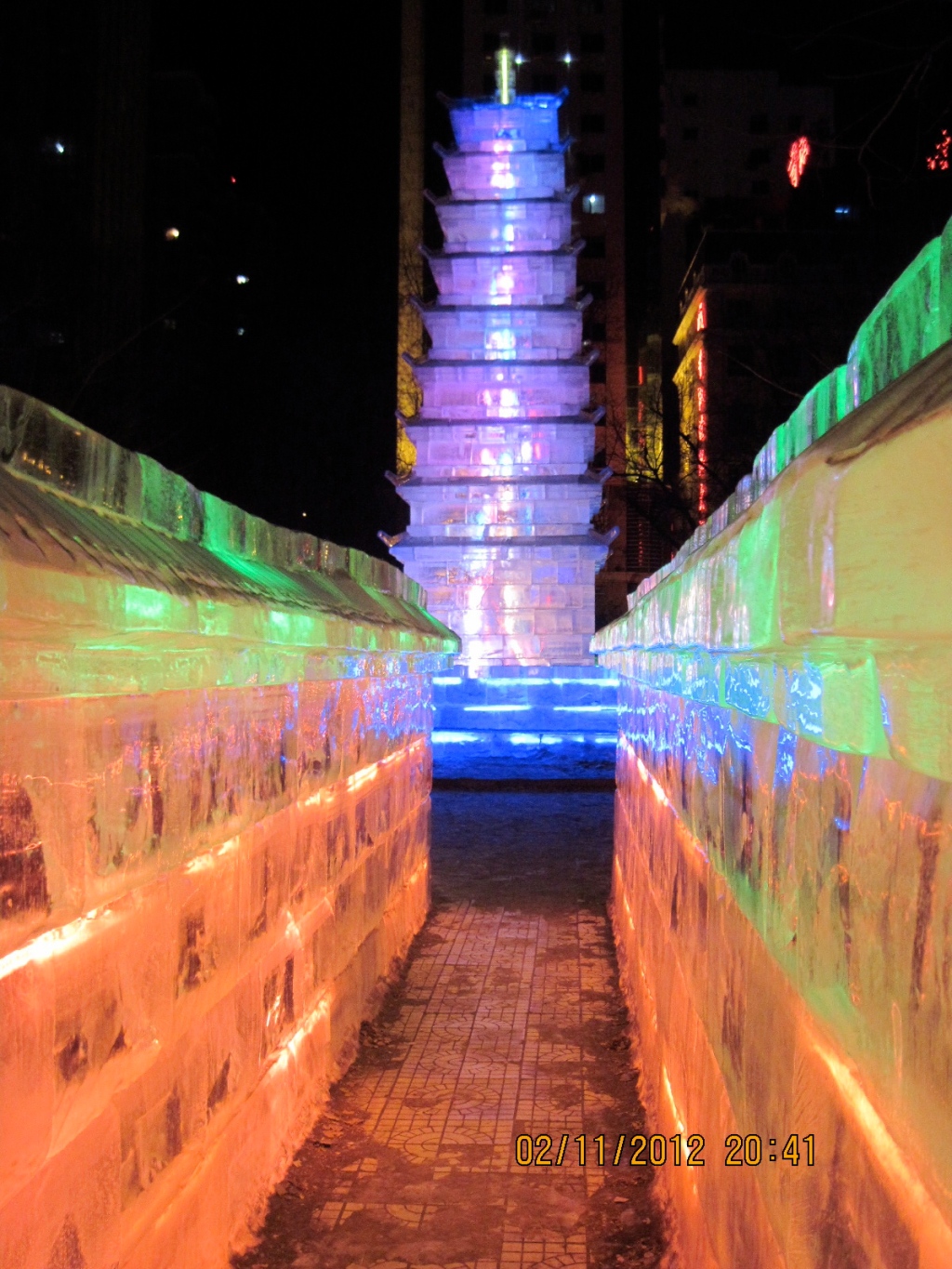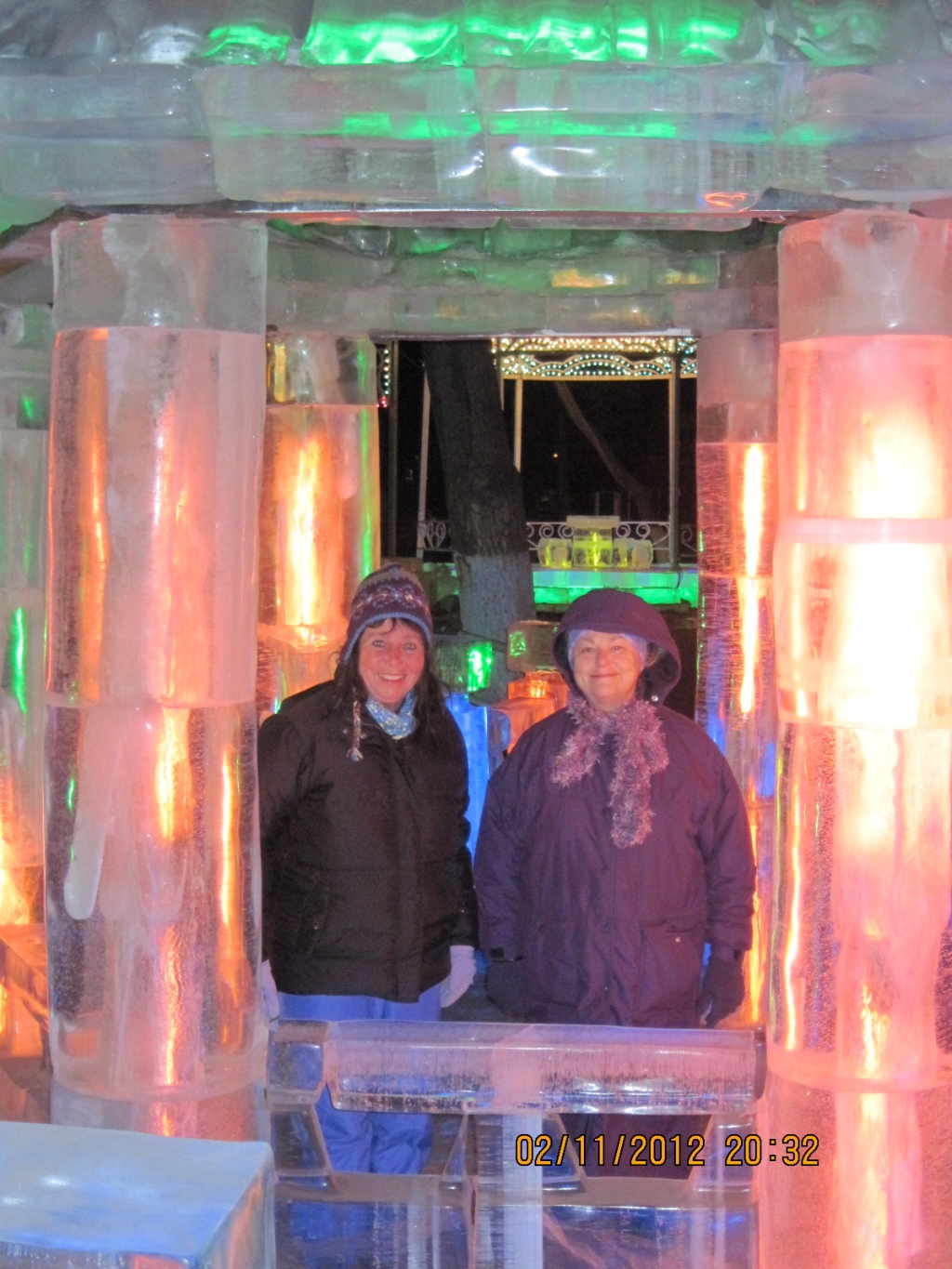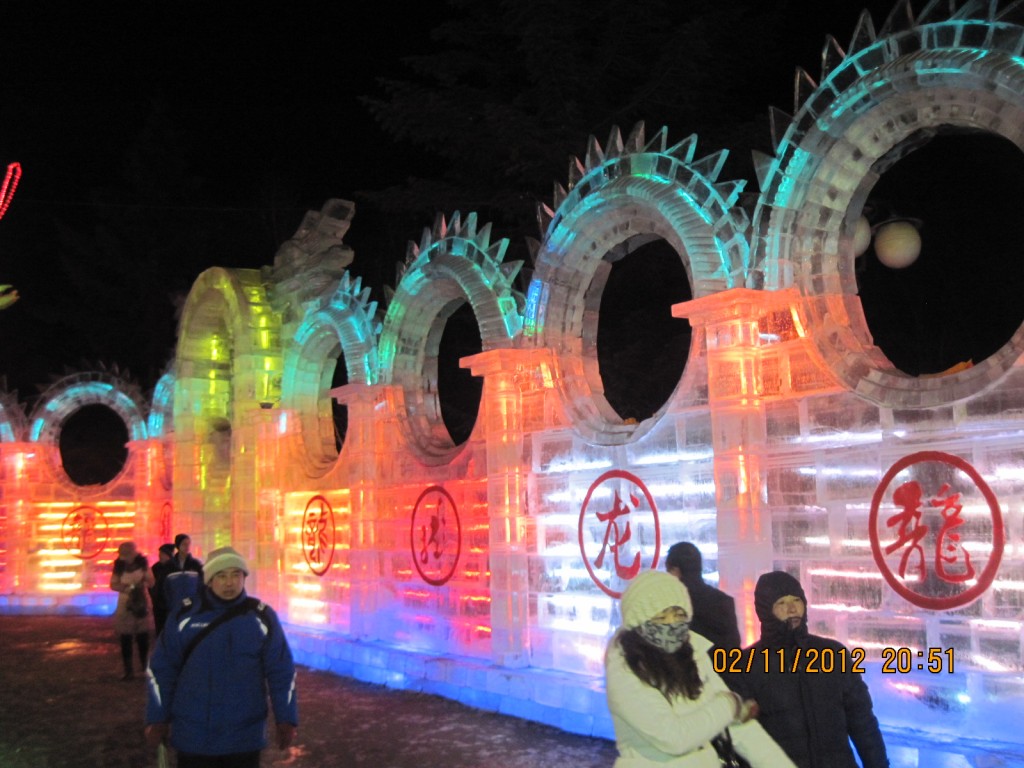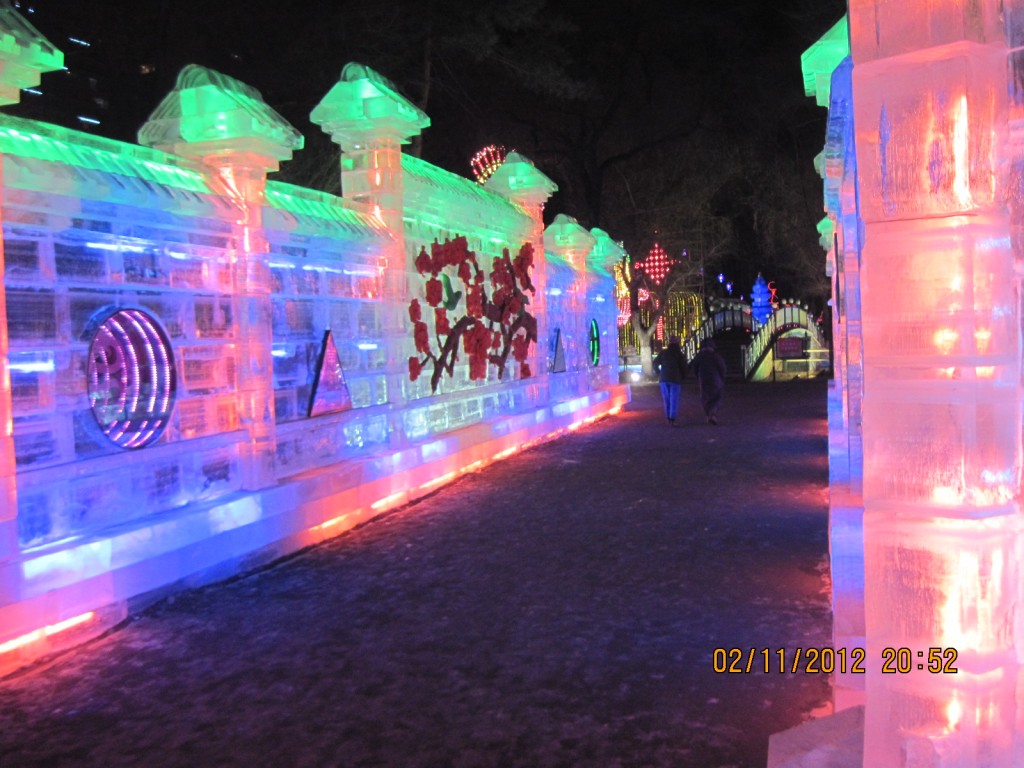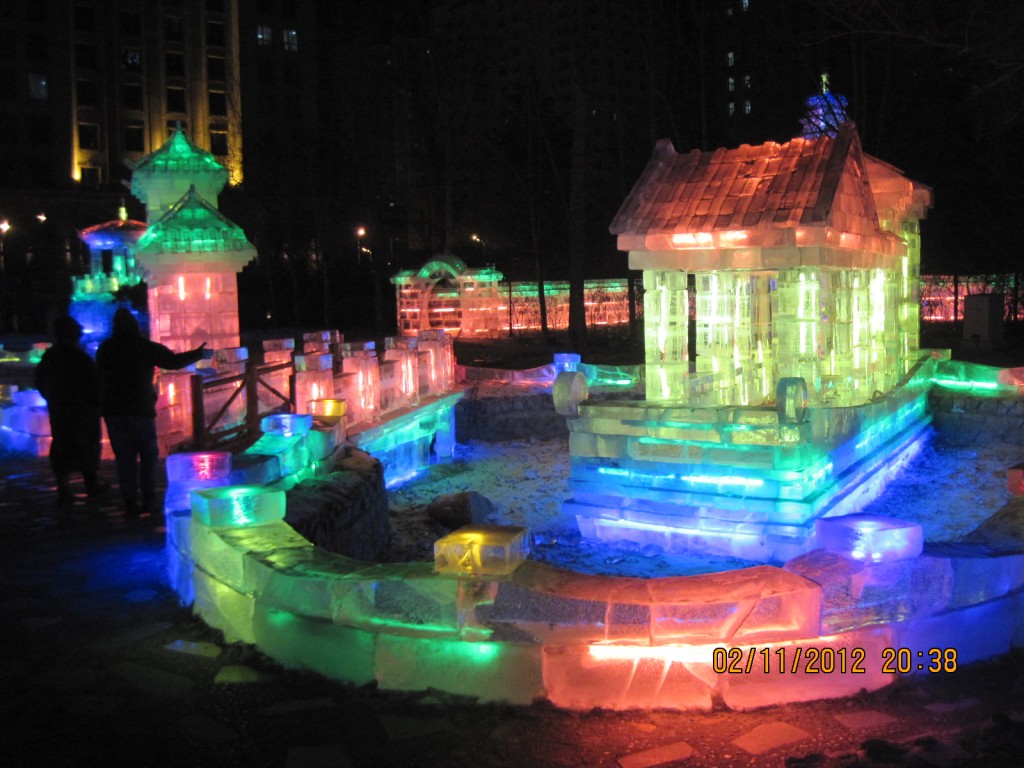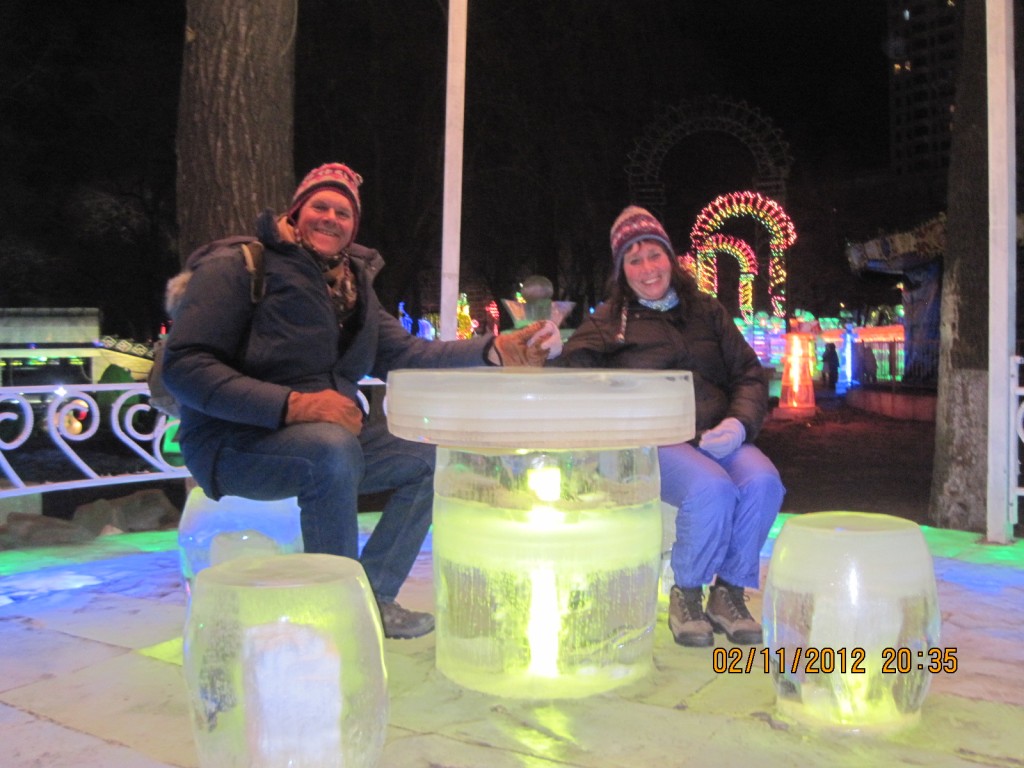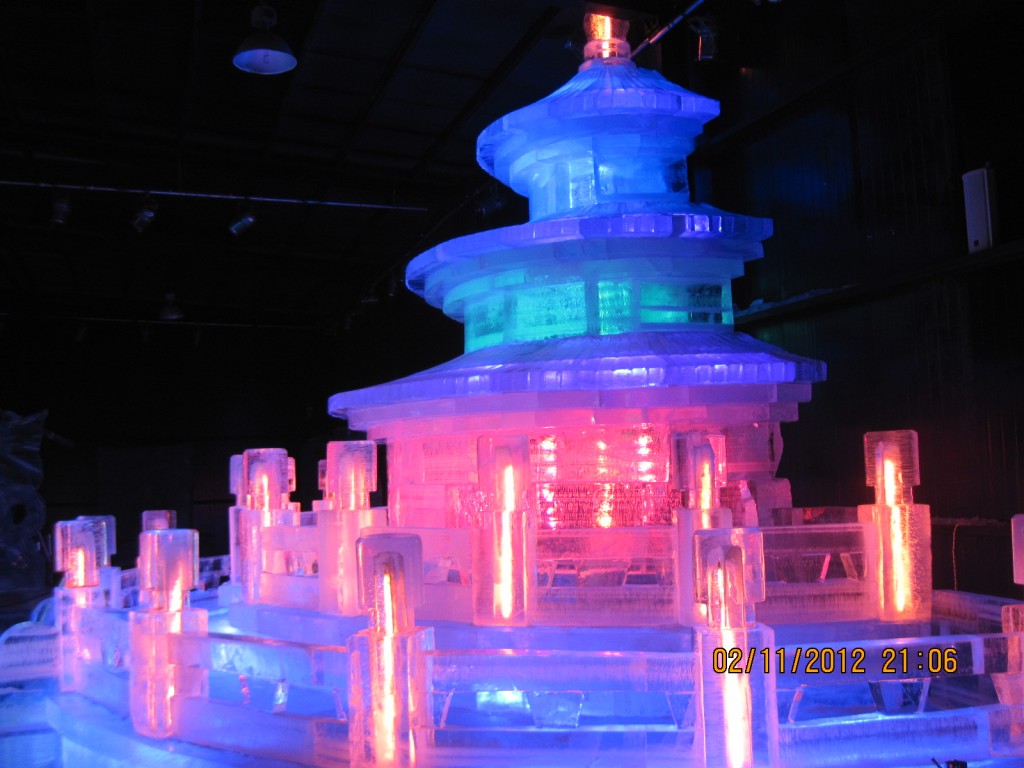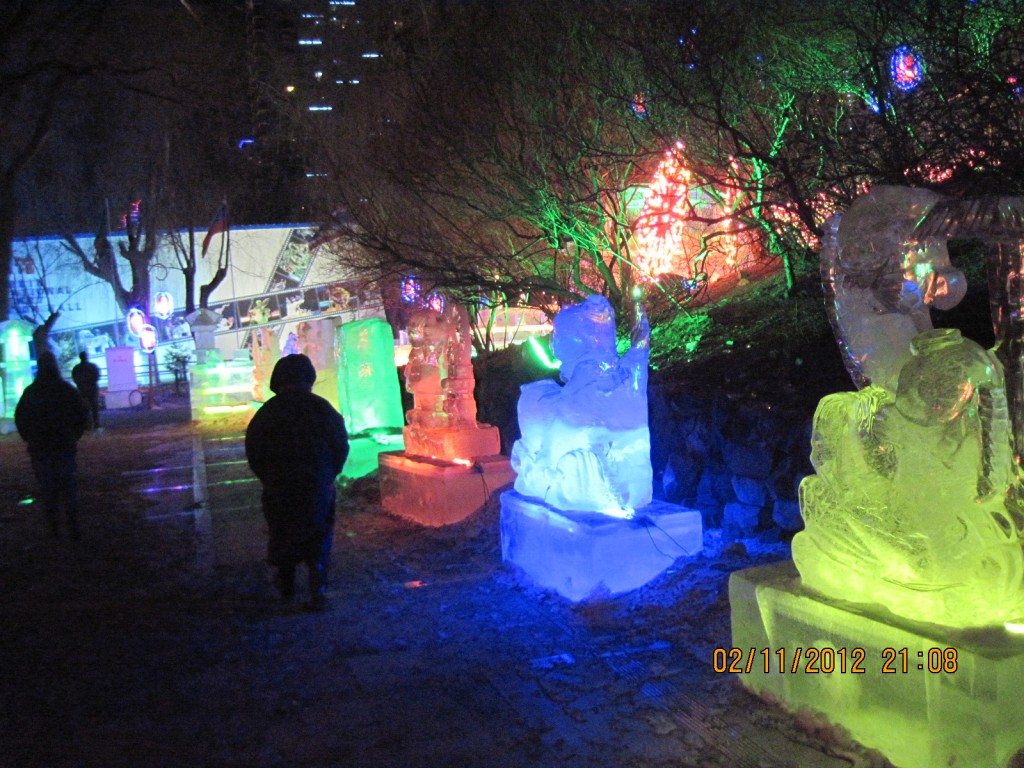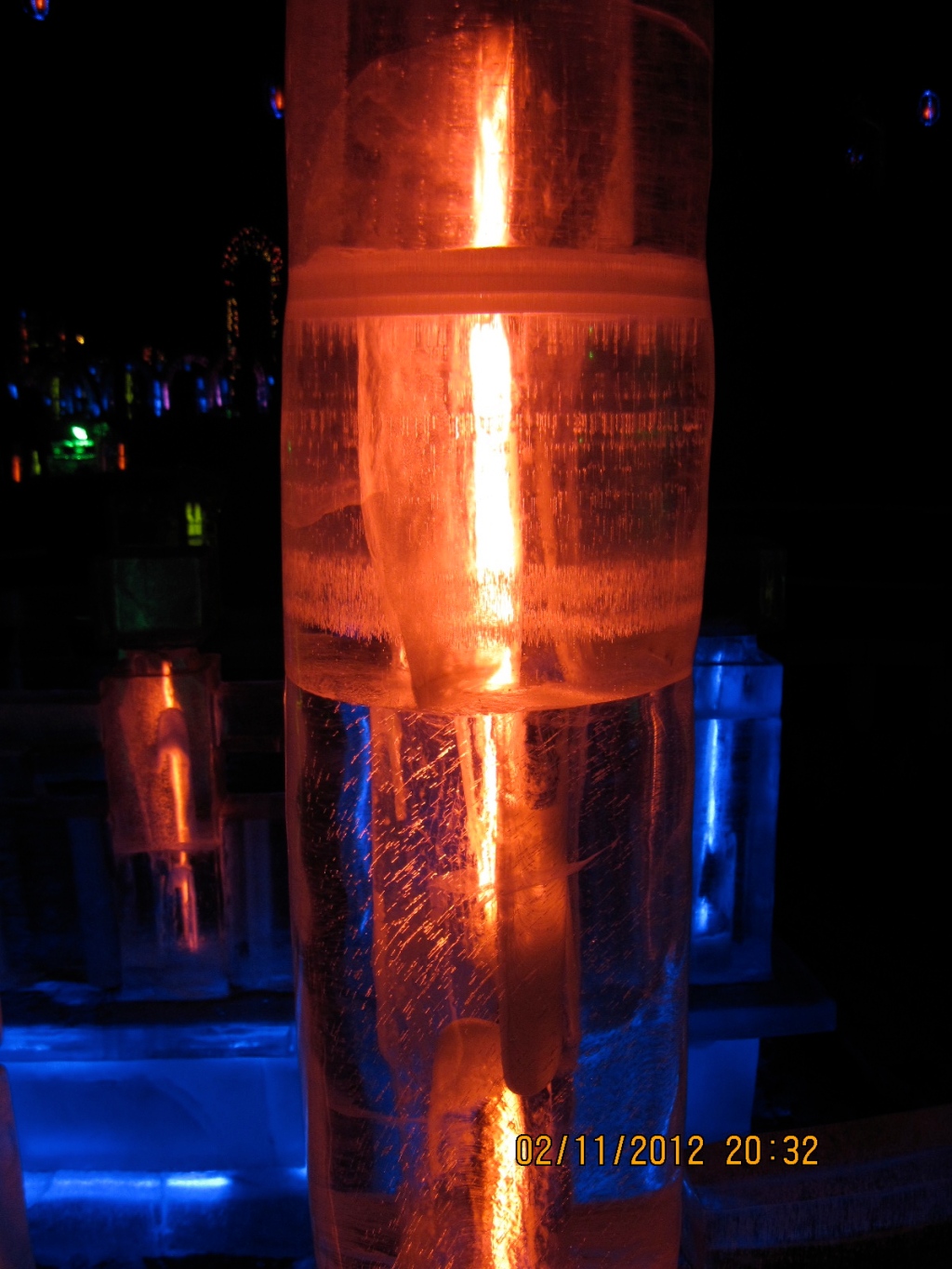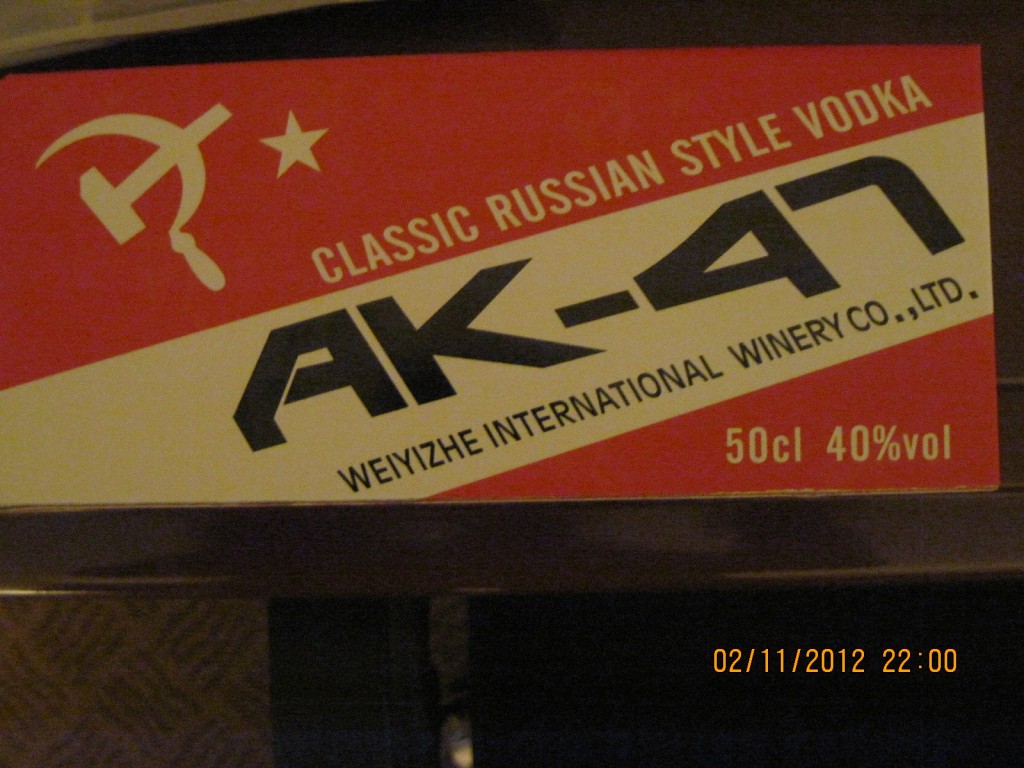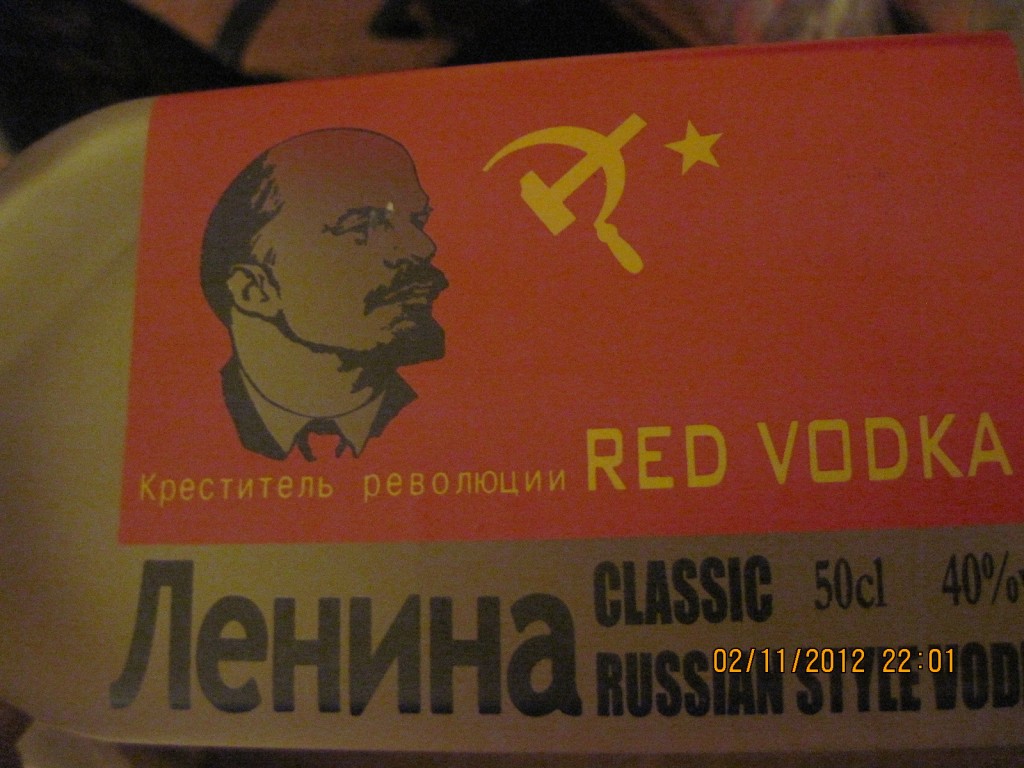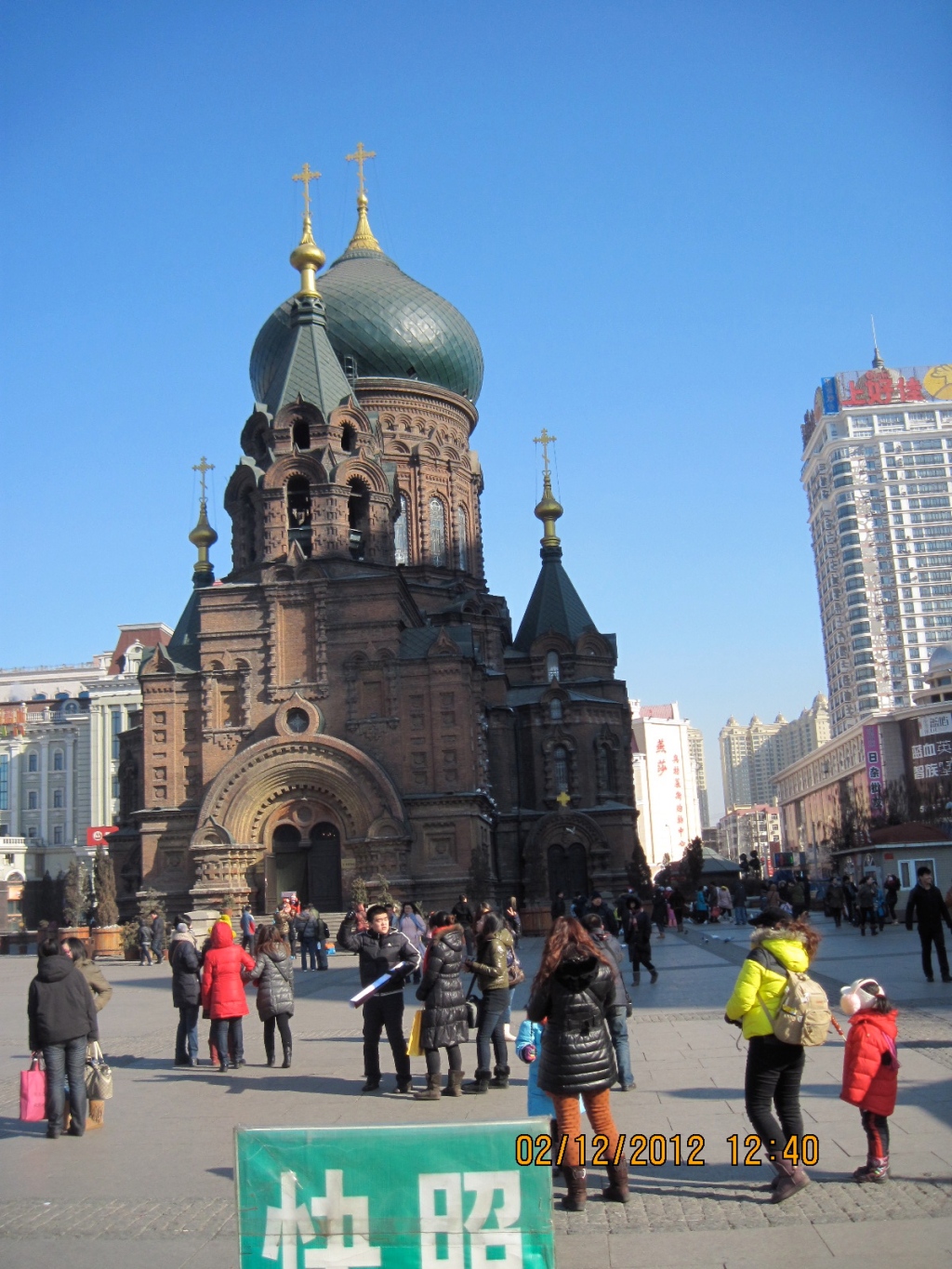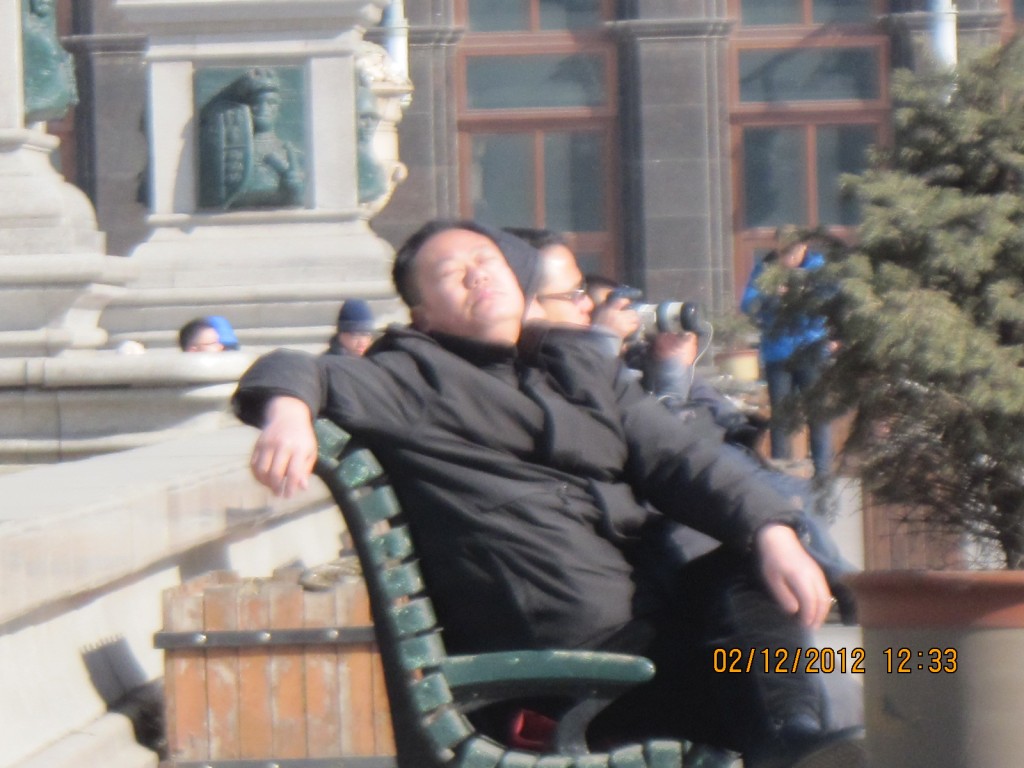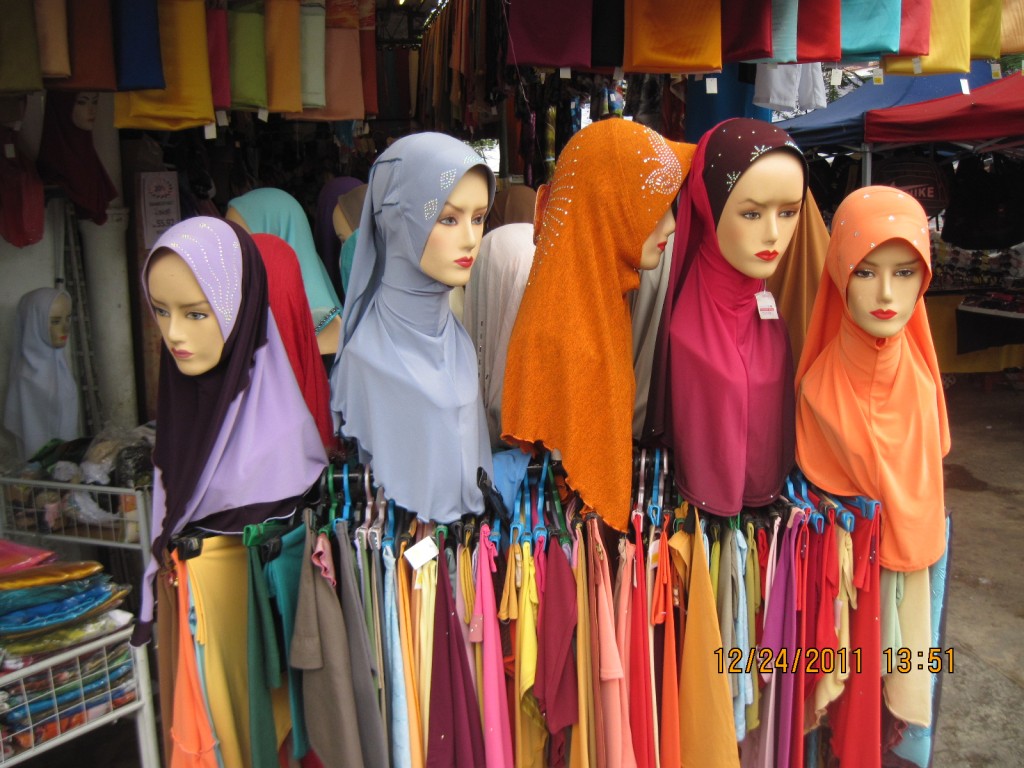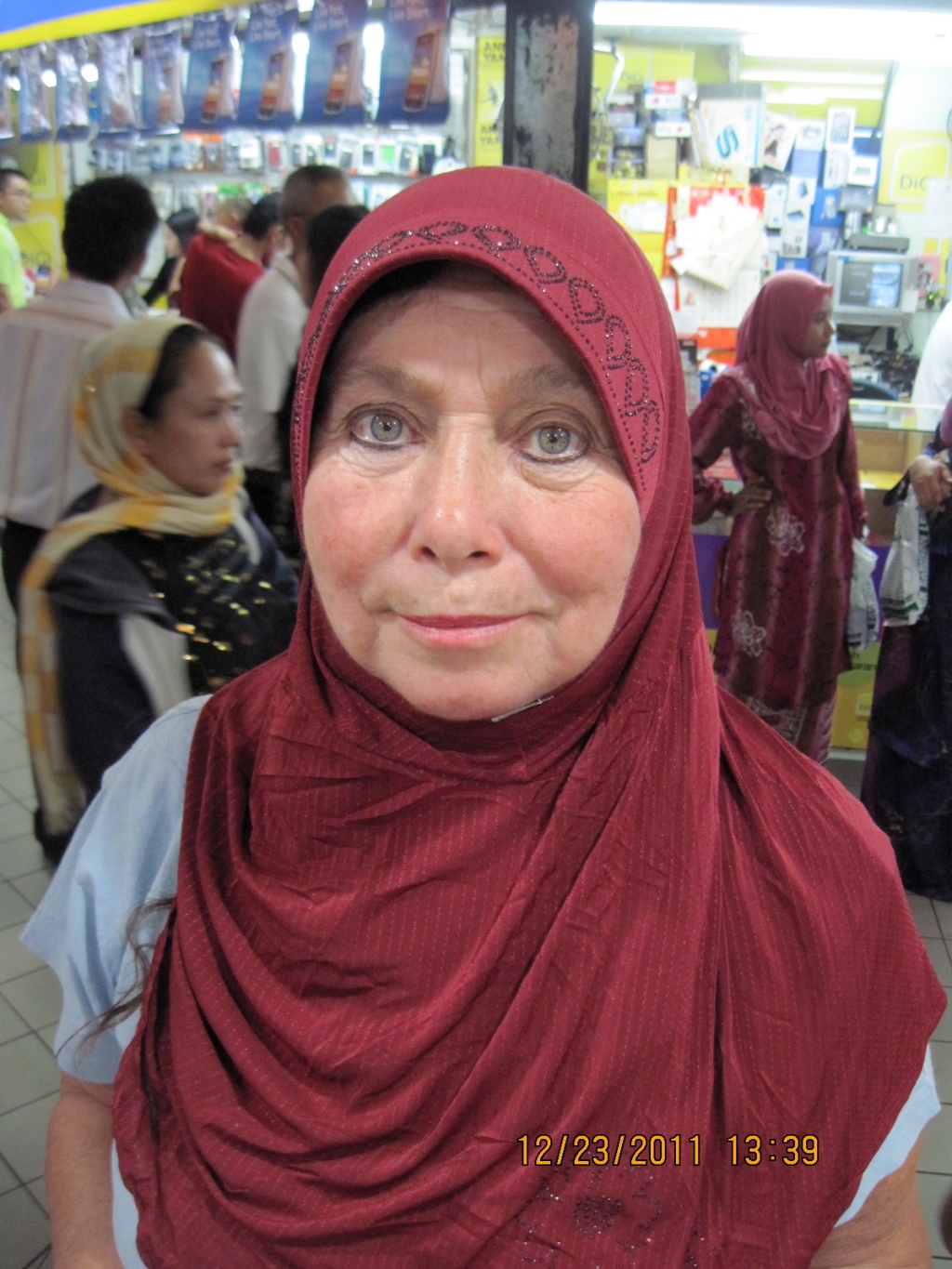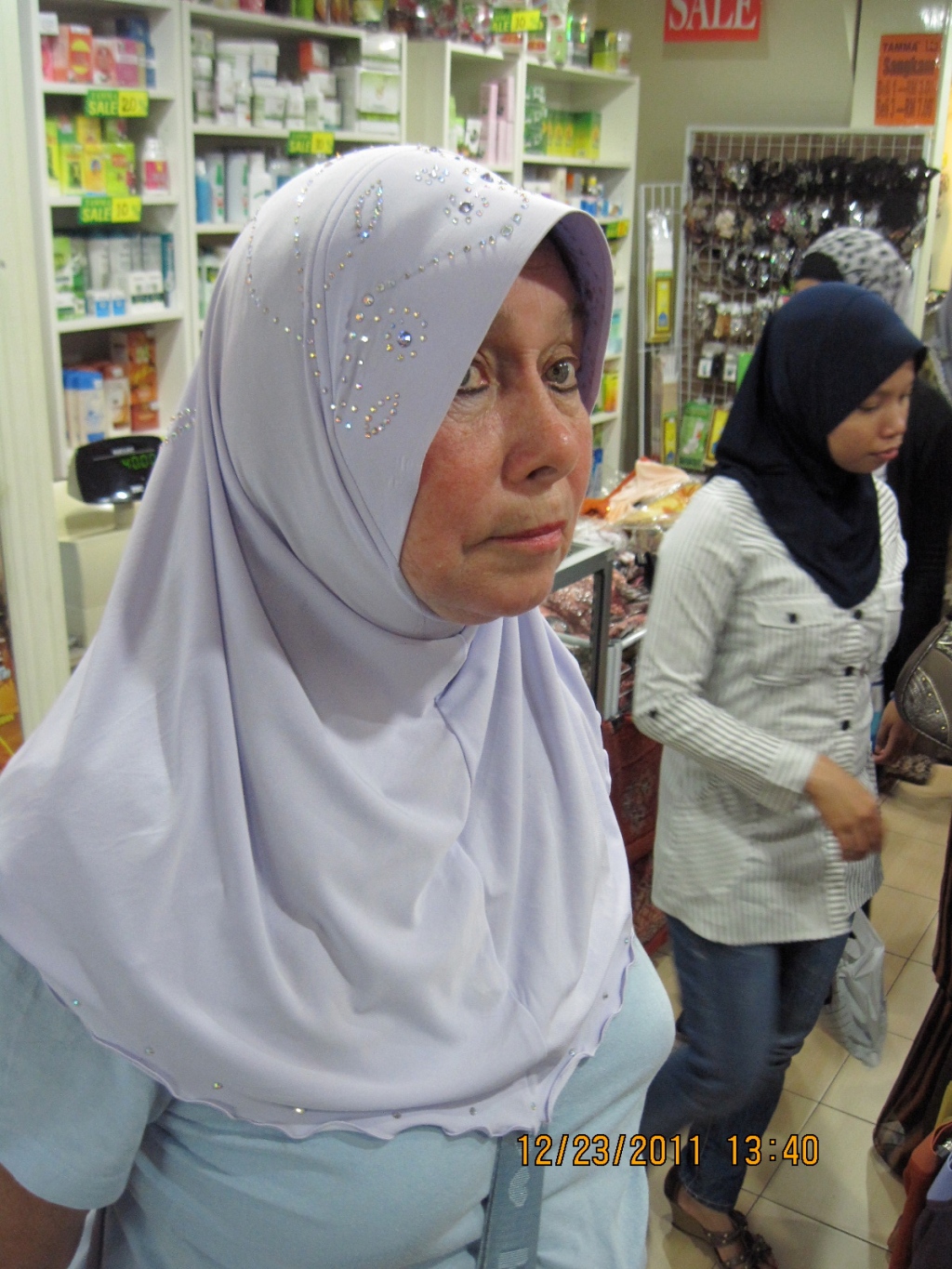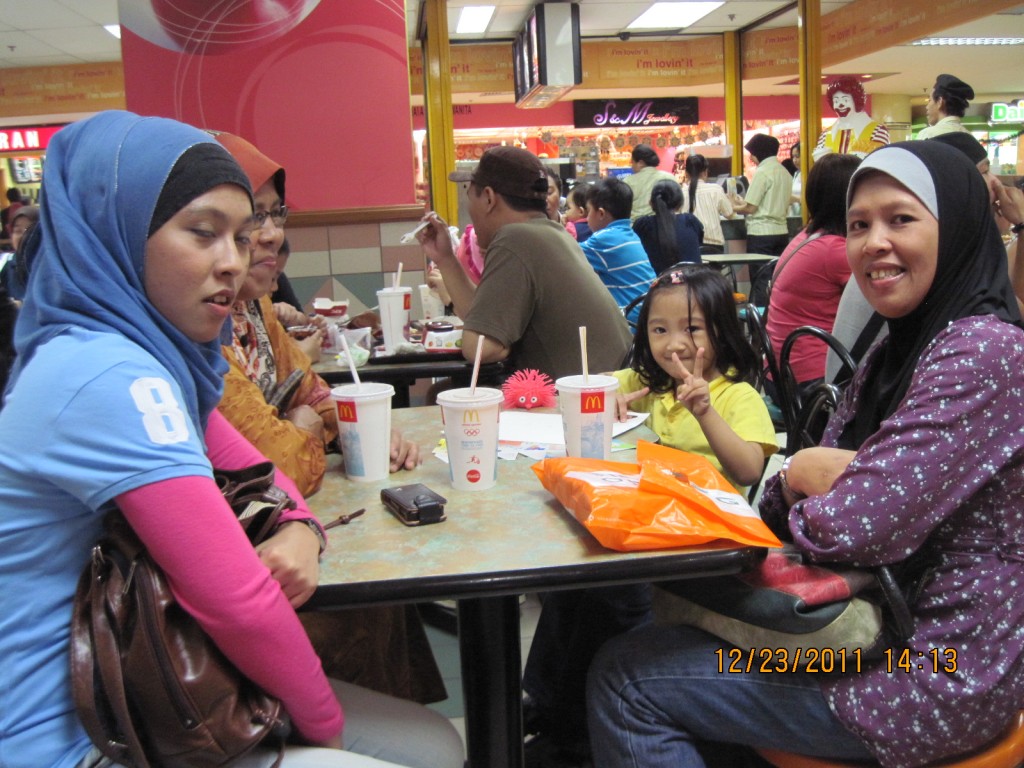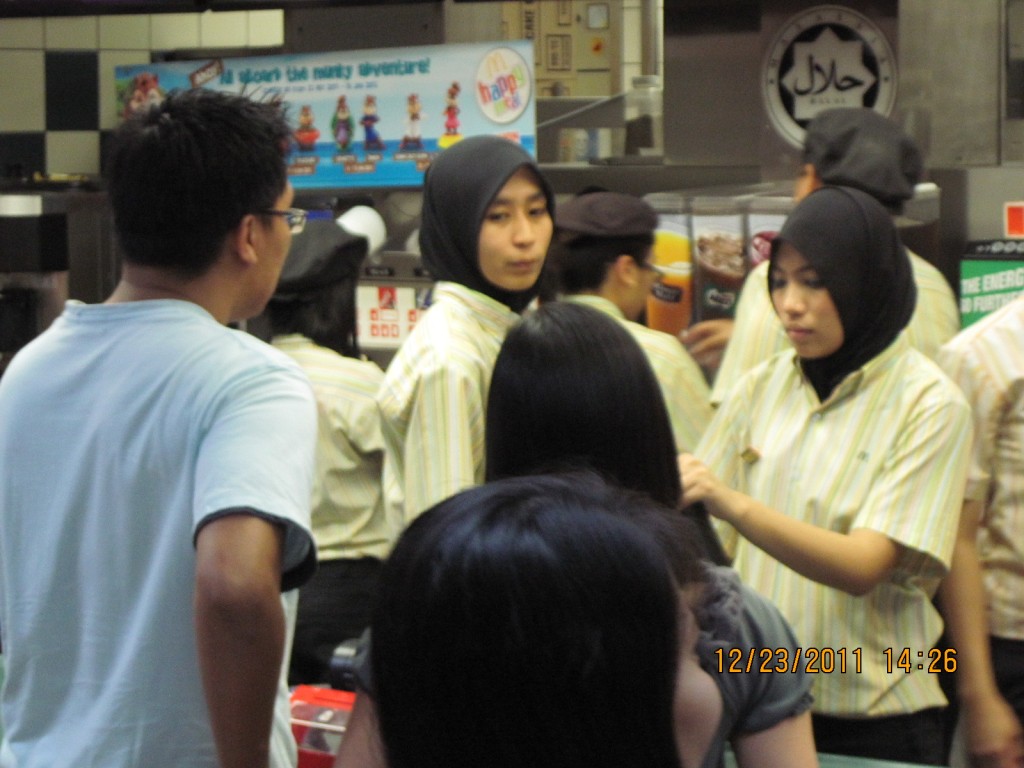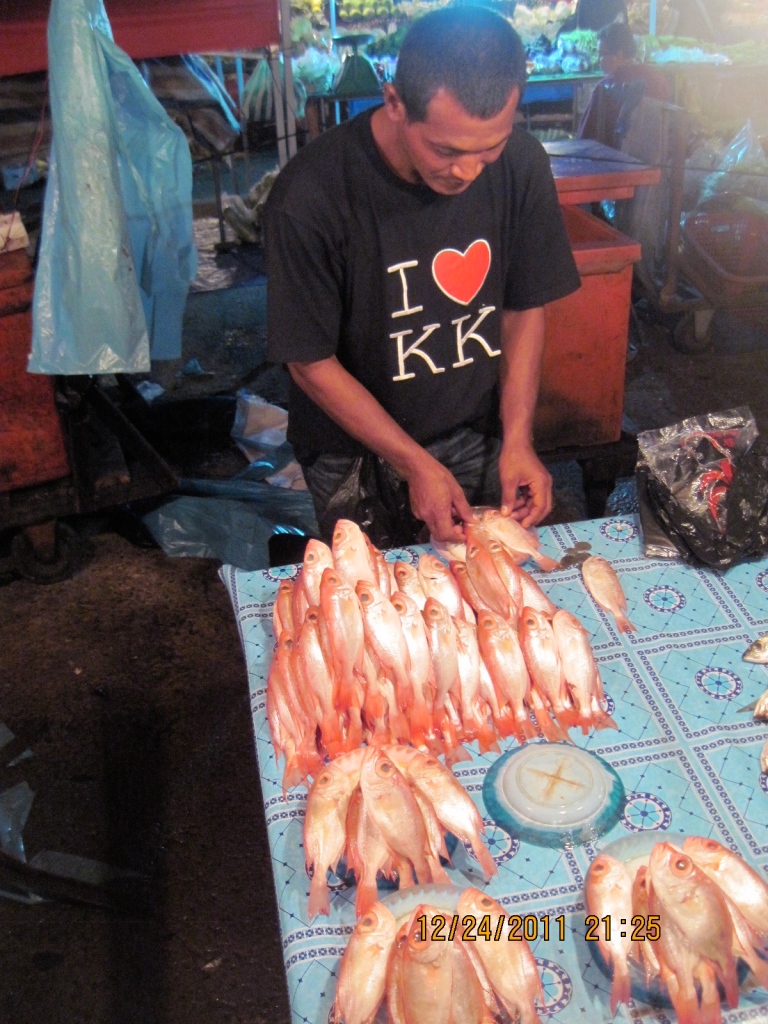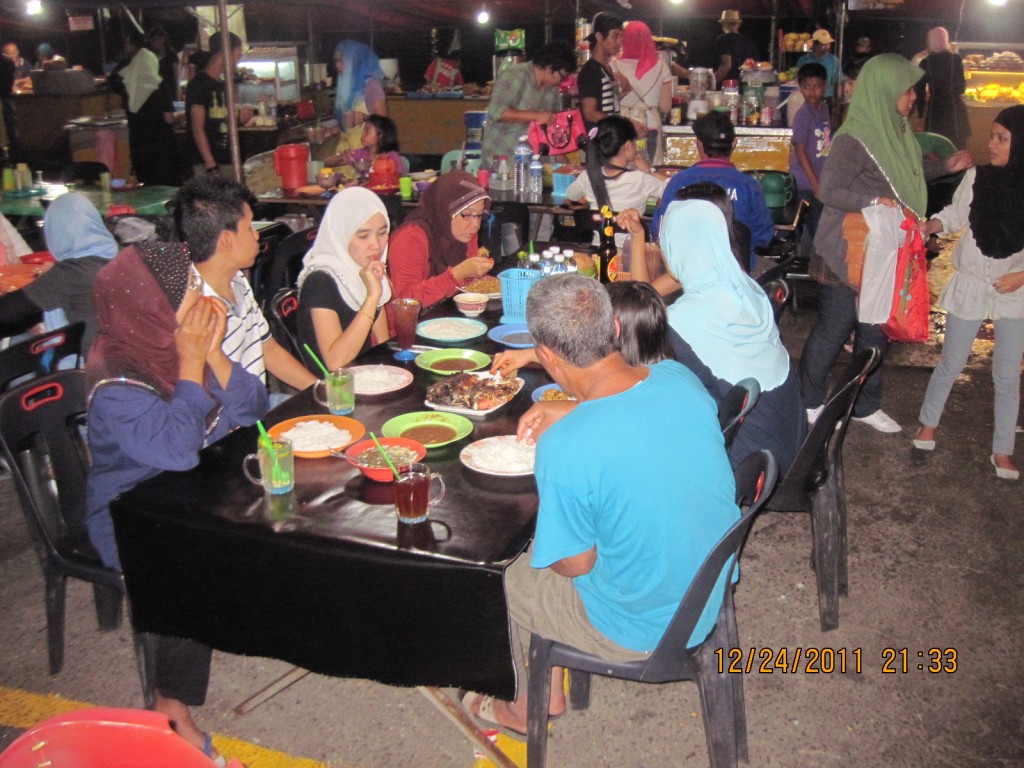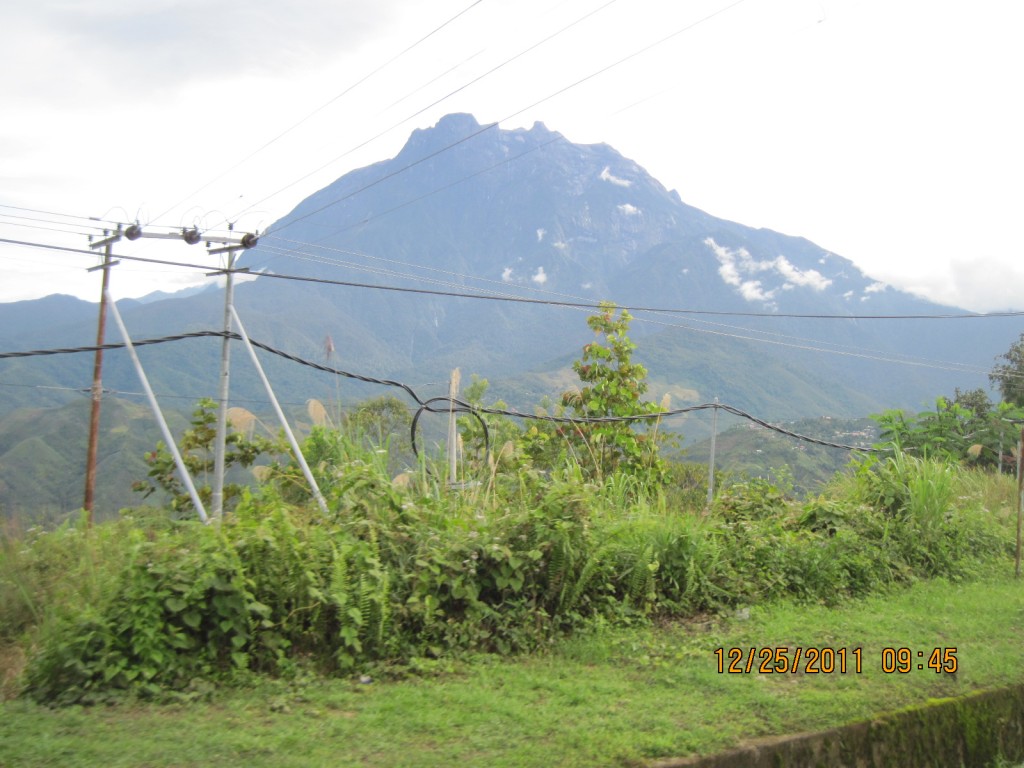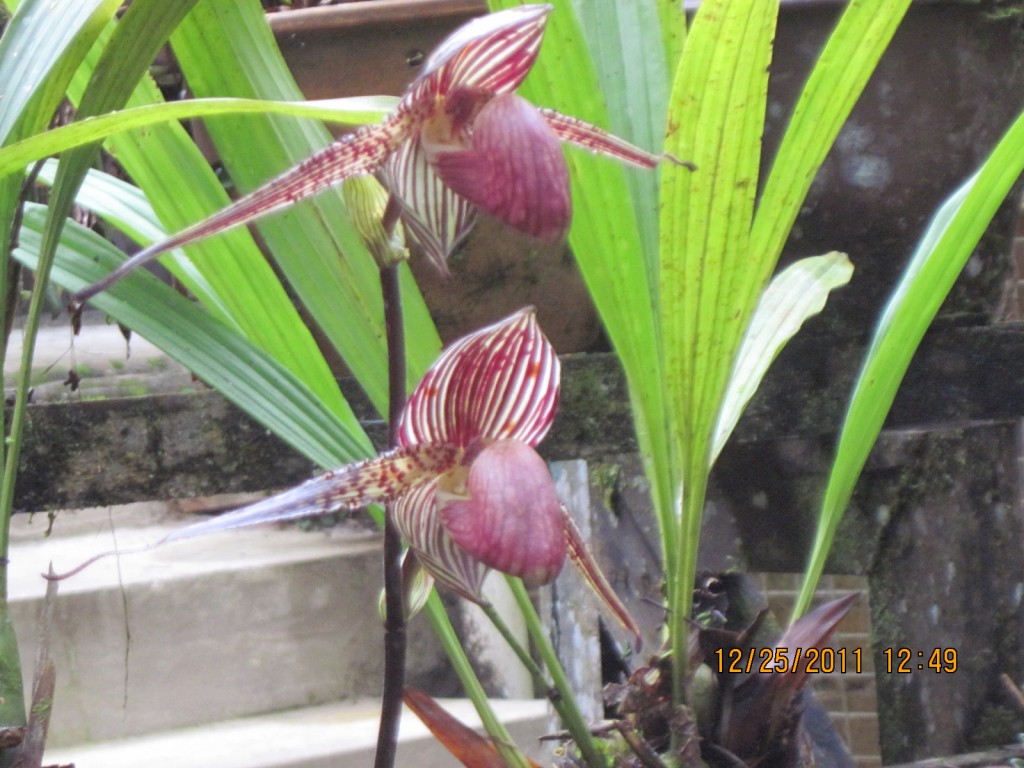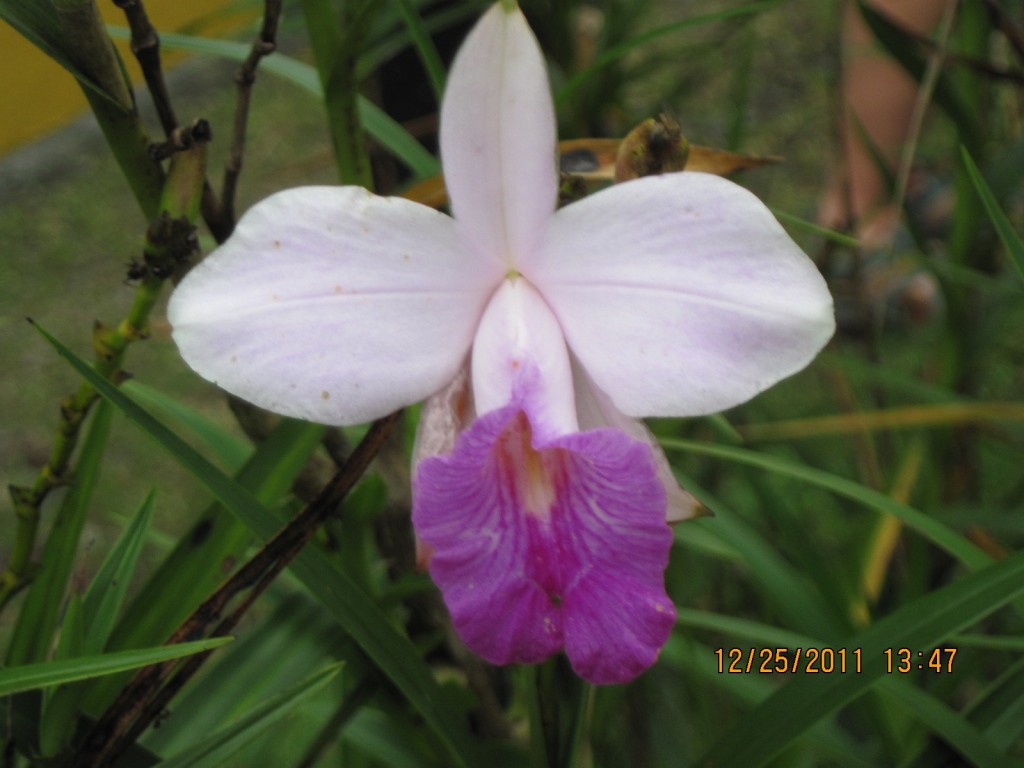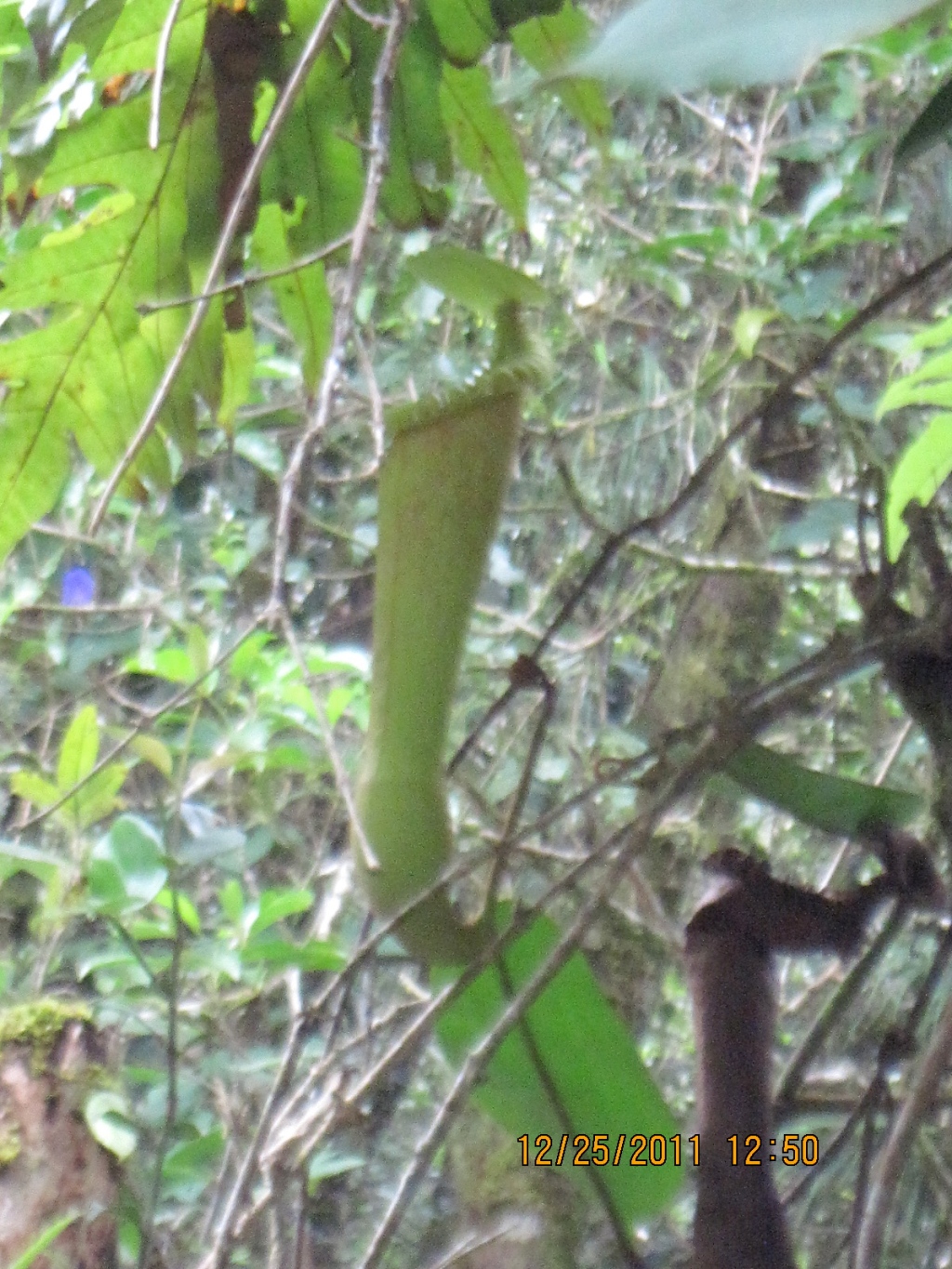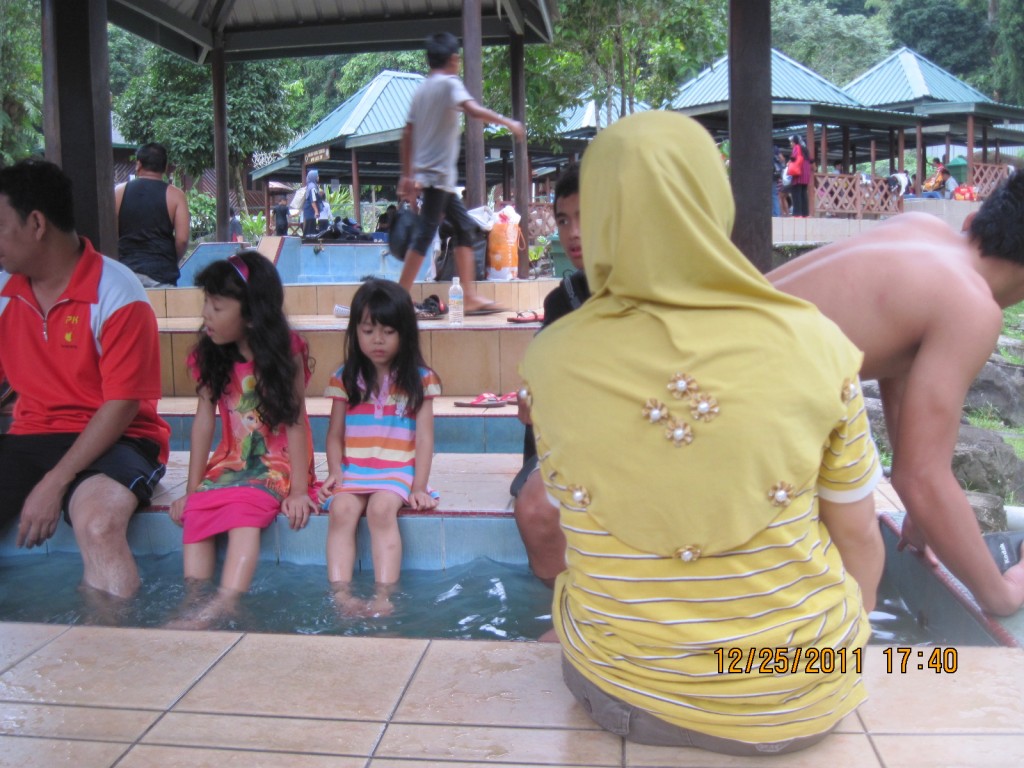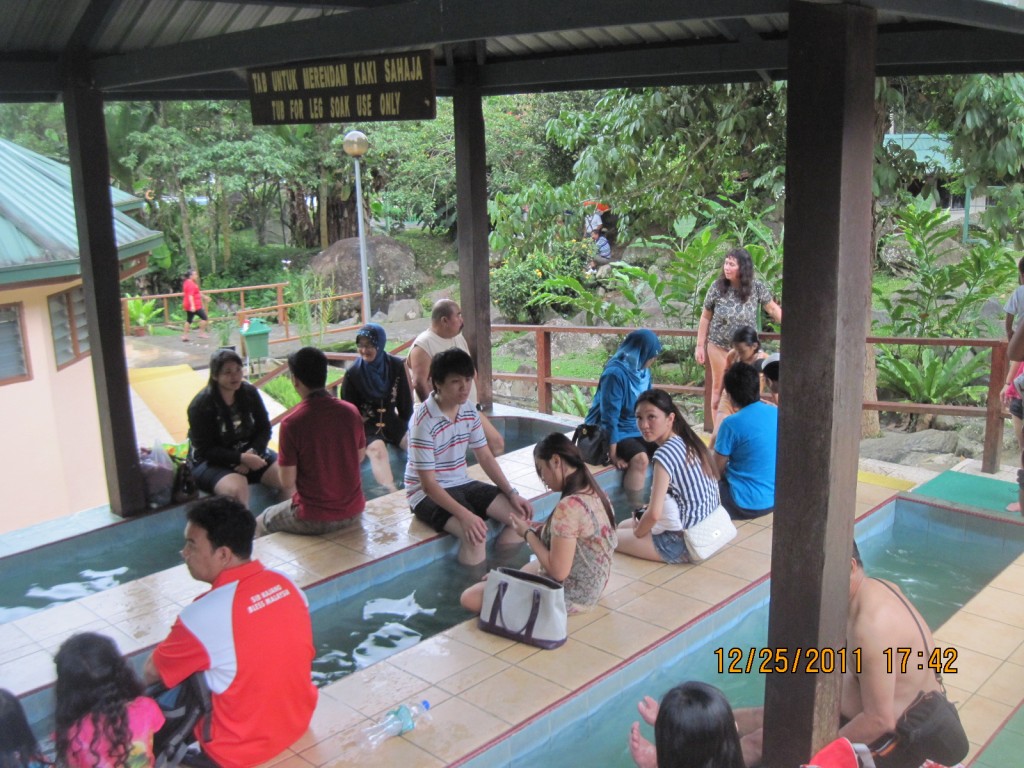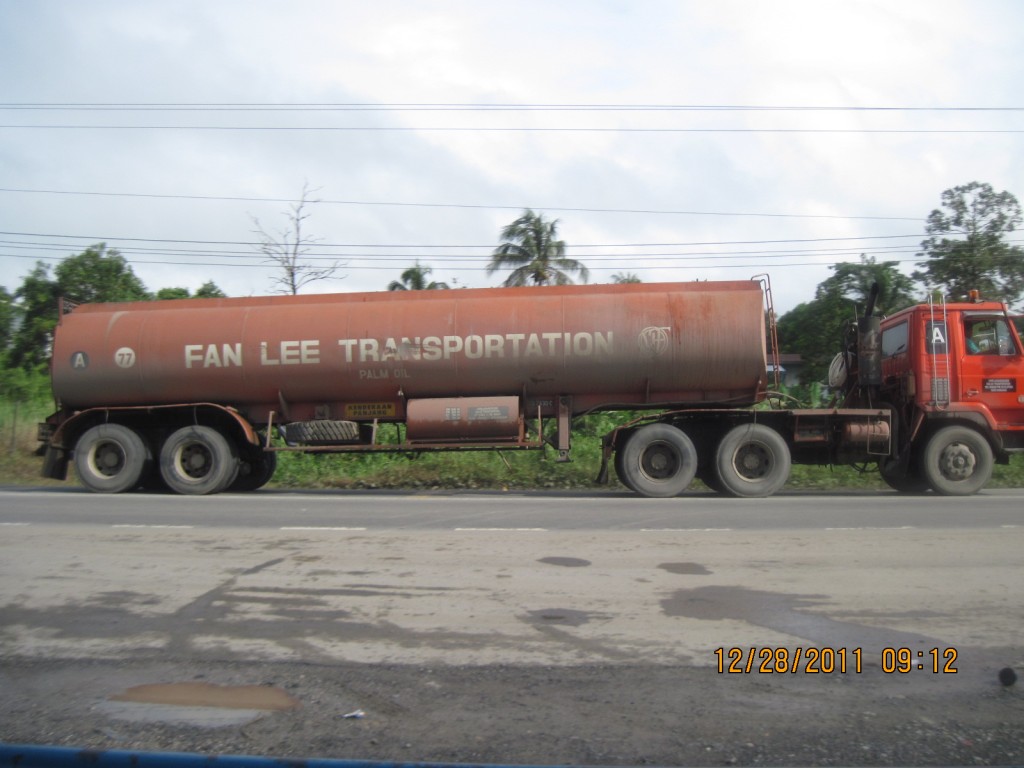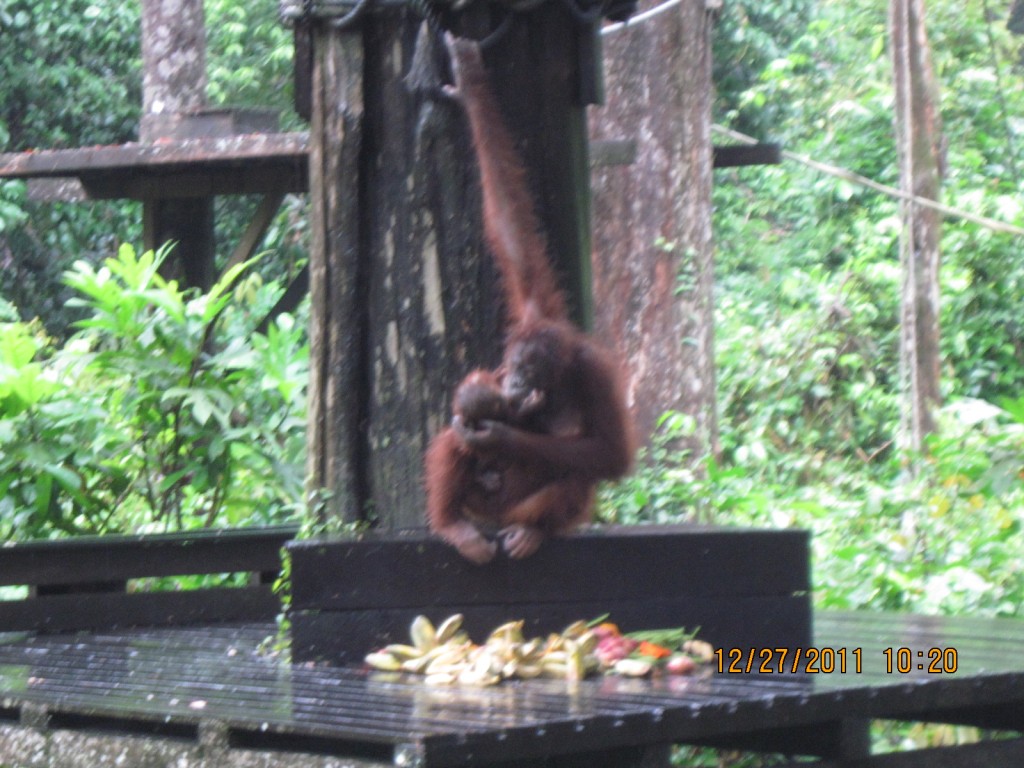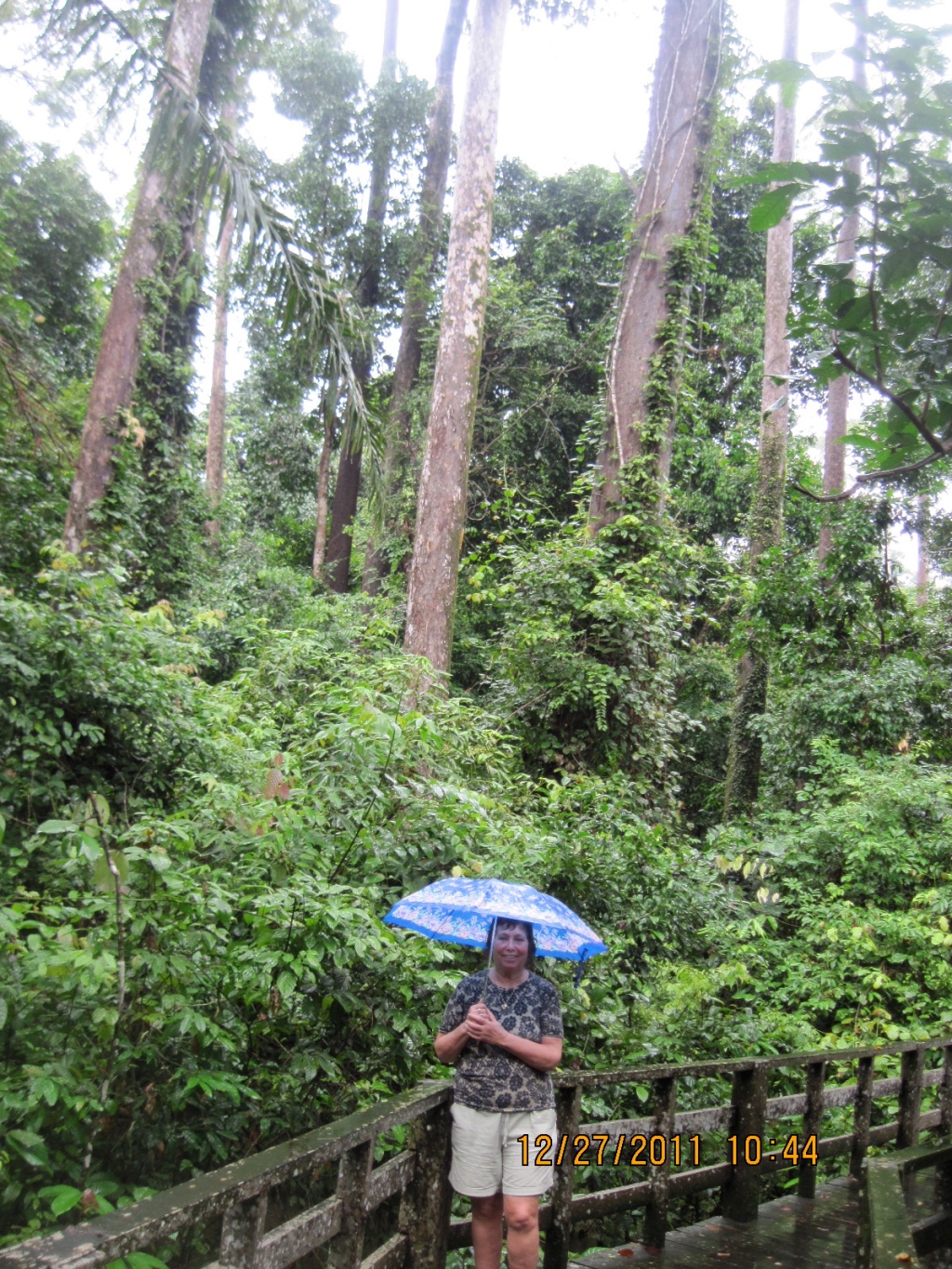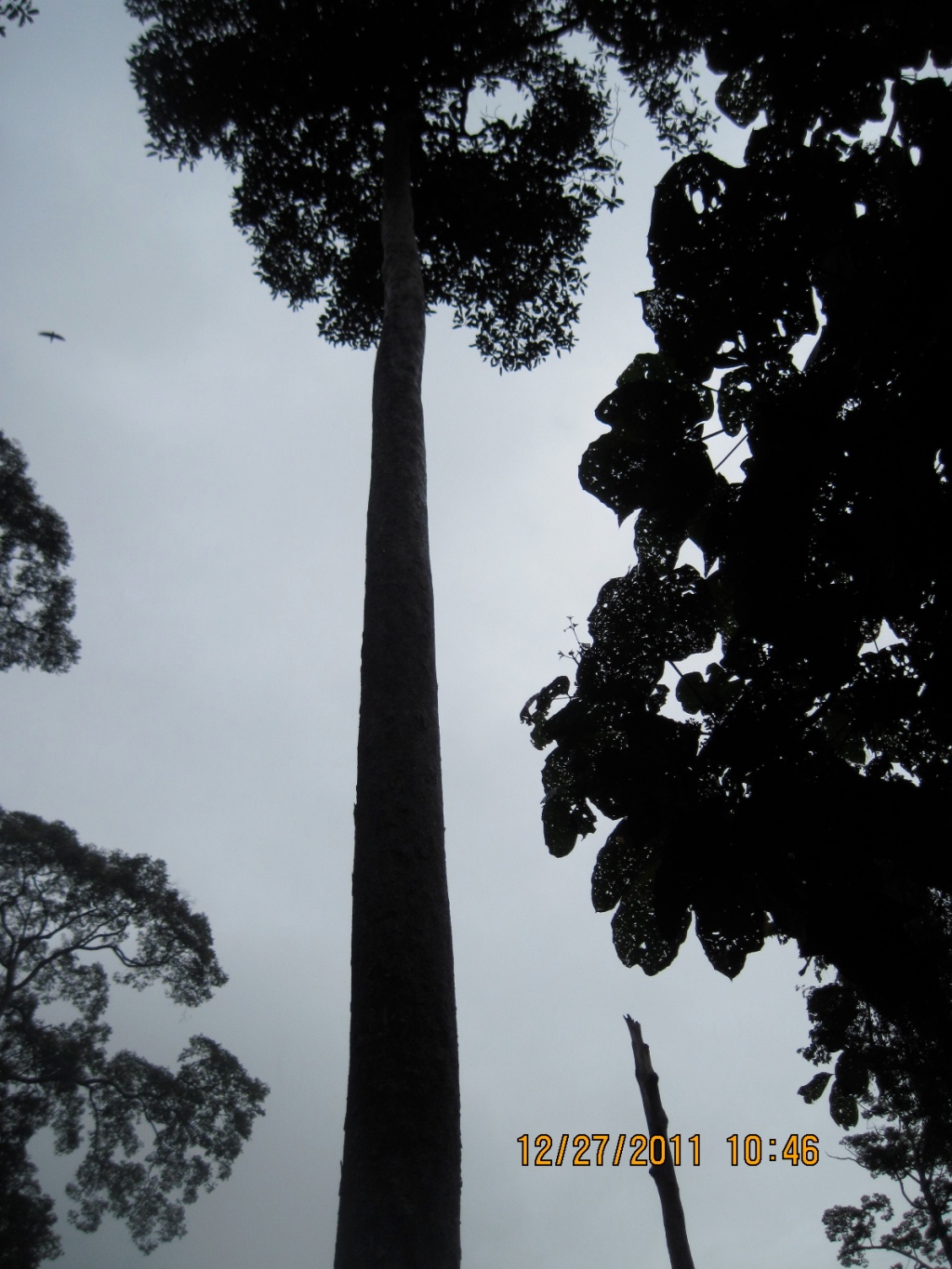Visit to Borneo, Malaysia
We just returned to China after 4+ weeks off…a result of combining Christmas and Chinese New Year holidays into one break…we even came back about a week early. Our time off took us to Malaysia, Indonesia, Singapore, and Thailand.

Island of Borneo (http://barelyawakeinfrogpajamas.files.wordpress.com/2008/08/map_borneo.jpg)
We started out with a week in Malaysia, visiting Borneo, the third largest island in the world, behind Greenland, and New Guinea (Australia doesn’t count…it’s a continent!). Part of Borneo is Malaysia, the states of Sarawak and Sabah; part is Indonesia, the state of Kalimantan; and the country of Brunei is also on Borneo. Borneo is where the “head-hunters” lived. We didn’t run into any… We flew into Kota Kinabalu, or KK, as it is called, the capital of Sabah, and our base for a few days.
The city itself is not impressive. It has over half a million people, lots of concrete, beautiful sea-side with turquoise water, and many beautiful islands offshore. Its history and placement meant that, as the city of Jesselton, it was destroyed not once, but twice during WWII, by the US, as the Japanese used Borneo in its “island-hopping” plan of conquering Pacific Asia. It was rebuilt after the war and renamed Kota Kinabalu in 1963.
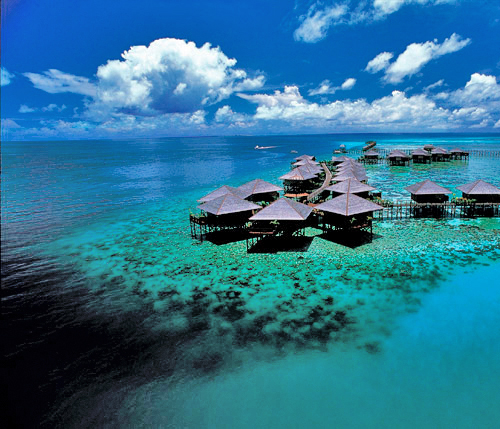
Near Kota Kinabalu (https://millayt.files.wordpress.com/2012/01/sipadan2.jpg?w=300)
Many of the islands near KK, have villages on stilts, beautiful snorkeling, and wonderful fresh fish. Much of Borneo is a rain-forest, and we experienced this rain, so we did not visit the outlying islands, but did other things.
Borneo, Malaysia is mostly Muslim (63% Wikipedia), followed by Christianity (25% Wikipedia). Borneo is a mostly a mix of ethnic Malays, Chinese, and Filipinos. We saw many women covered with Muslim head-coverings called “tudungs,” or “covers.” They seemed to be on sale everywhere.
We saw many women wearing these “tudungs”.
They even have them for women workers at McDonald’s.
One of the great features of Malaysia is the food. We went to the Night Market in KK and ate wonderful large fish. You could have your choice of tuna, red snapper, giant shrimp, lobster,…all fresh!
We left KK and took a van to Mount Kinabalu National Park. The main attraction is Mount Kinabalu. It is 4095m tall. We did not go to climb it, just to see it. To climb it you have to have a permit and it’s a two-day climb, part of which is during the night, so you can see the sun rise from the peak. We opted to just seeing it on the way there…as the rainy season kicked in again.
When we got there, the mountain was in clouds already. We took a nature walk with a ranger for about an hour and learned about the plants in the lower rainforest, such as orchids and pitcher plants. Then the rain started.

Mount Kinabalu on a clear day (http://www.adventure.com.au/dynamicdata/data/Member%20Adventures/Mt%20Kinabalu_1.jpg)
We caught another van and continued our trip, heading for Poring Hot Springs. The hot springs were set up by the Japanese during their occupation during WWII, and is one positive thing left behind by them. They are located near the town of Ranau. We went on Christmas, also the weekend, so the place was busy. We noticed the women were covered here also.
The next day we caught a local long-distance bus and headed towards Sandakan, on the east coast of Borneo. We did not have tickets, so we sat on the floor of the bus, as it was full with locals. Barbara did get a seat, as a grandmother held her grandson in her lap, so Barbara could have a seat. The road we were on is the only main road from west to east. Because of all the rain and big trucks, the roads are in rough shape. We traveled from KK to Sandakan and the time it took was long, over 6 hours, to go about about 150 miles as the crow flies… the road twists and turns up through the hills, and has much traffic as it’s the only road.
Malaysia is a rapidly developing country because it has oil, so there is much money pouring in. It also produces palm oil on palm oil plantations, which is used for cosmetics, cooking, and more recently “bio-diesel.” We saw many big oil trucks, that were carrying palm oil. The palm oil plantations are controversial, as you can see, because they cause deforestation of the rainforest.

palm oil plantation (http://media.treehugger.com/assets/images/2011/10/20090217-oil-palm-plantation.jpg)

Palm Oil Seeds (http://www.palmplantations.com.au/oilpalmseeds/535kgoilpalm.jpg)

palm oil plantation with fruit (http://www.freemalaysiatoday.com/wp-content/uploads/2011/02/kelapa-sawit.jpg)

palm oil mill (http://www.bicycletouringmalaysia.com/images/IMG_0281.JPG)
We heard that the Chinese who live in Malaysia are the businessmen. The palm oil truck with Fang Lee on the side supports this idea.
We arrived in the town of Sepilok, the home of the Sepilok Orang-Utan Rehabilitation Centre, one of four orangutan sanctuaries in the world. We experienced rain most of the time we were there, and we kept saying, “Well, it is a rainforest…!”. We were able to see a mother orangutan and baby at the feeding table but were not able to get a good picture as it was too gray and rainy. We have included the best picture we took and got some from their website.

orangutan and baby (http://www.malaysiasite.nl/images/orangutan1.gif)

coming down the line at feeding time (http://www.exploring-malaysia.com/pics/orang-utan.jpg)
The “wild man of Borneo” is actually the orangutan. The natives did not hunt the orangutan, and they would collect any orangutan skulls they found in the jungle and worship them, just as they did with their enemies’ skulls (Lonely Planet). Orangutans are beautiful animals. Sadly though, their habitats are being destroyed for things like palm oil, coal mining, etc. so there are only about 15,000 left in the wild (Lonely Planet). Borneo has other interesting primates like the proboscis monkey, but we didn’t have time to see them.
Borneo, Malaysia was a very interesting place…again we learned so much… about the place and the people…traveling does that!
Next: Singapore

